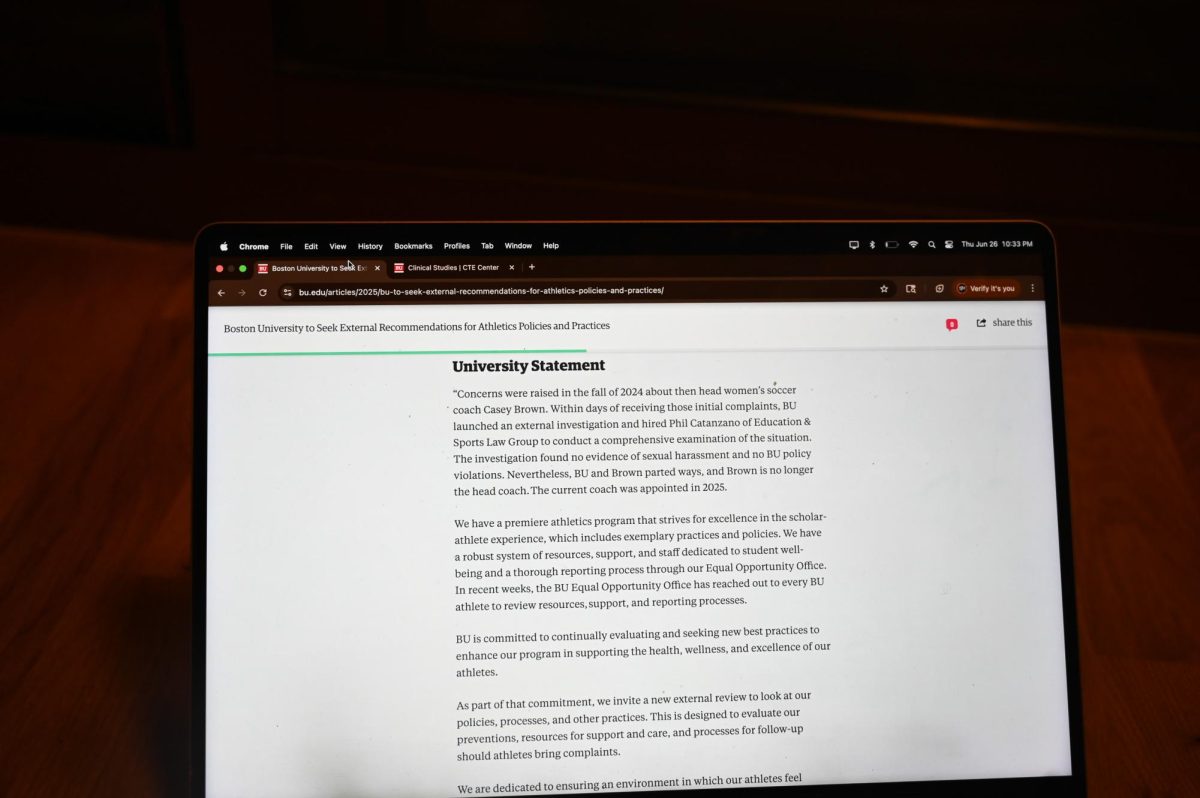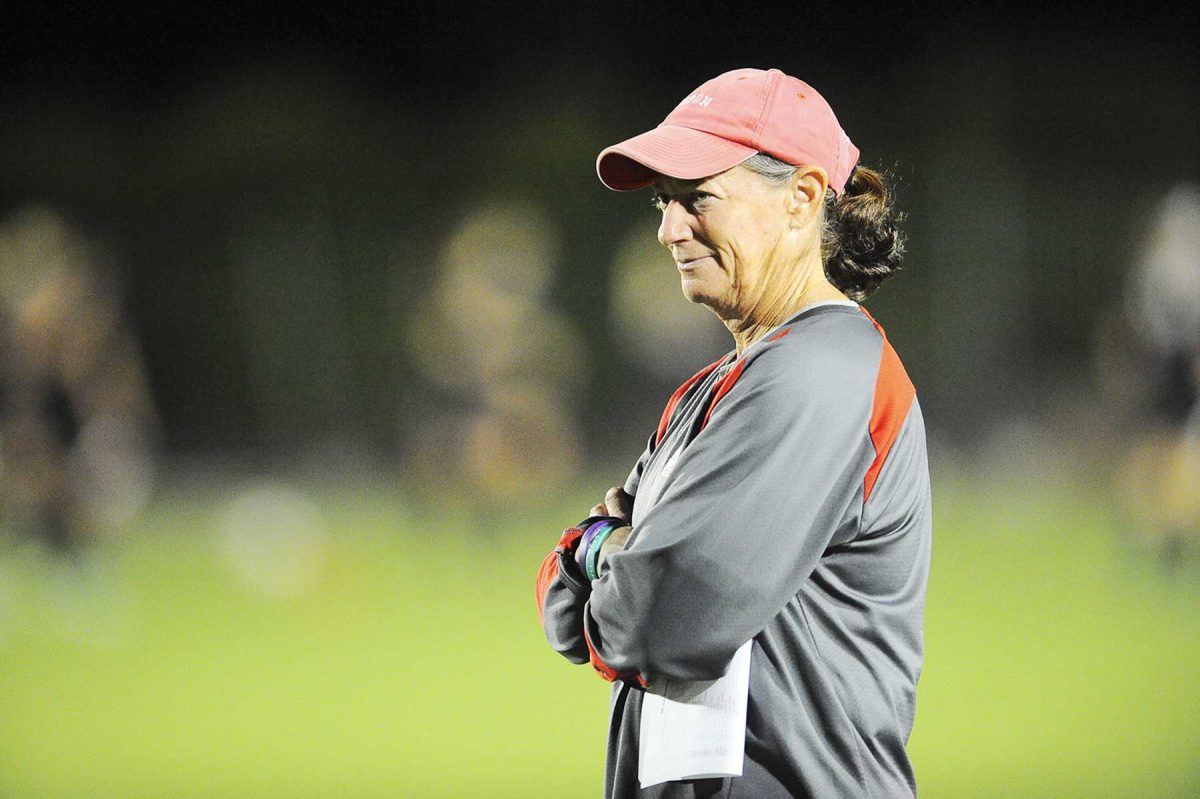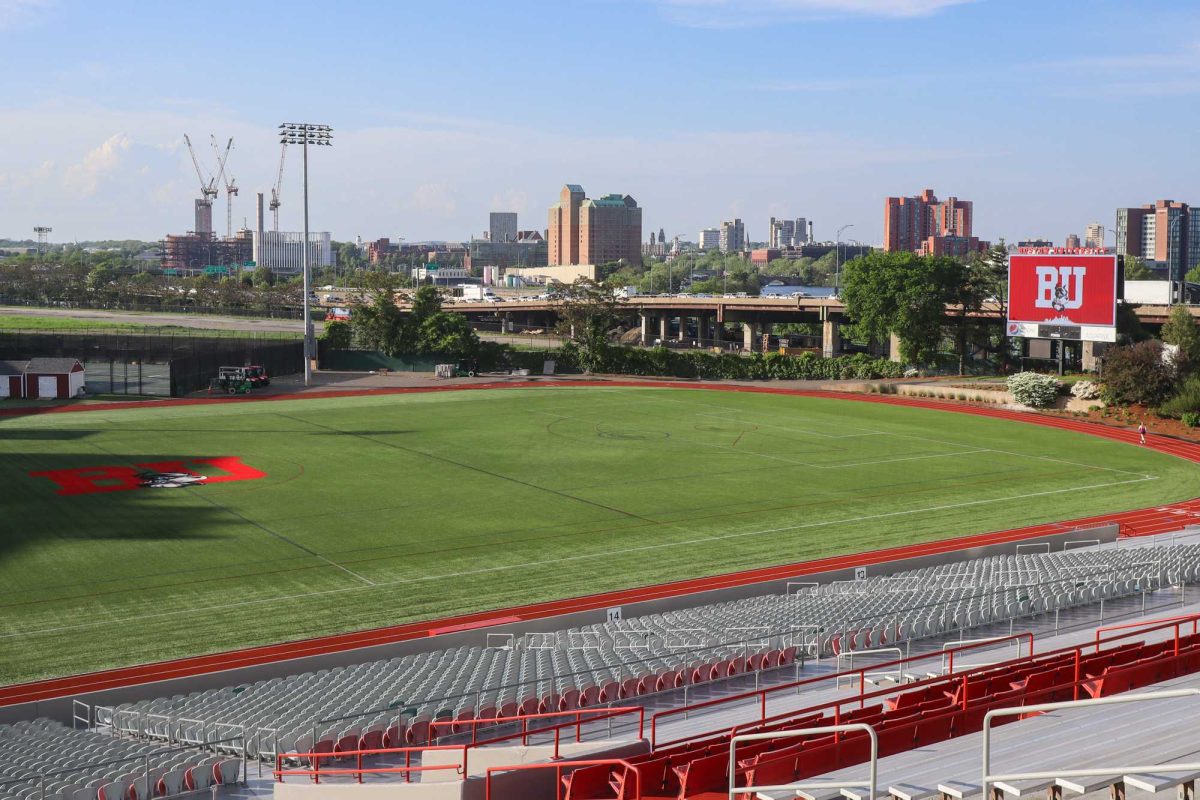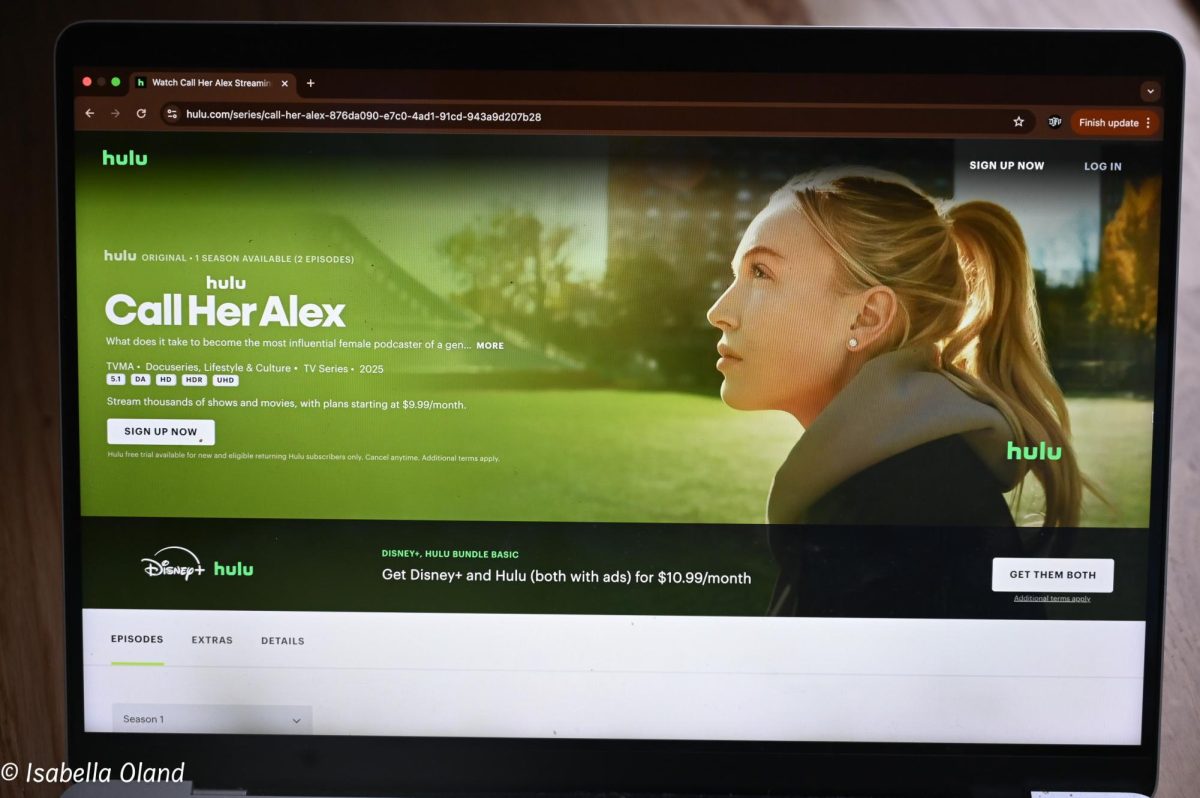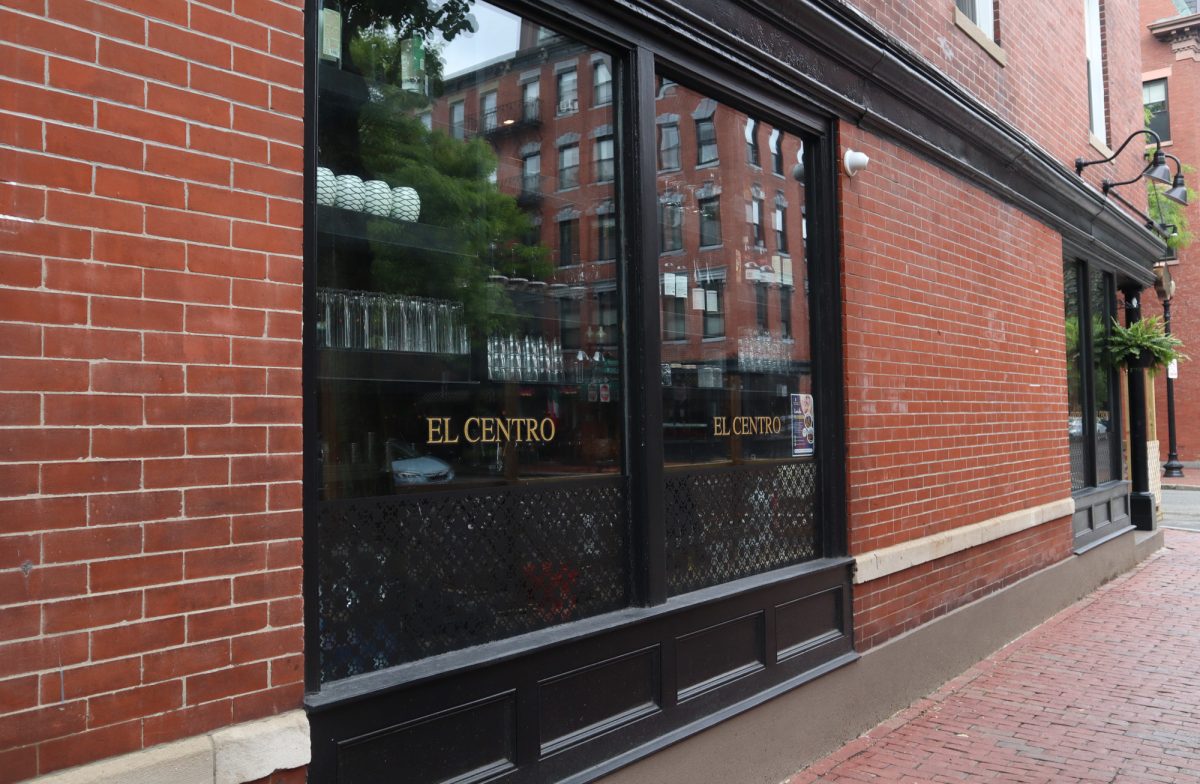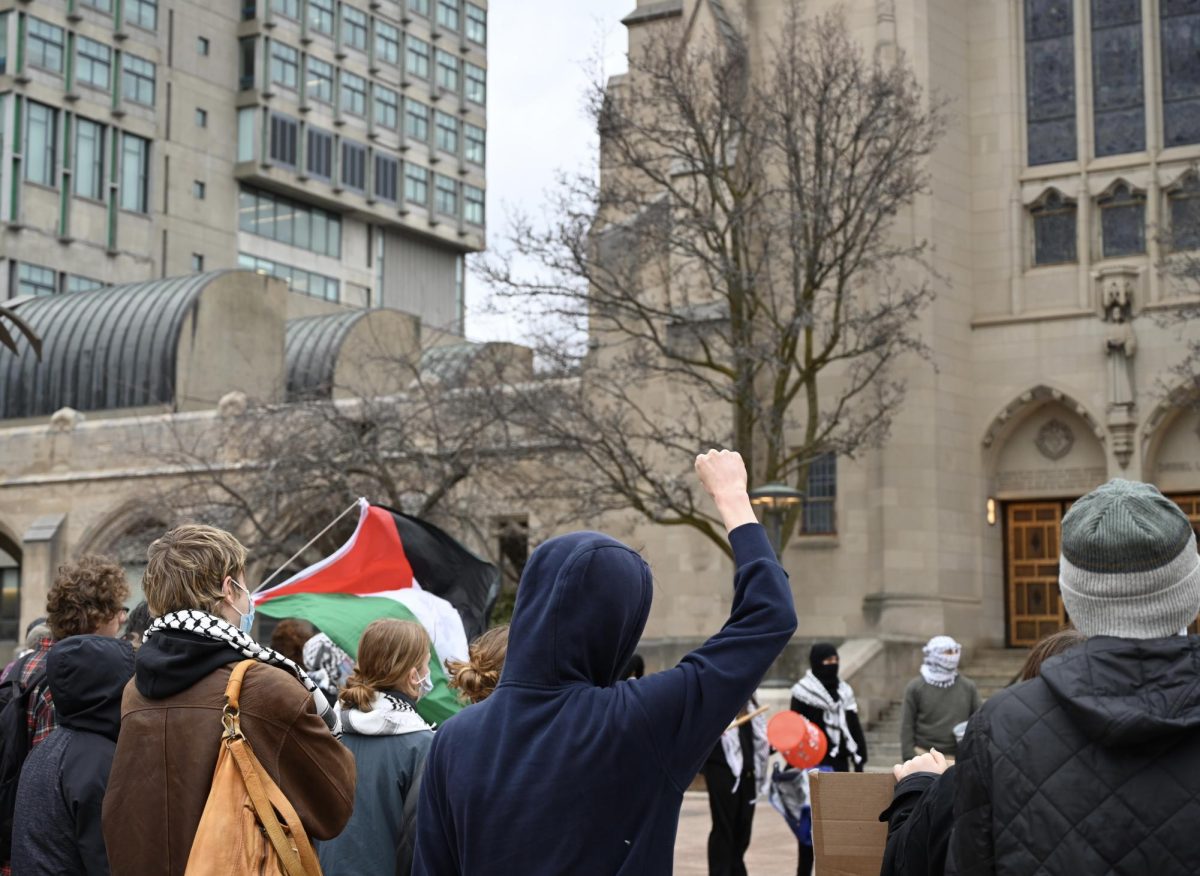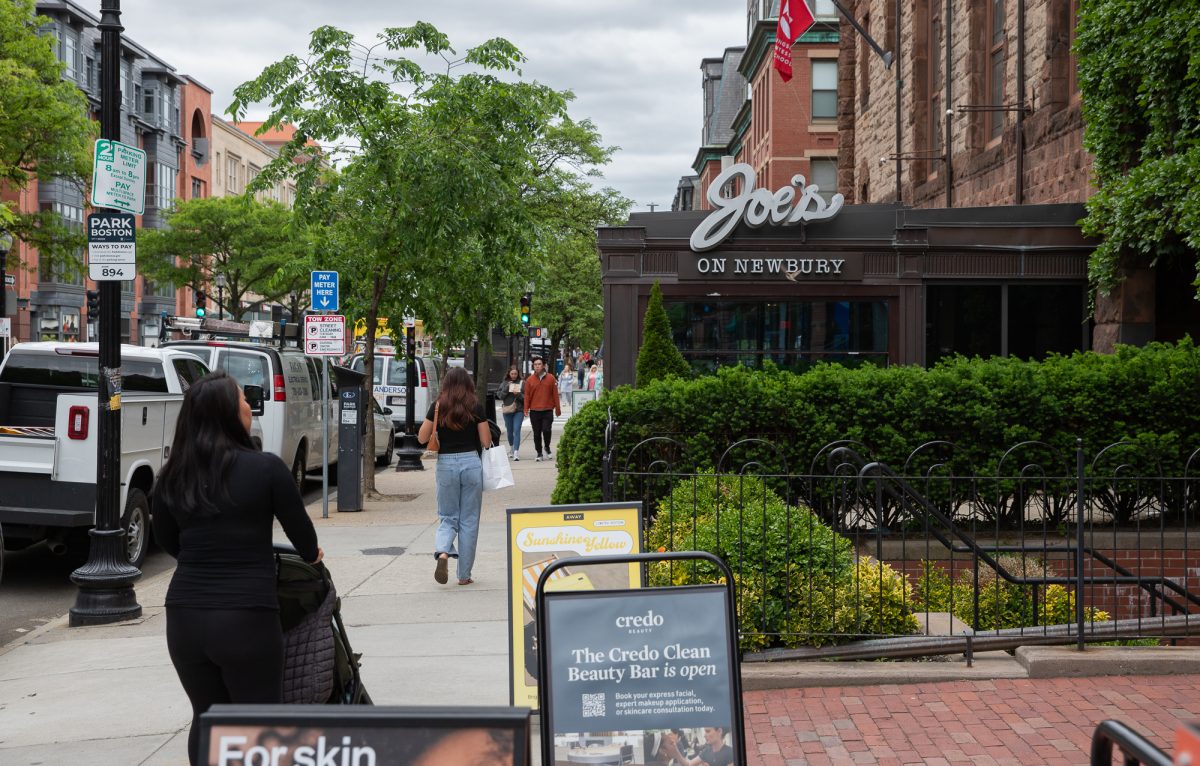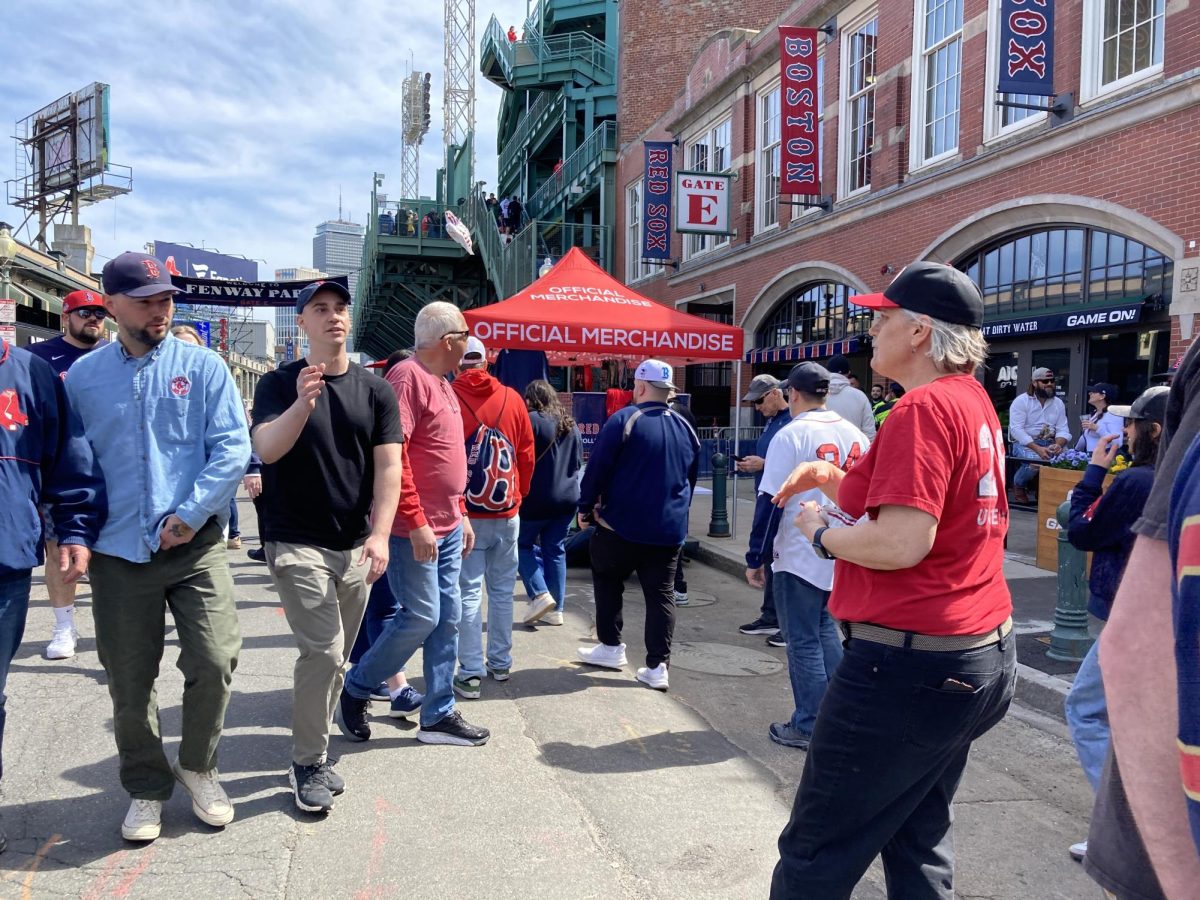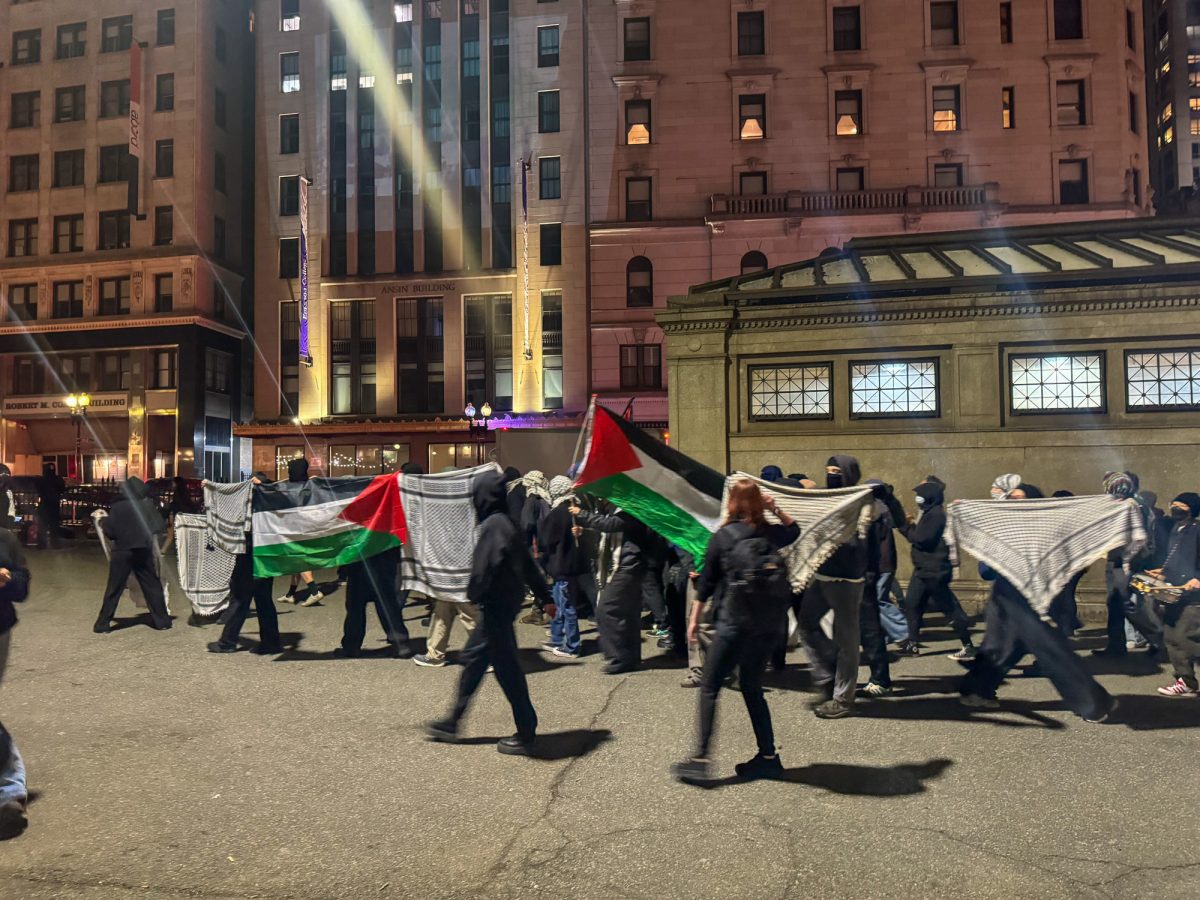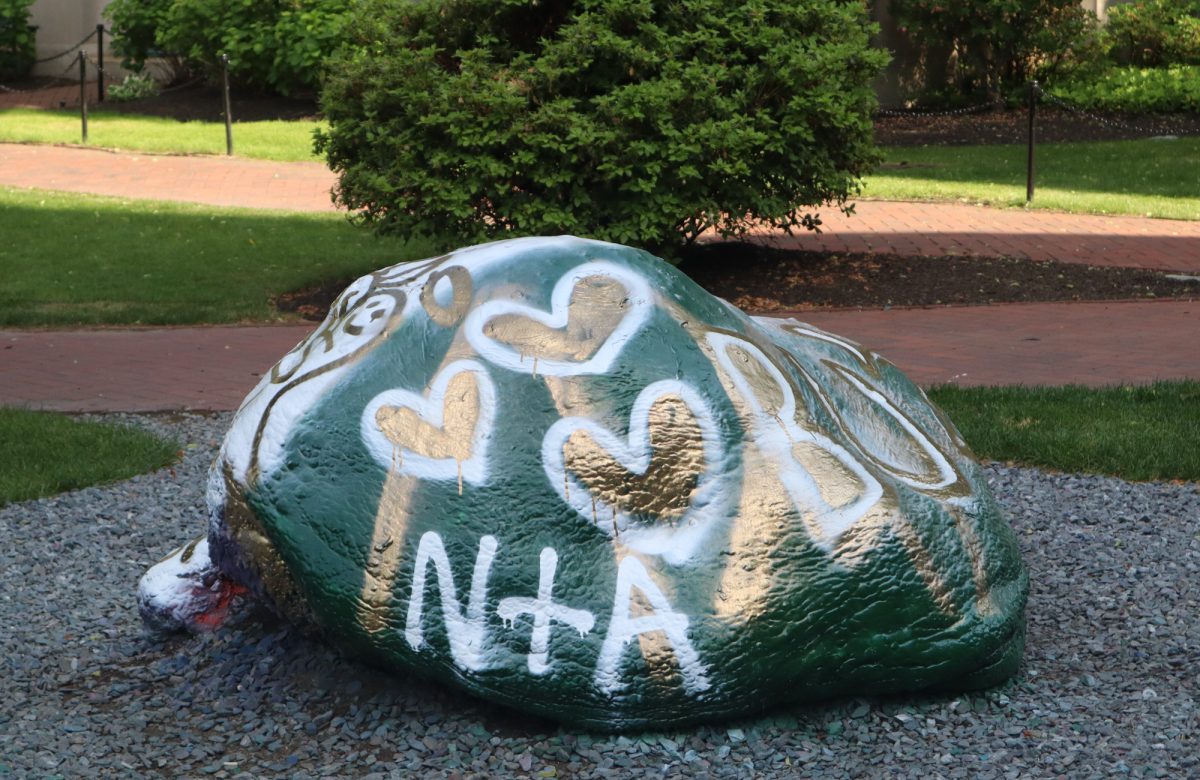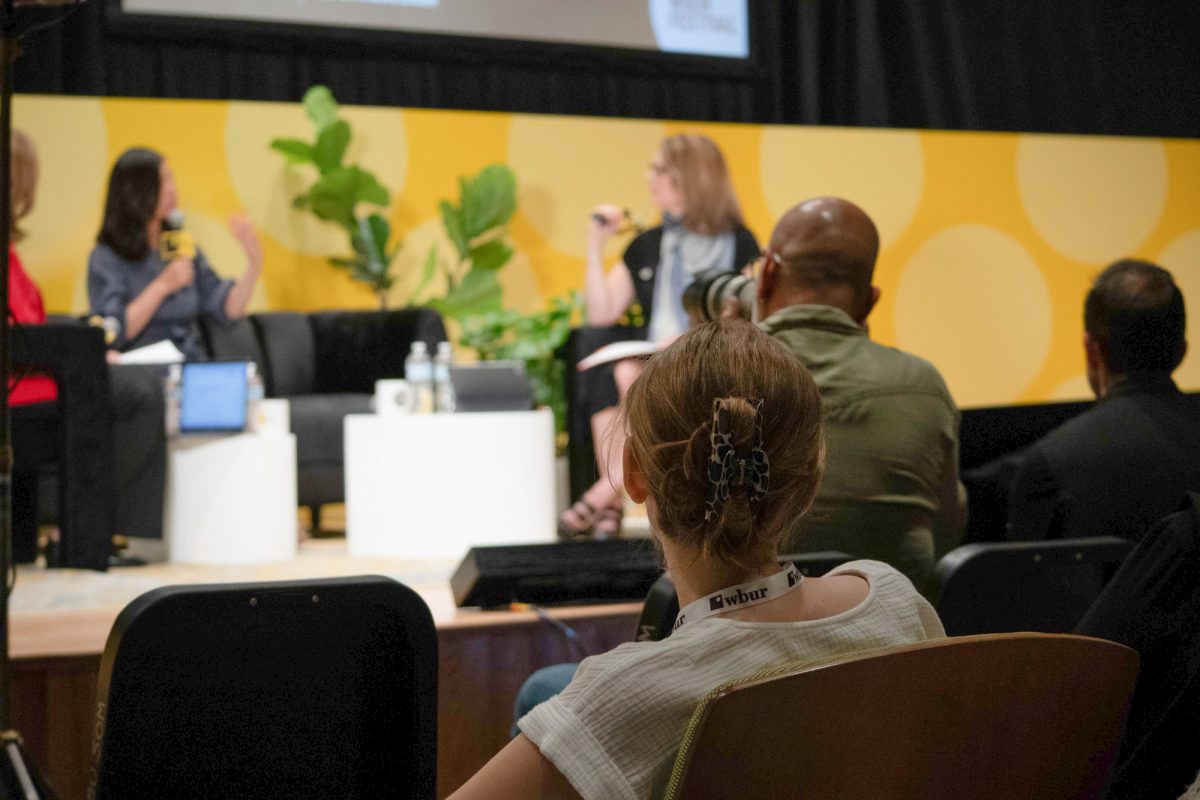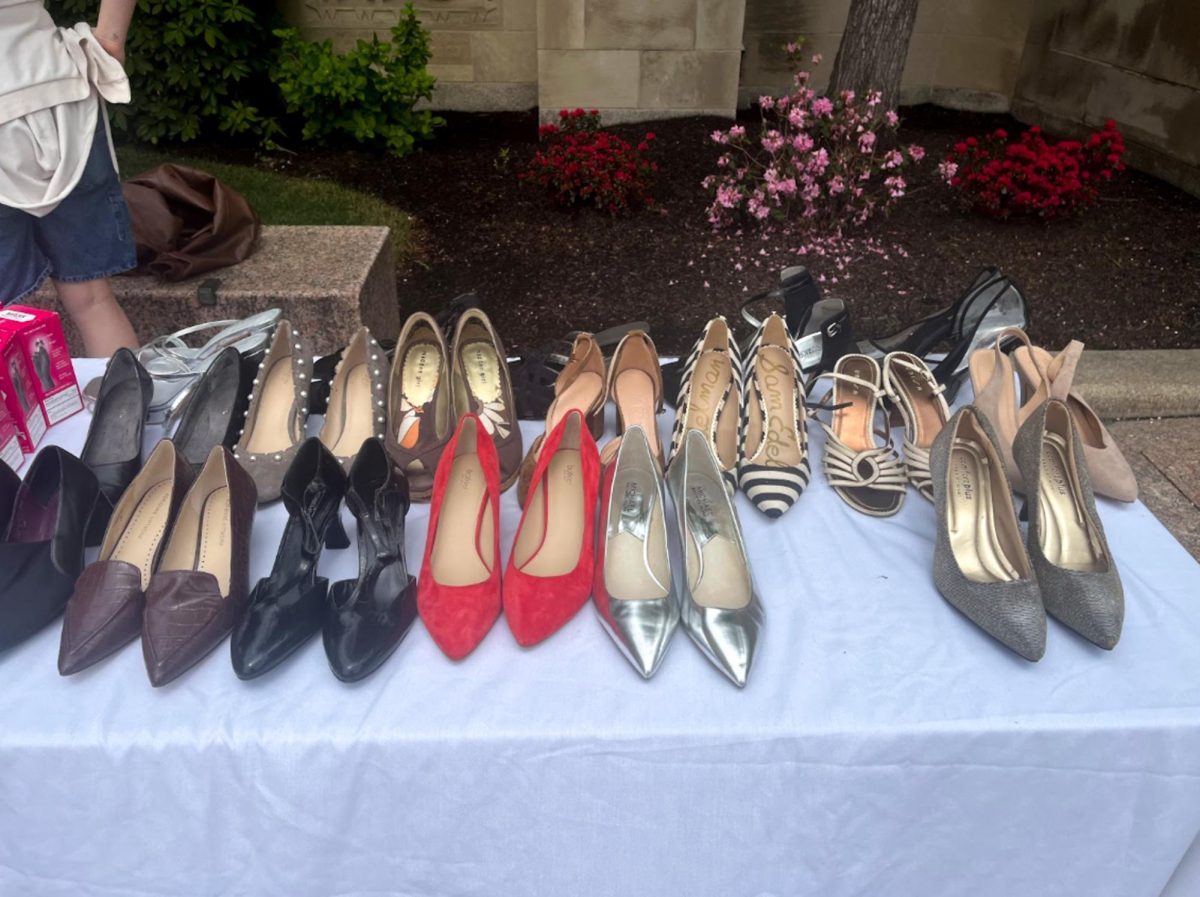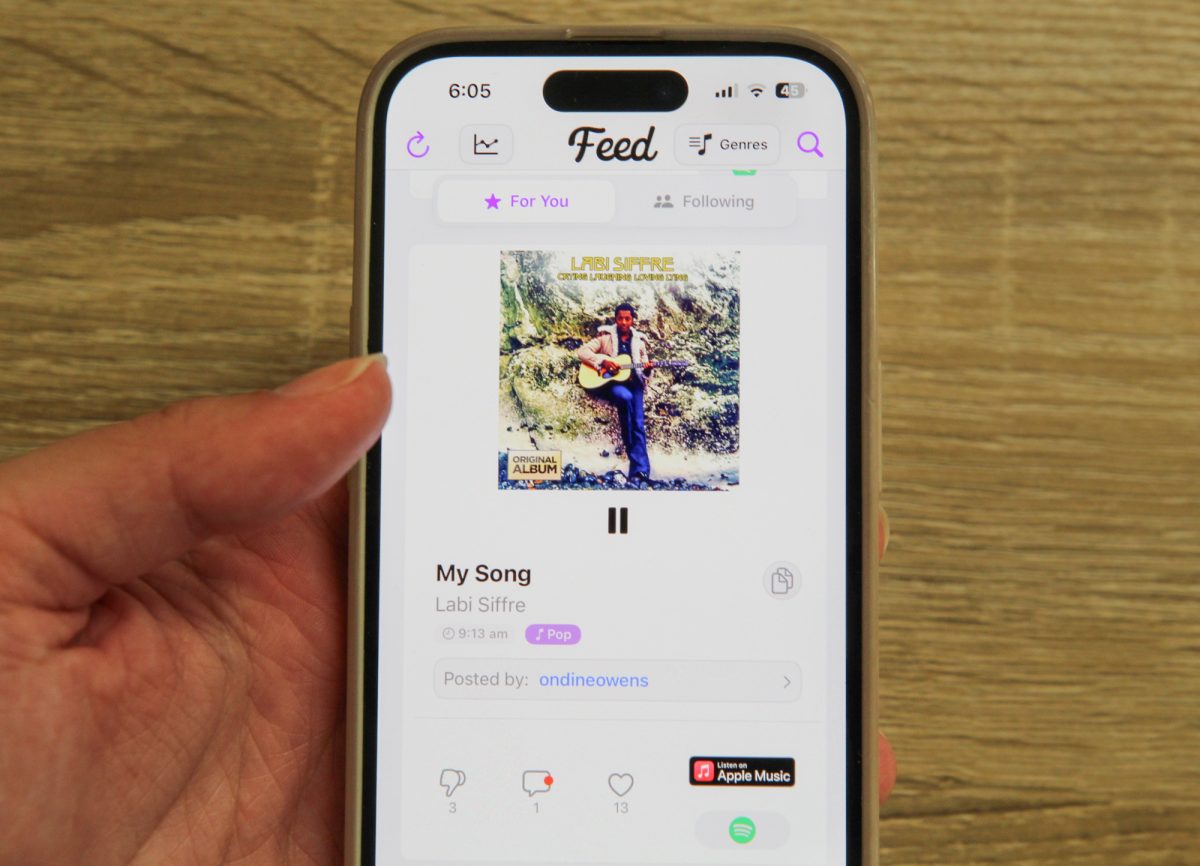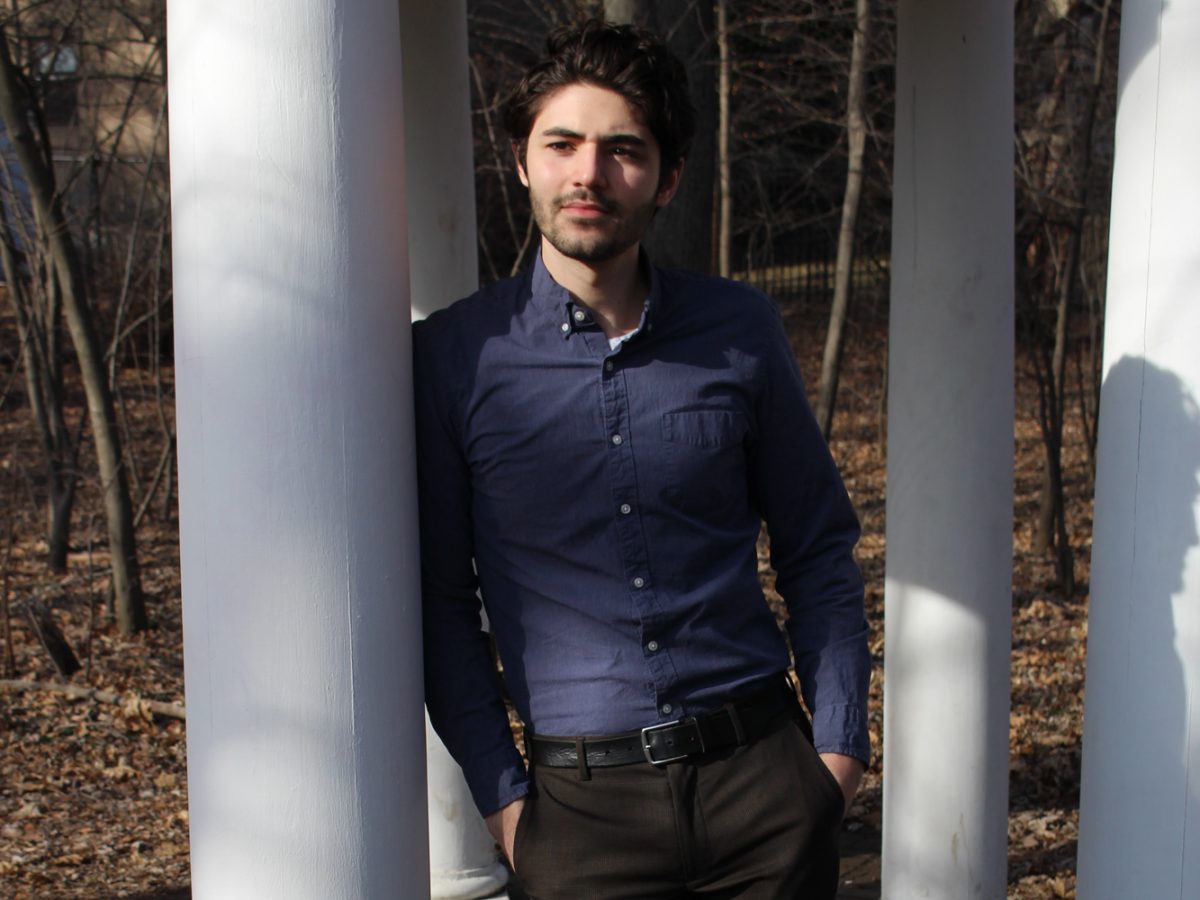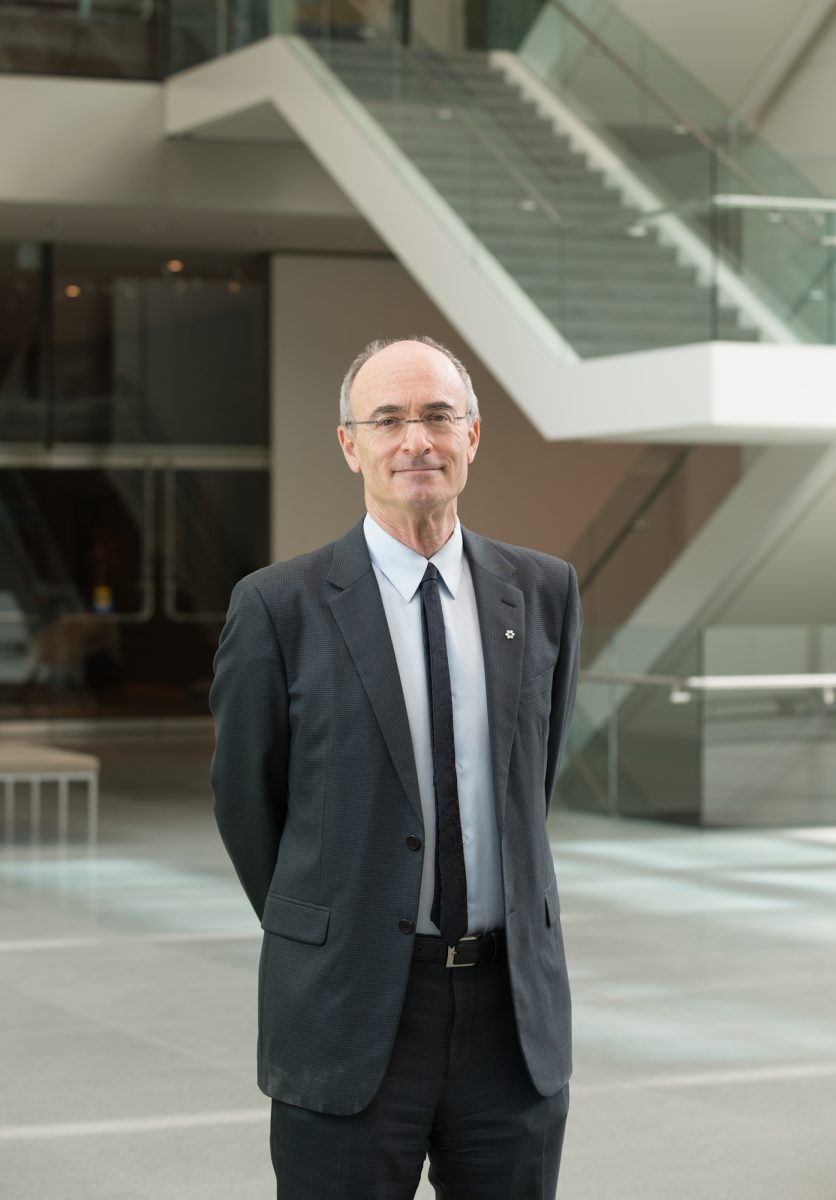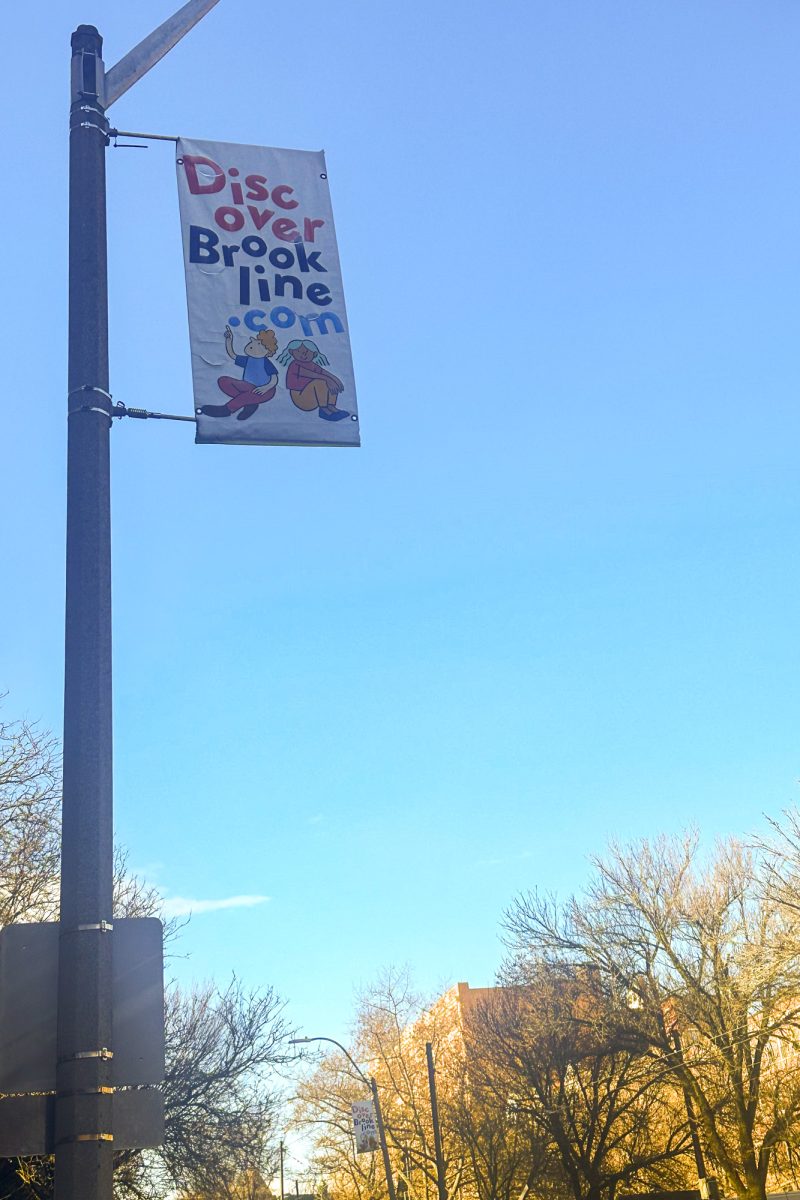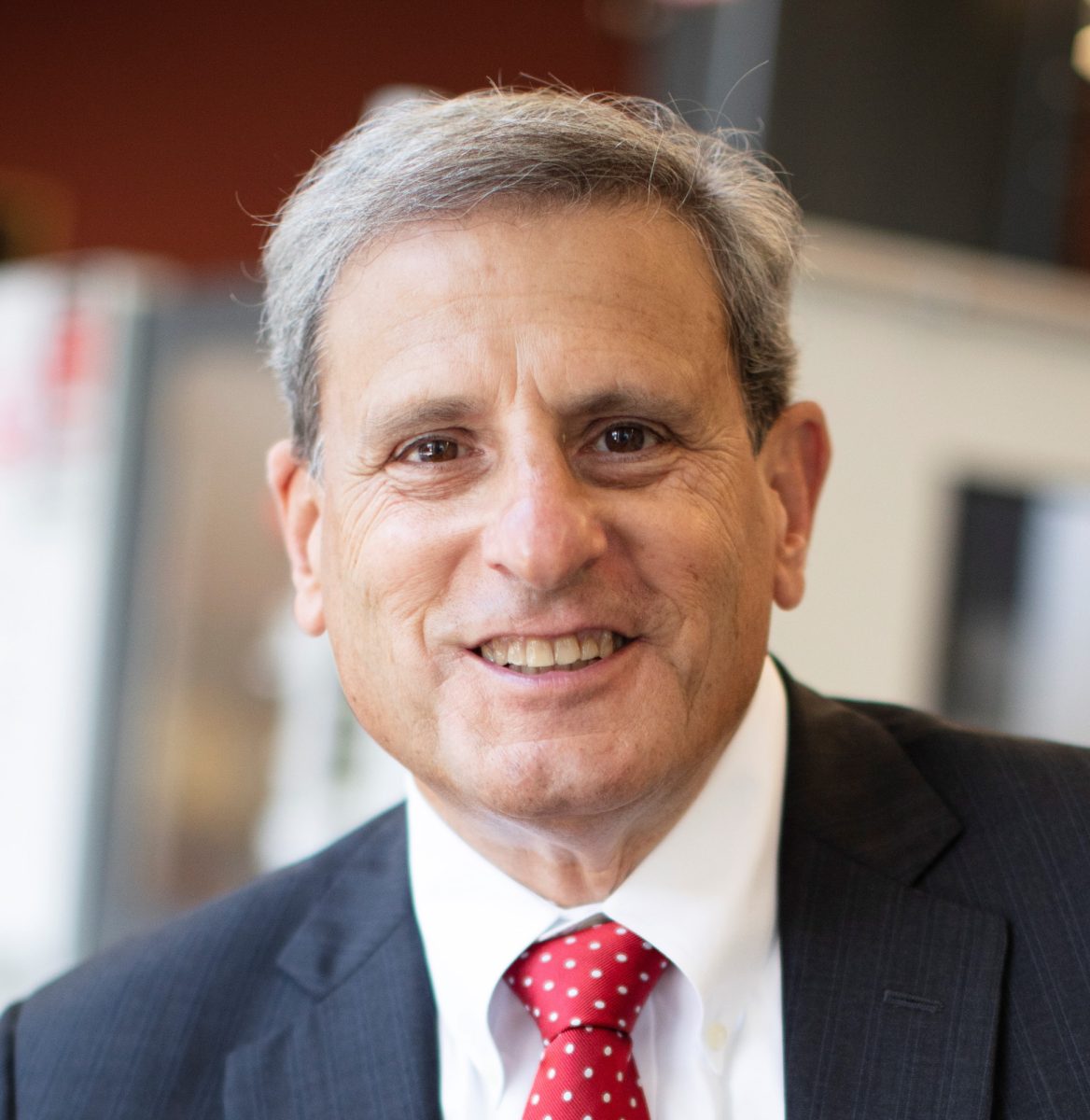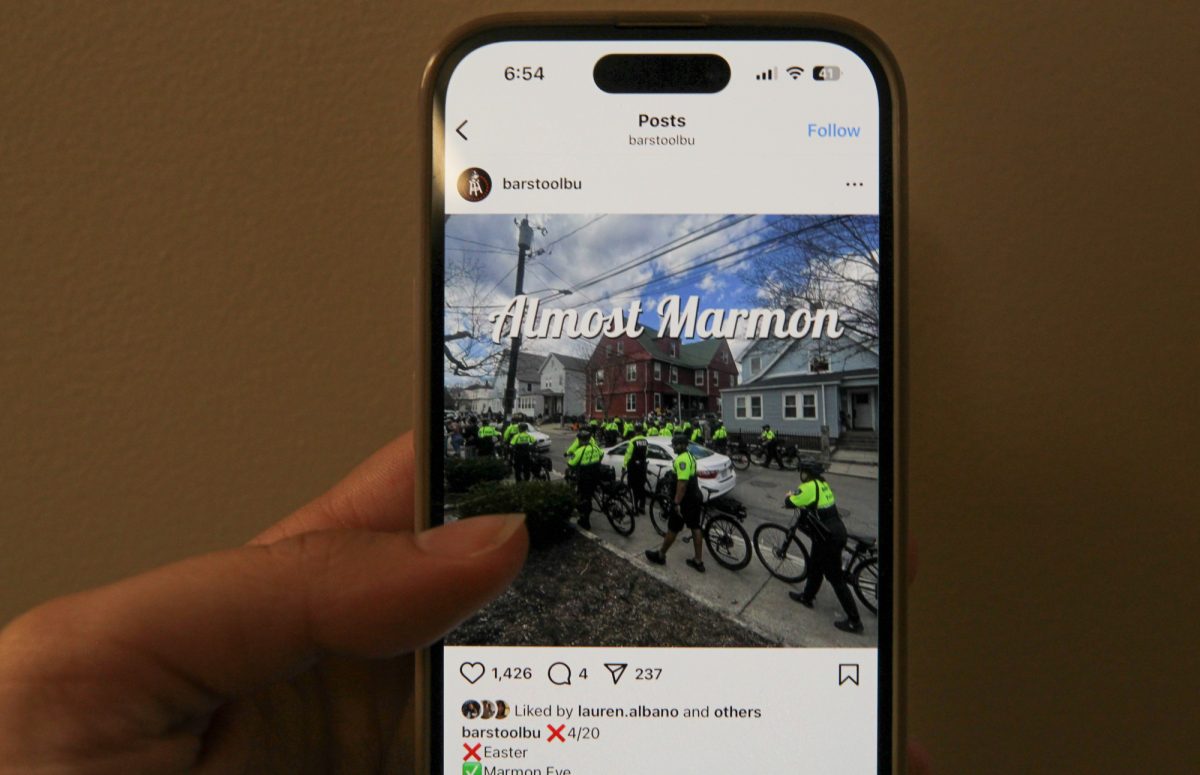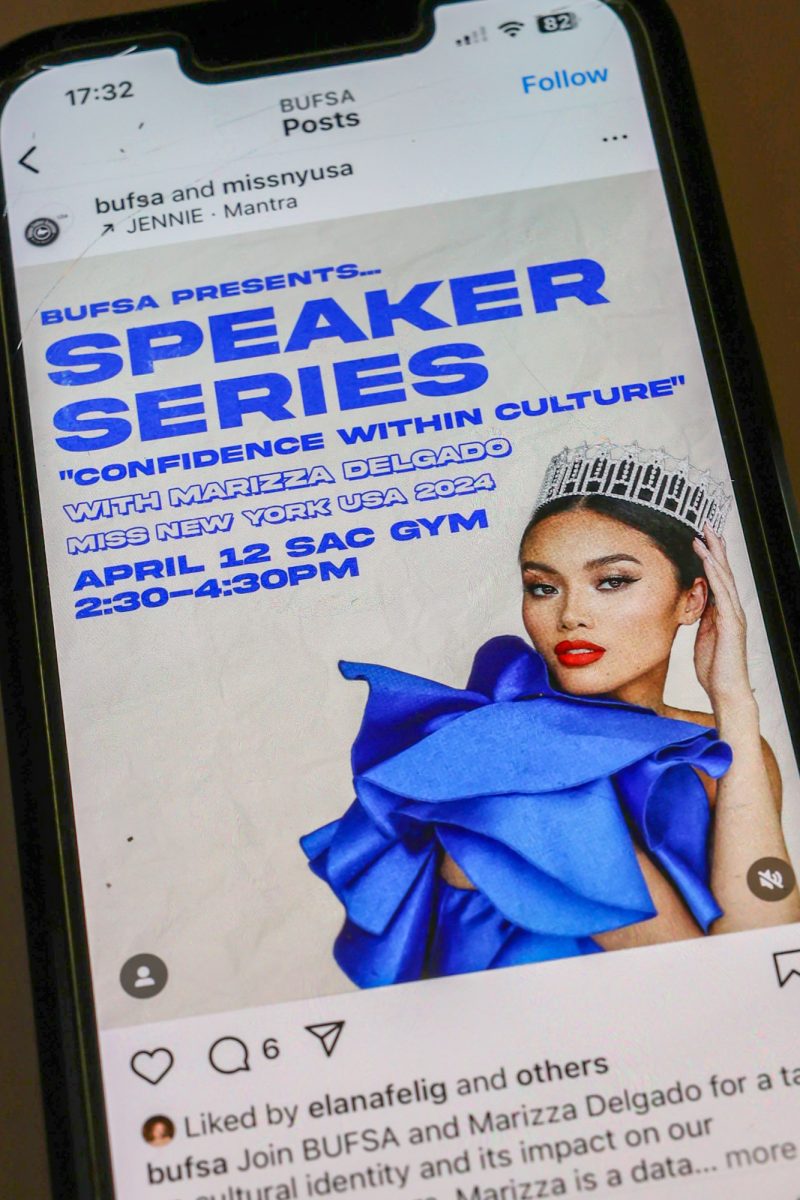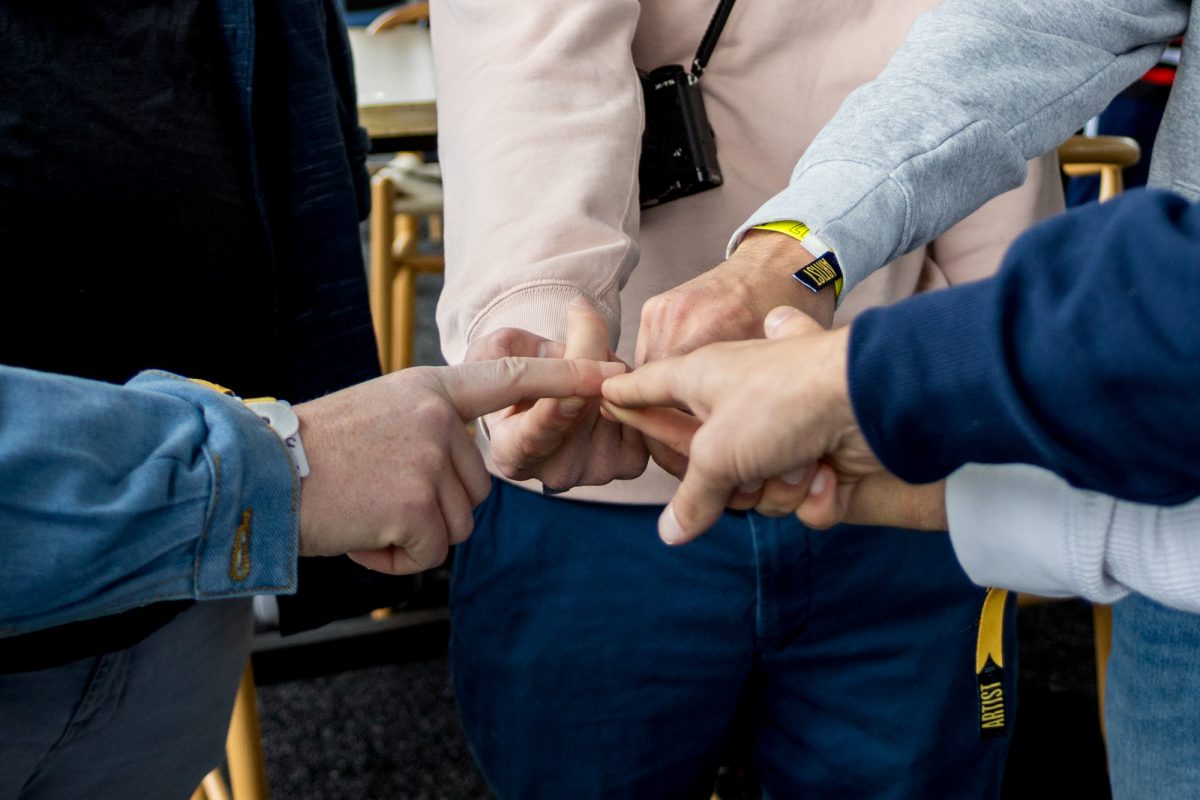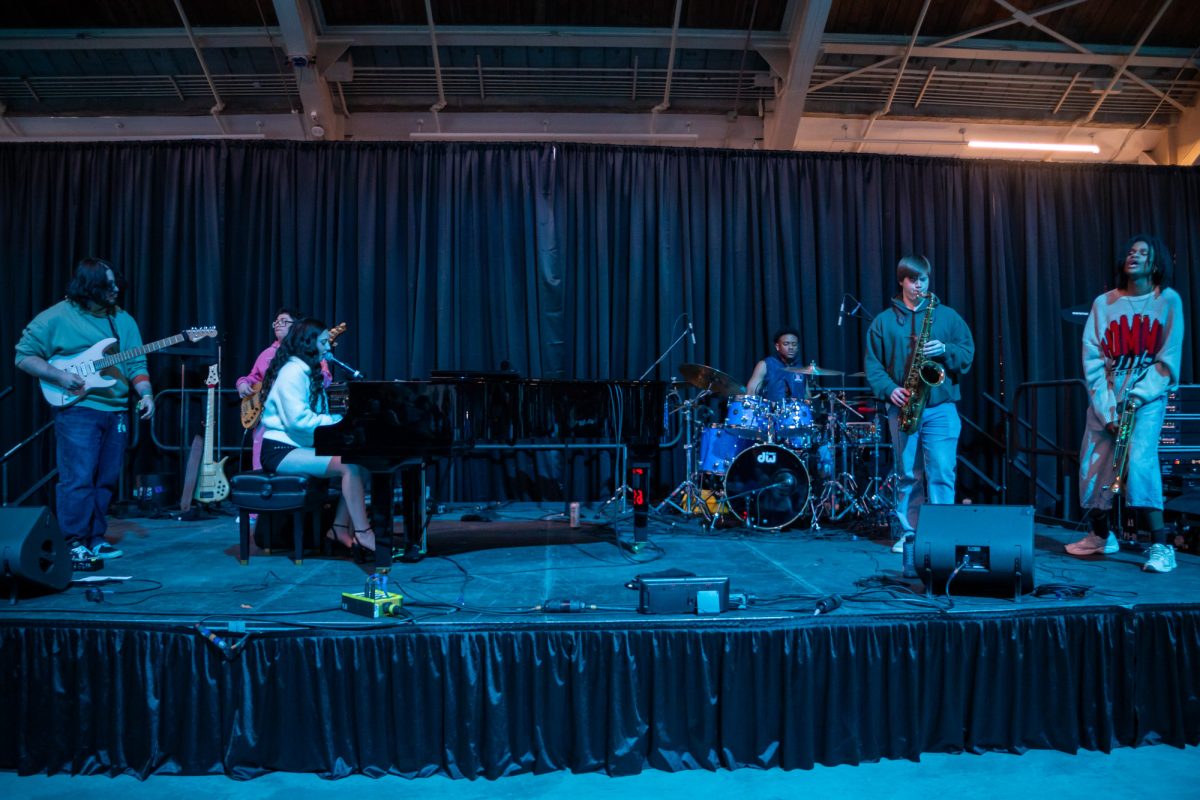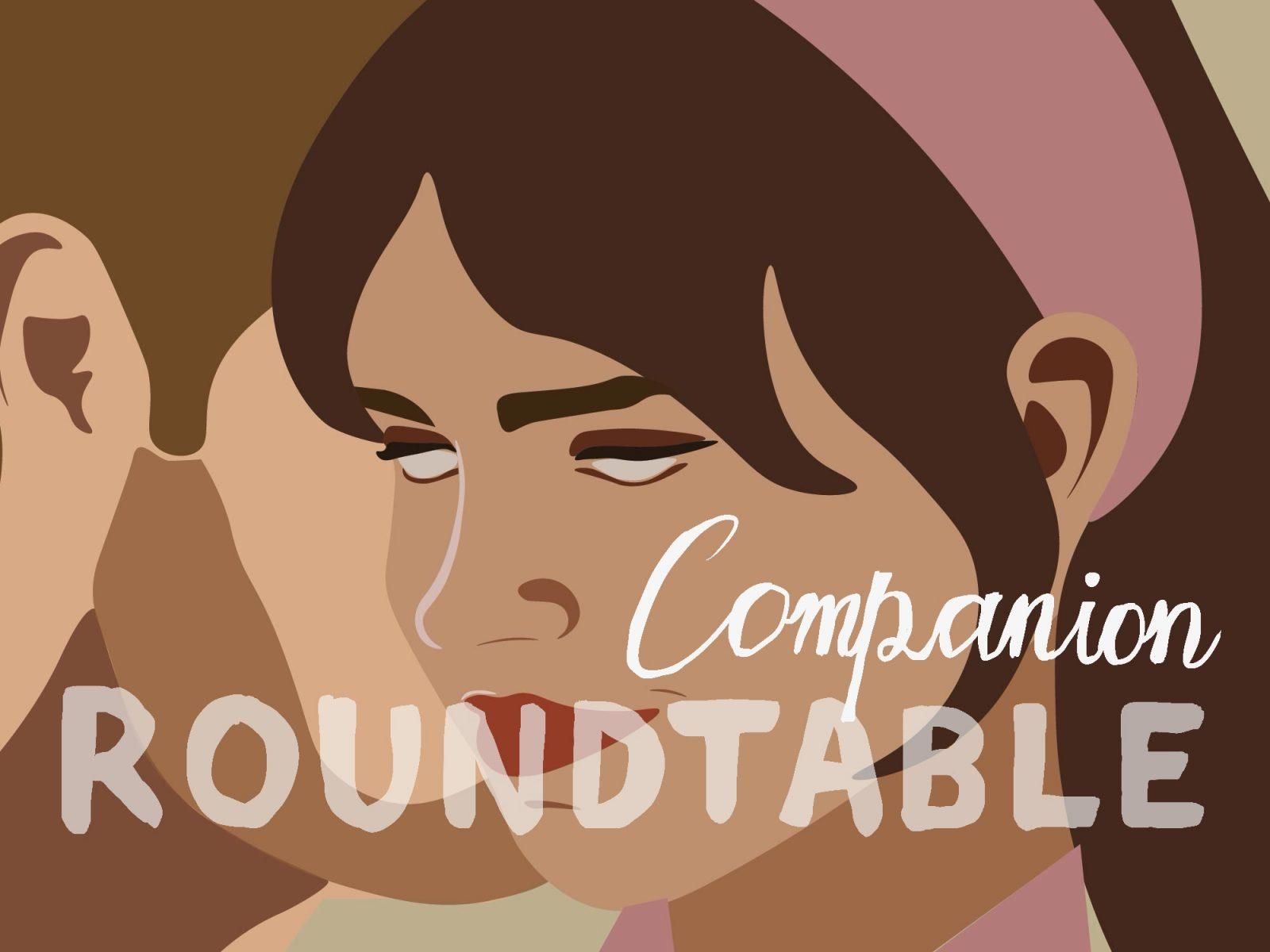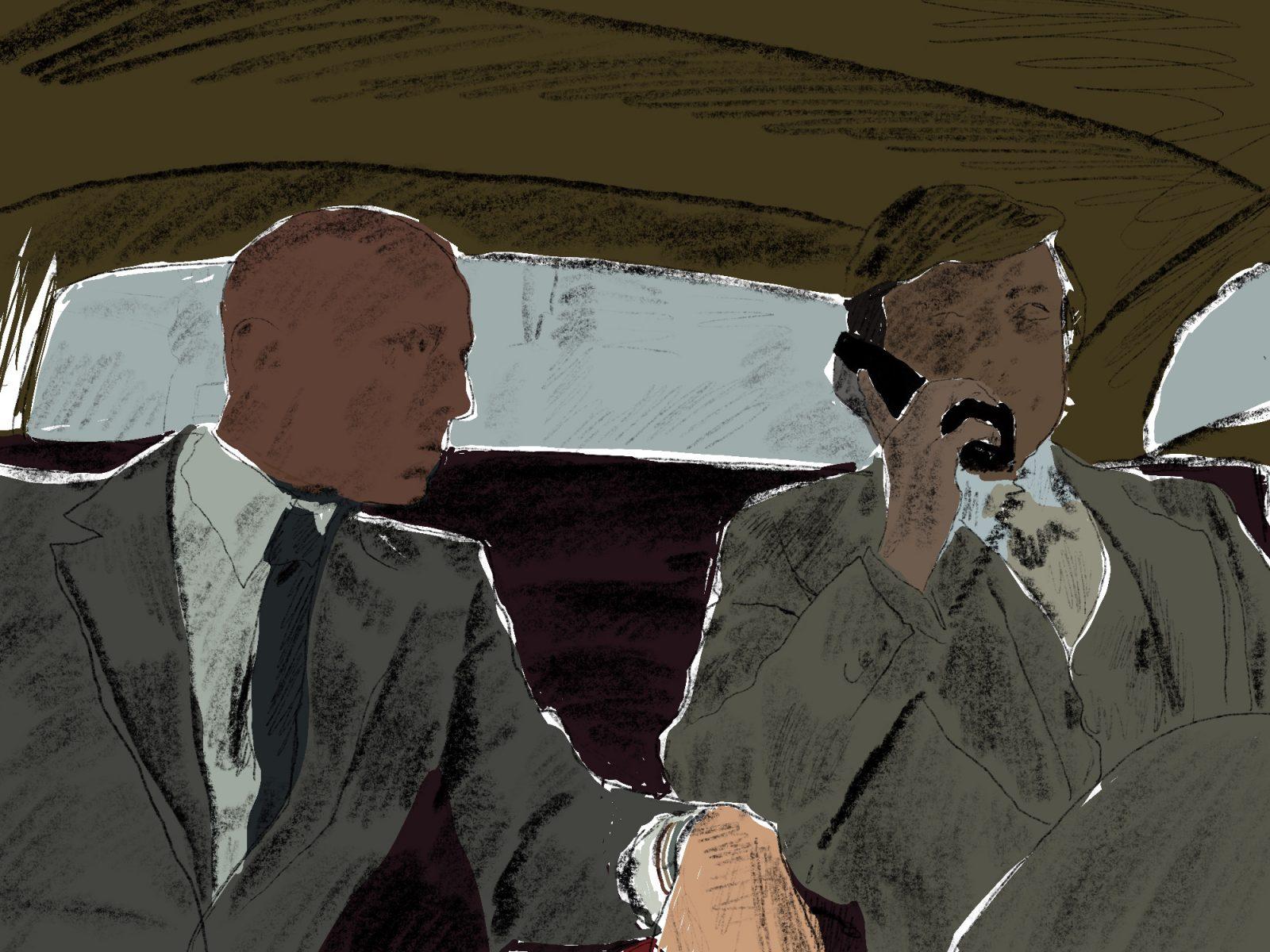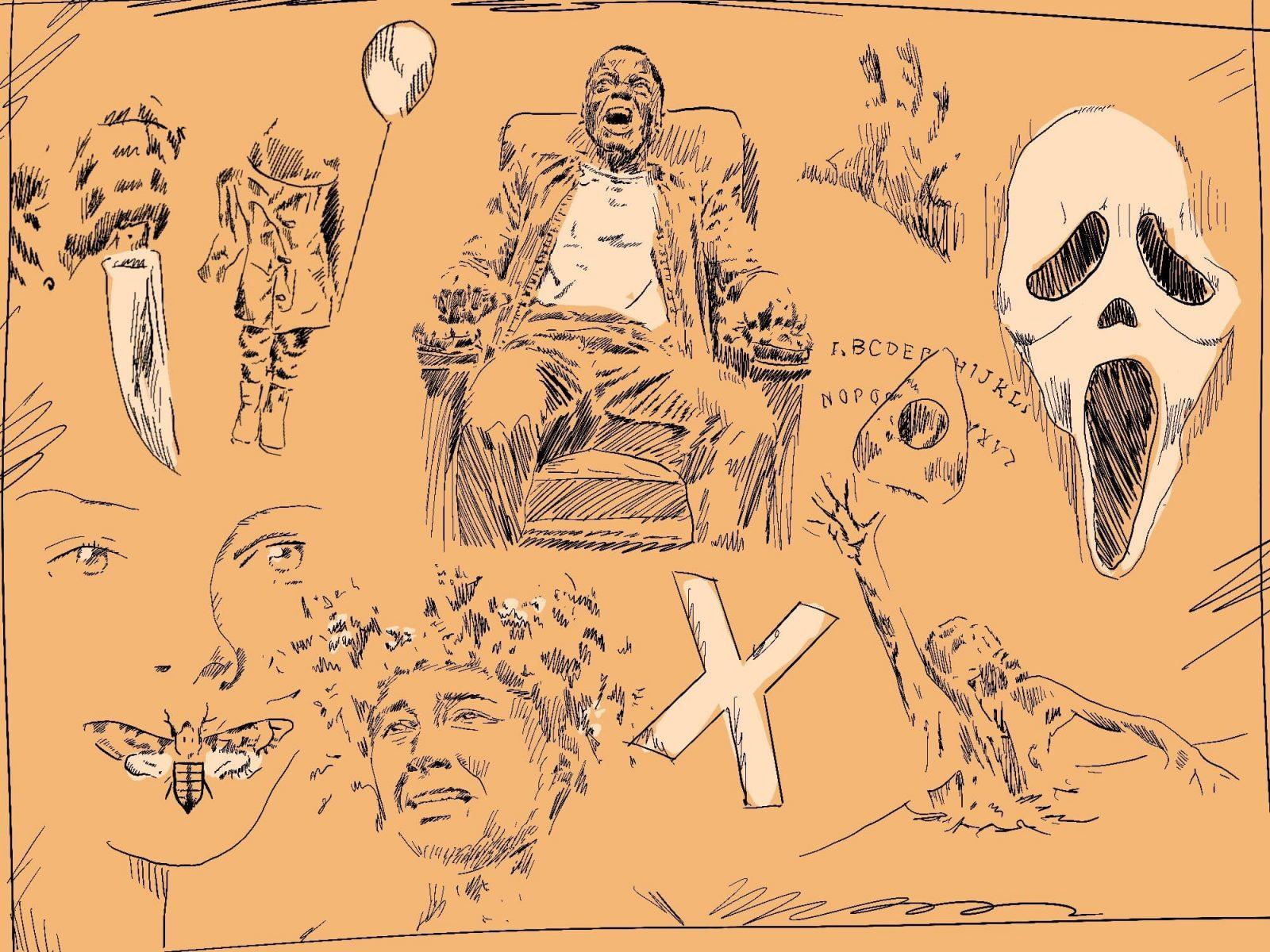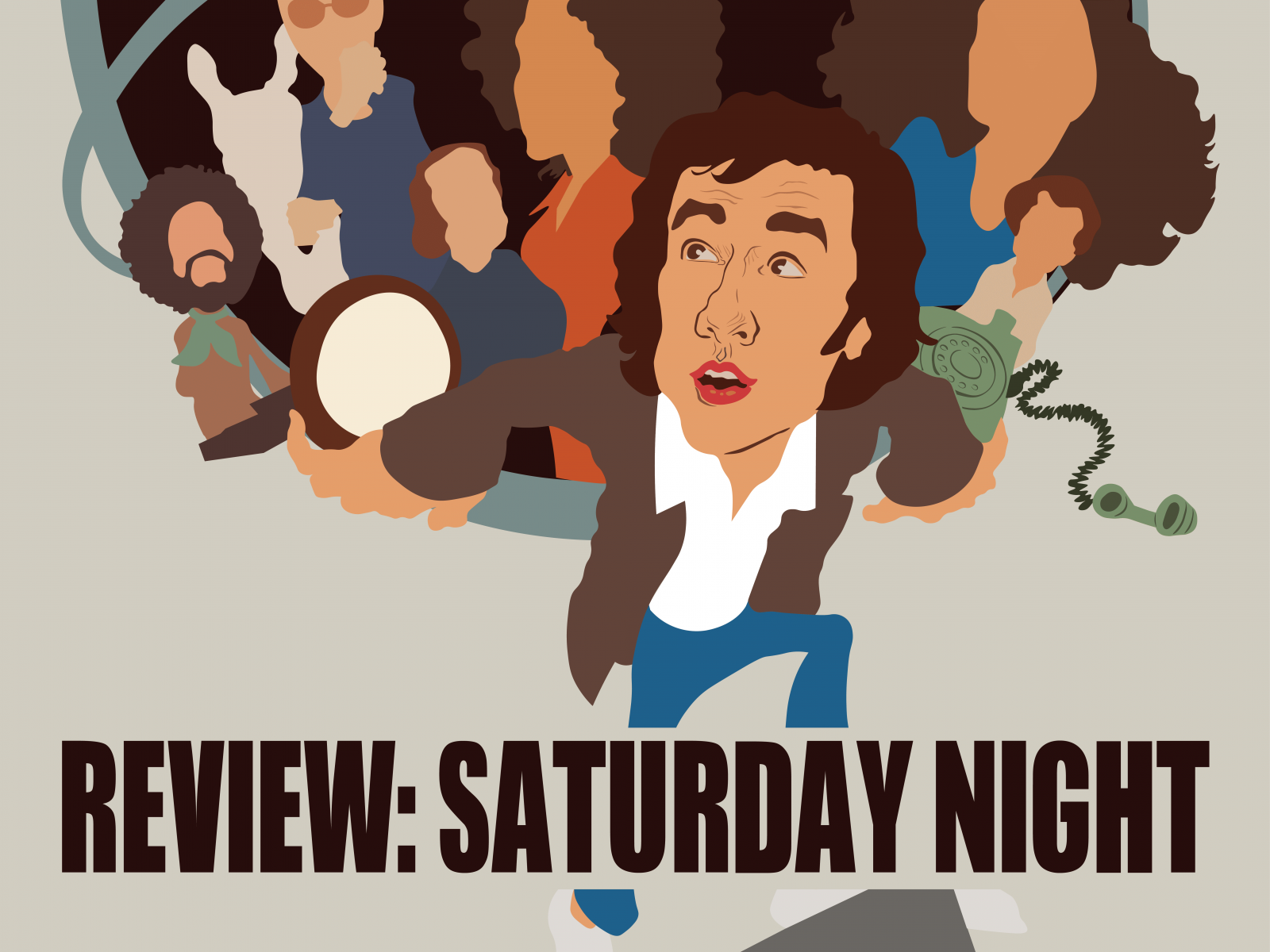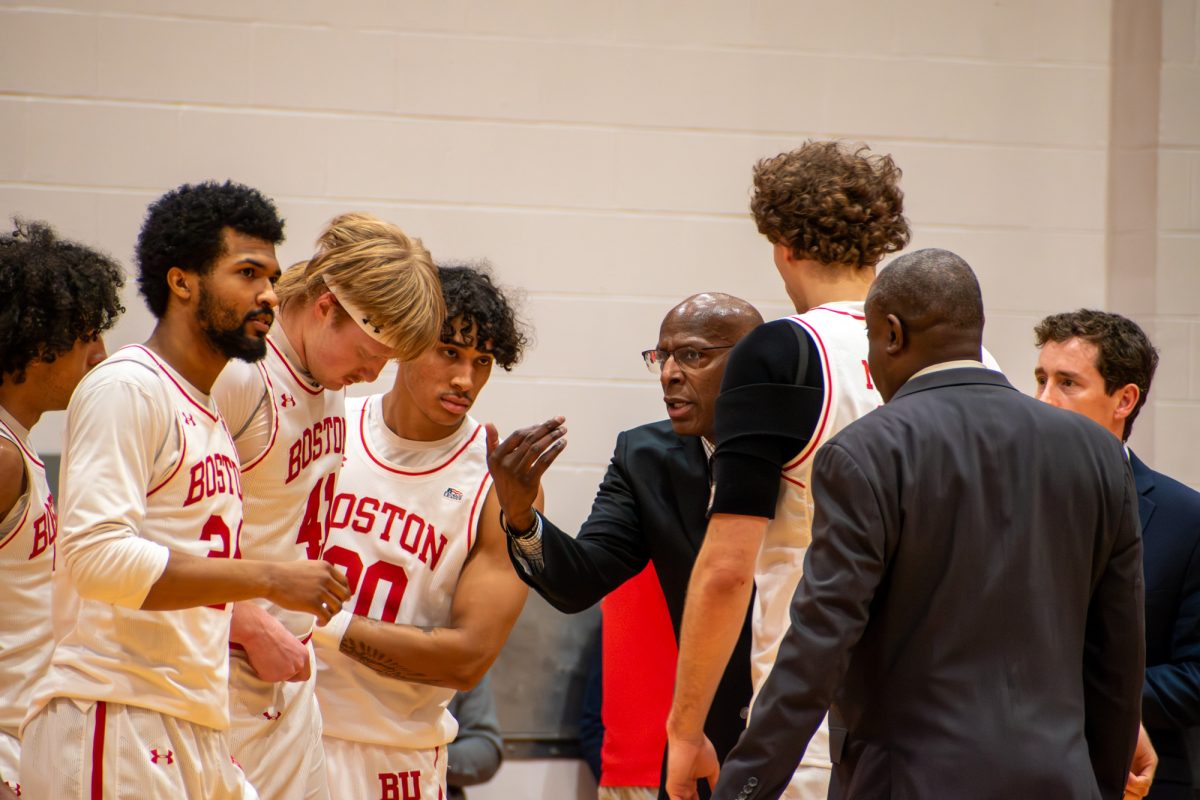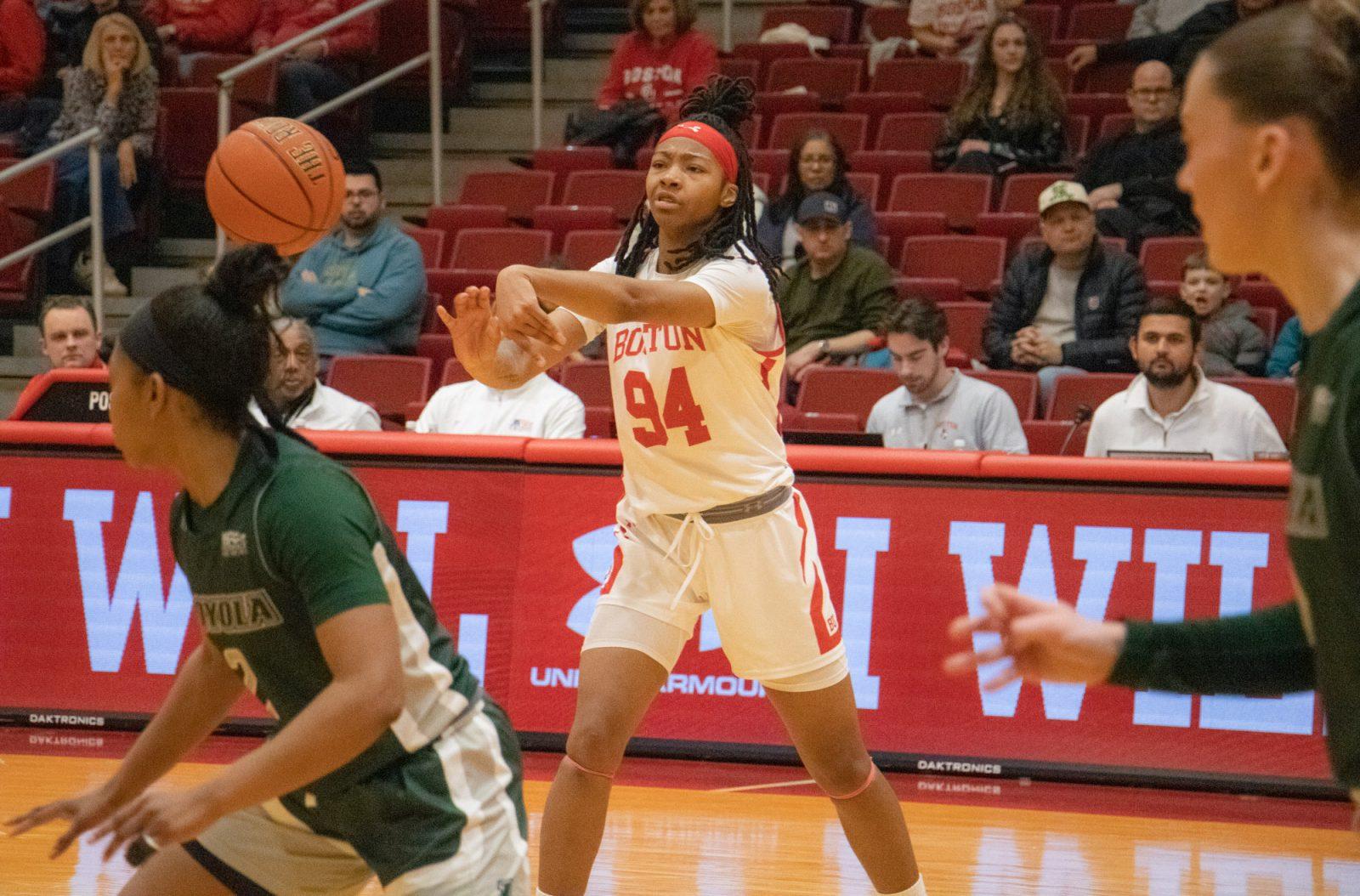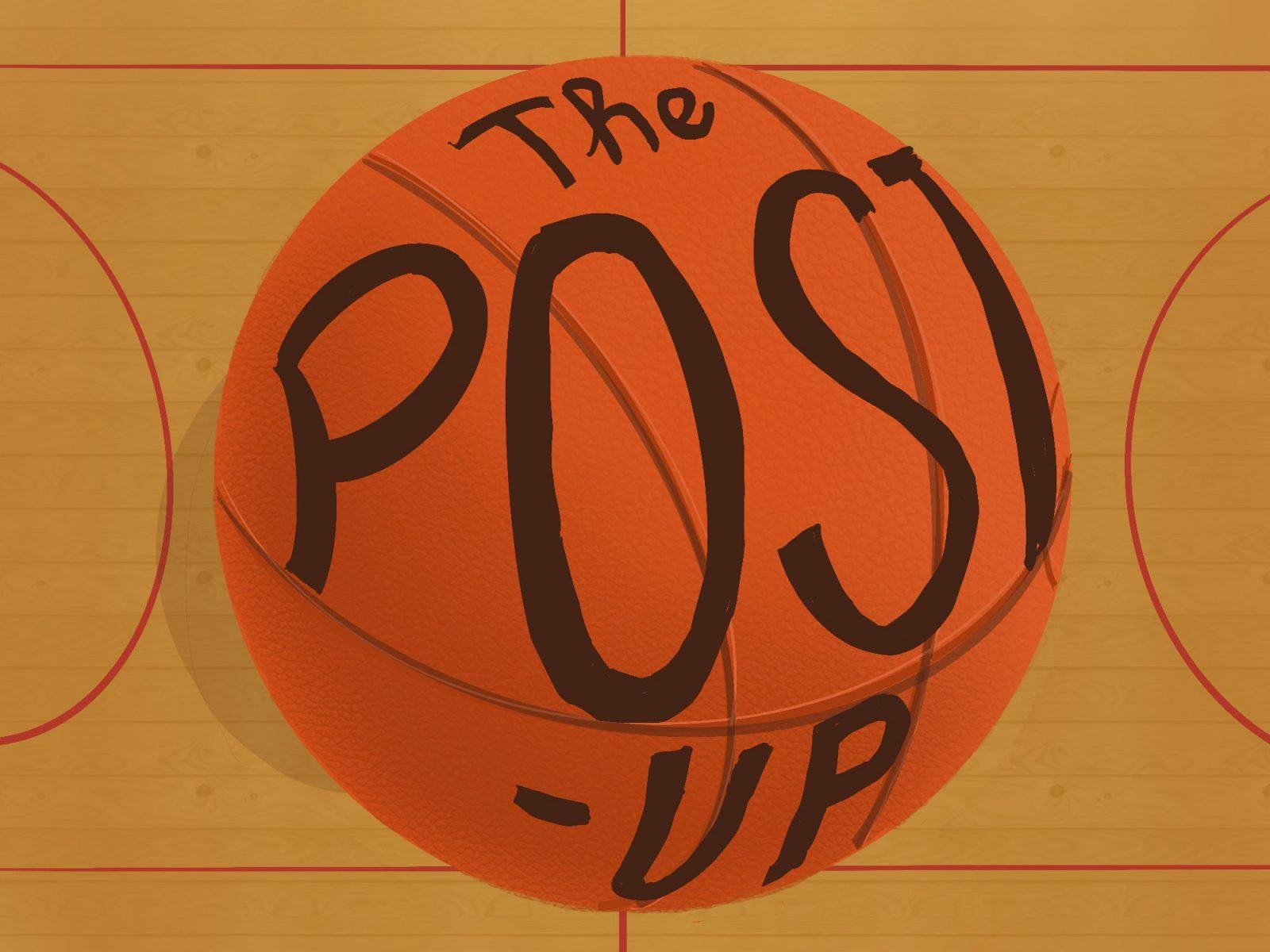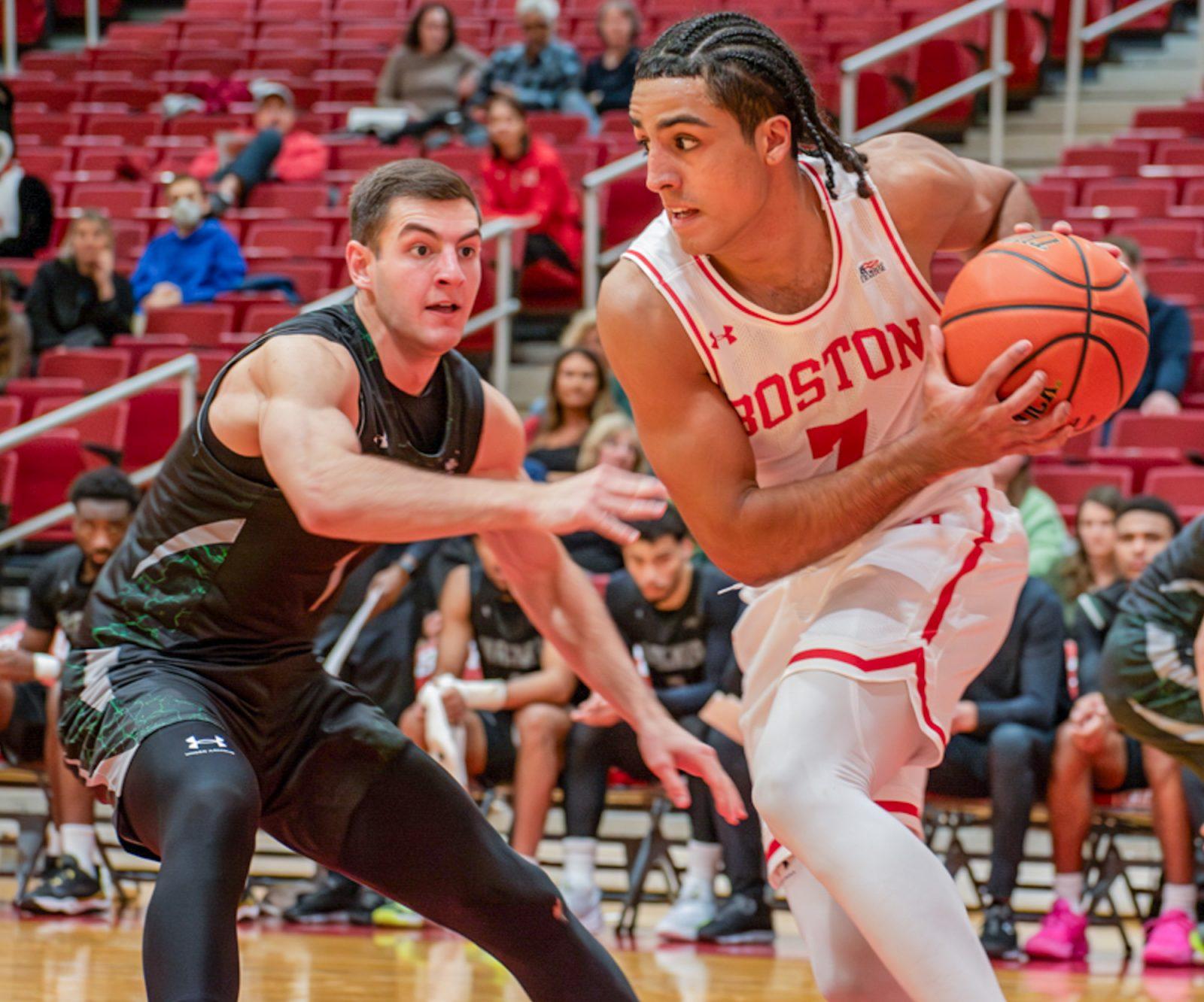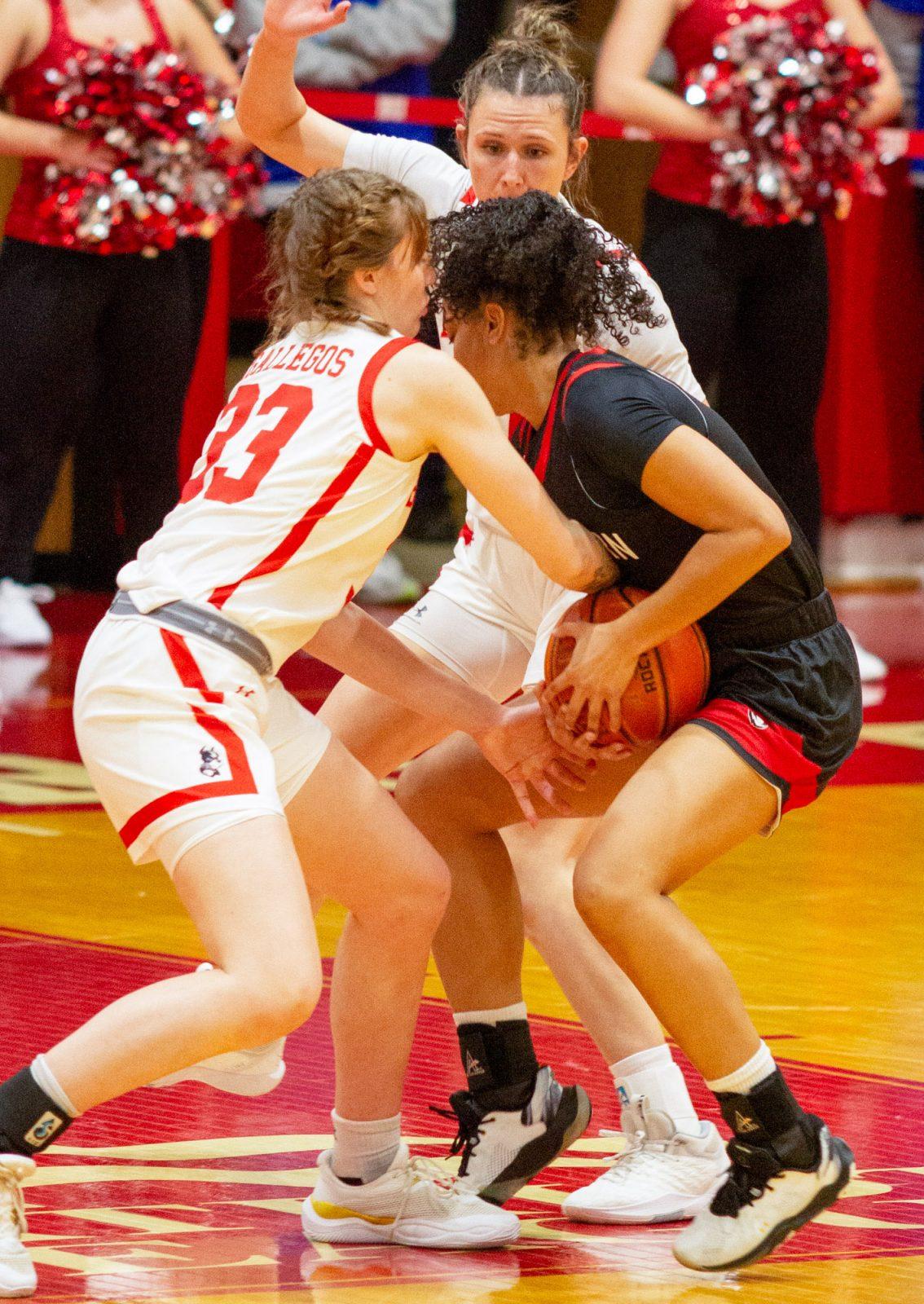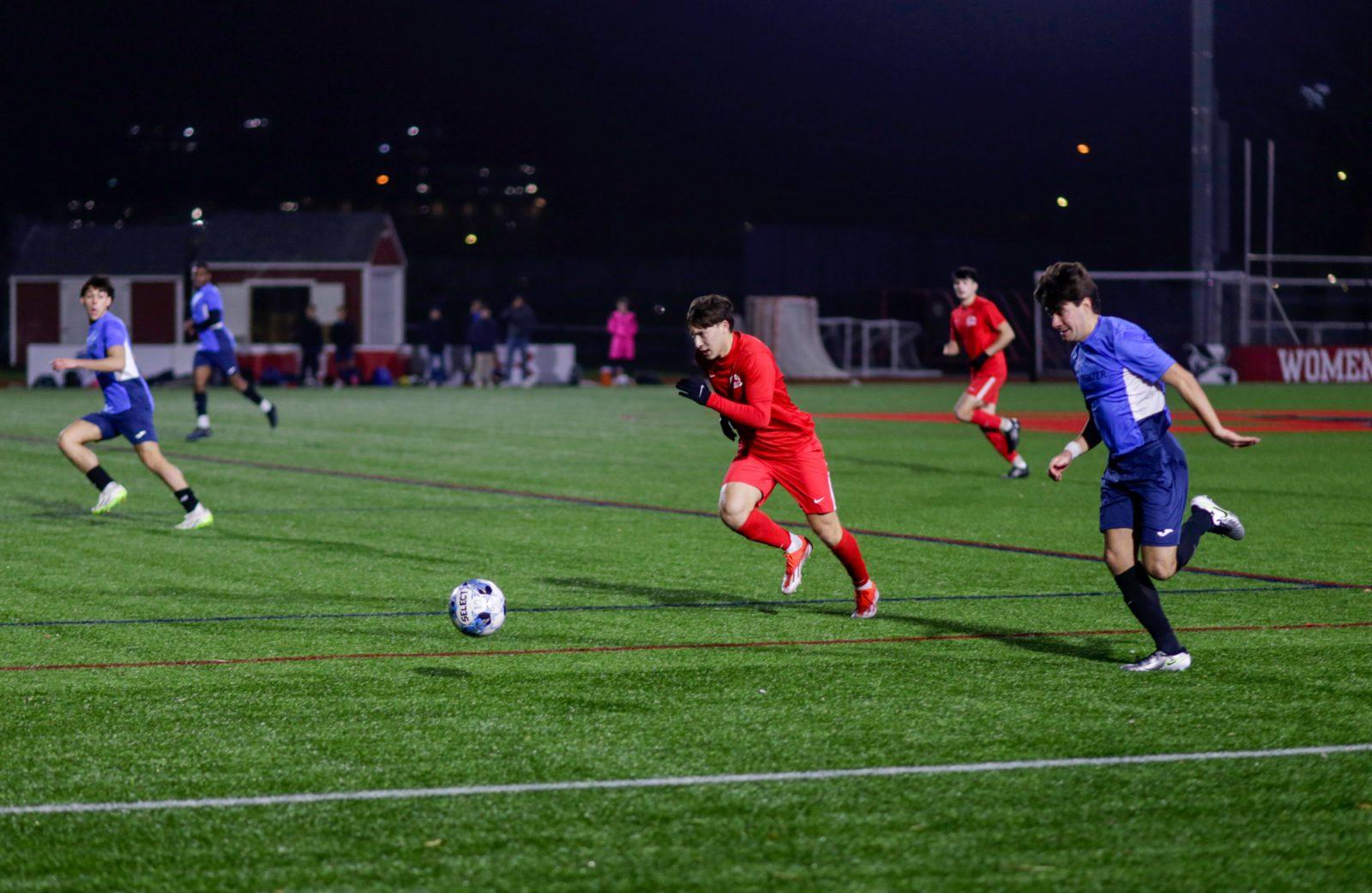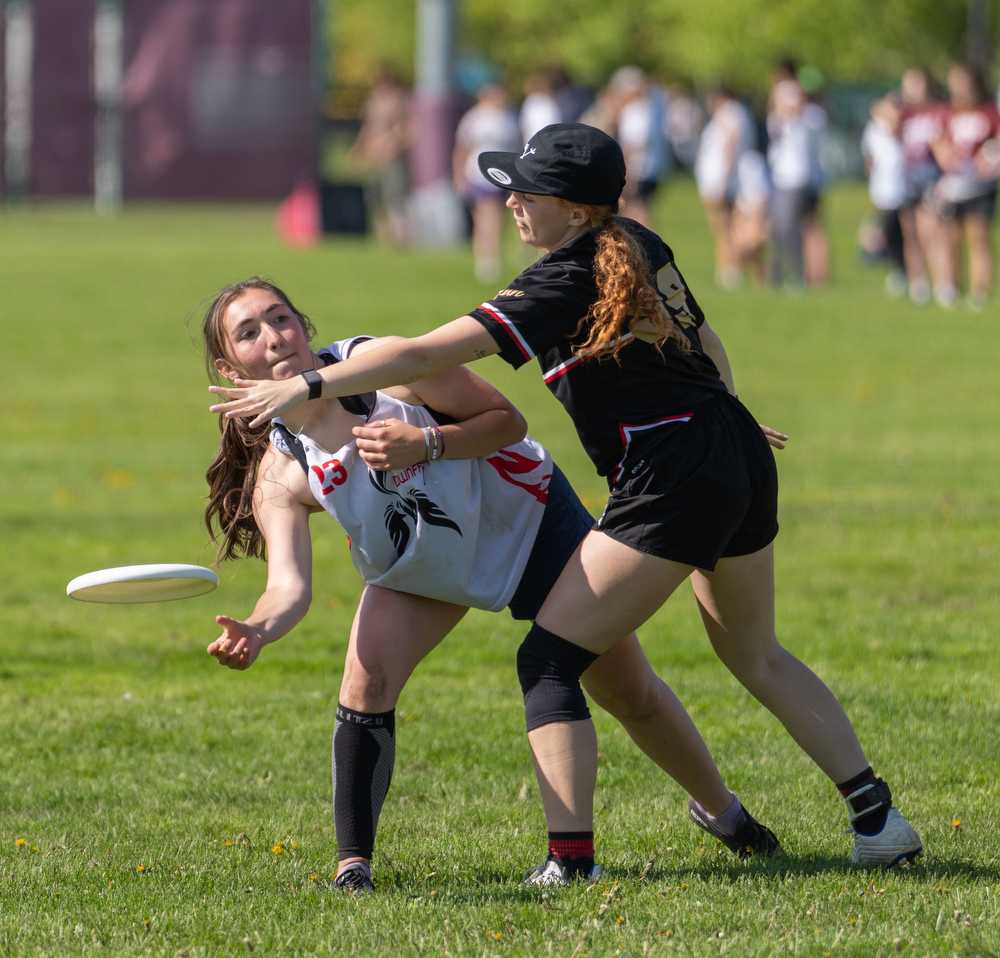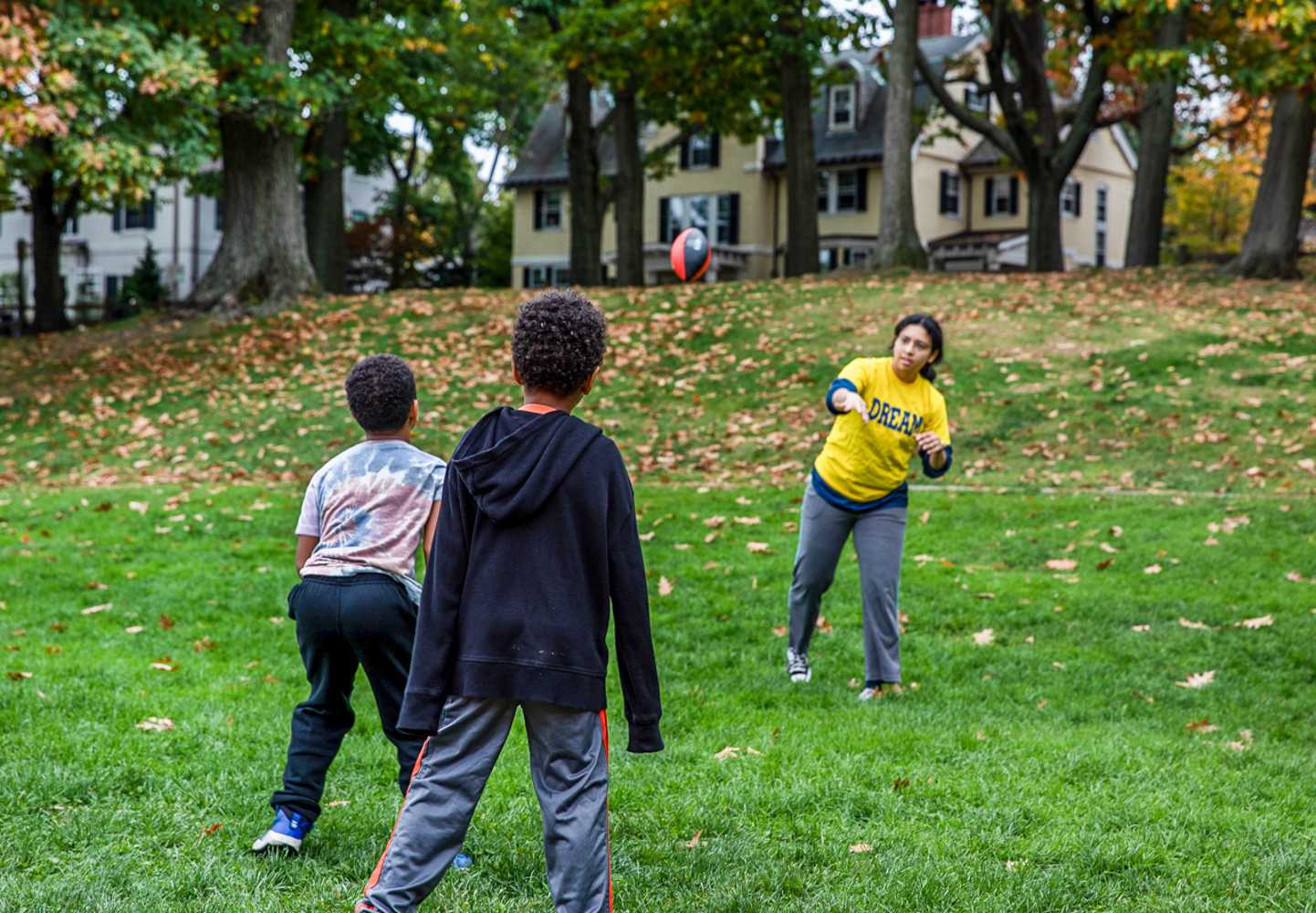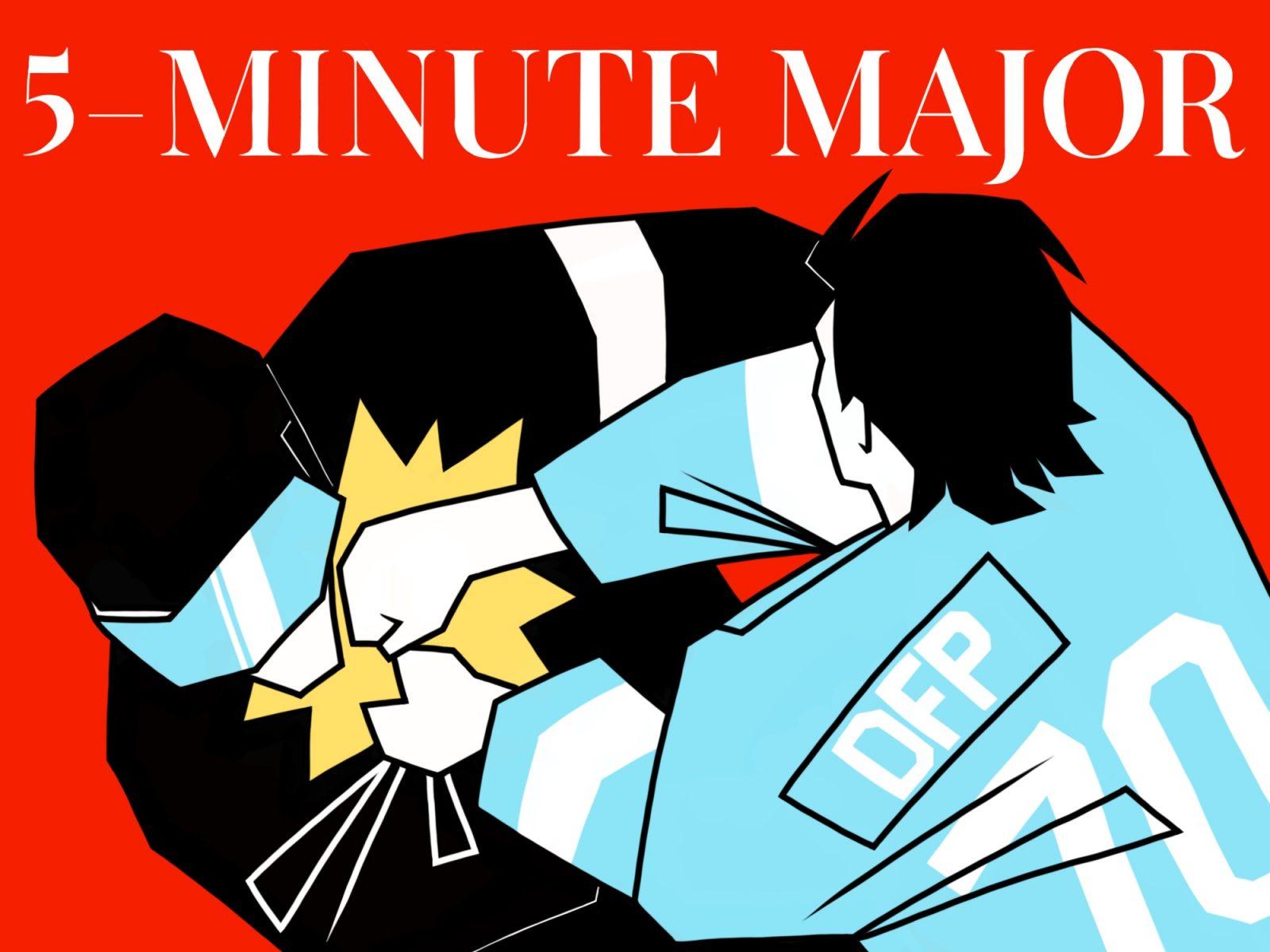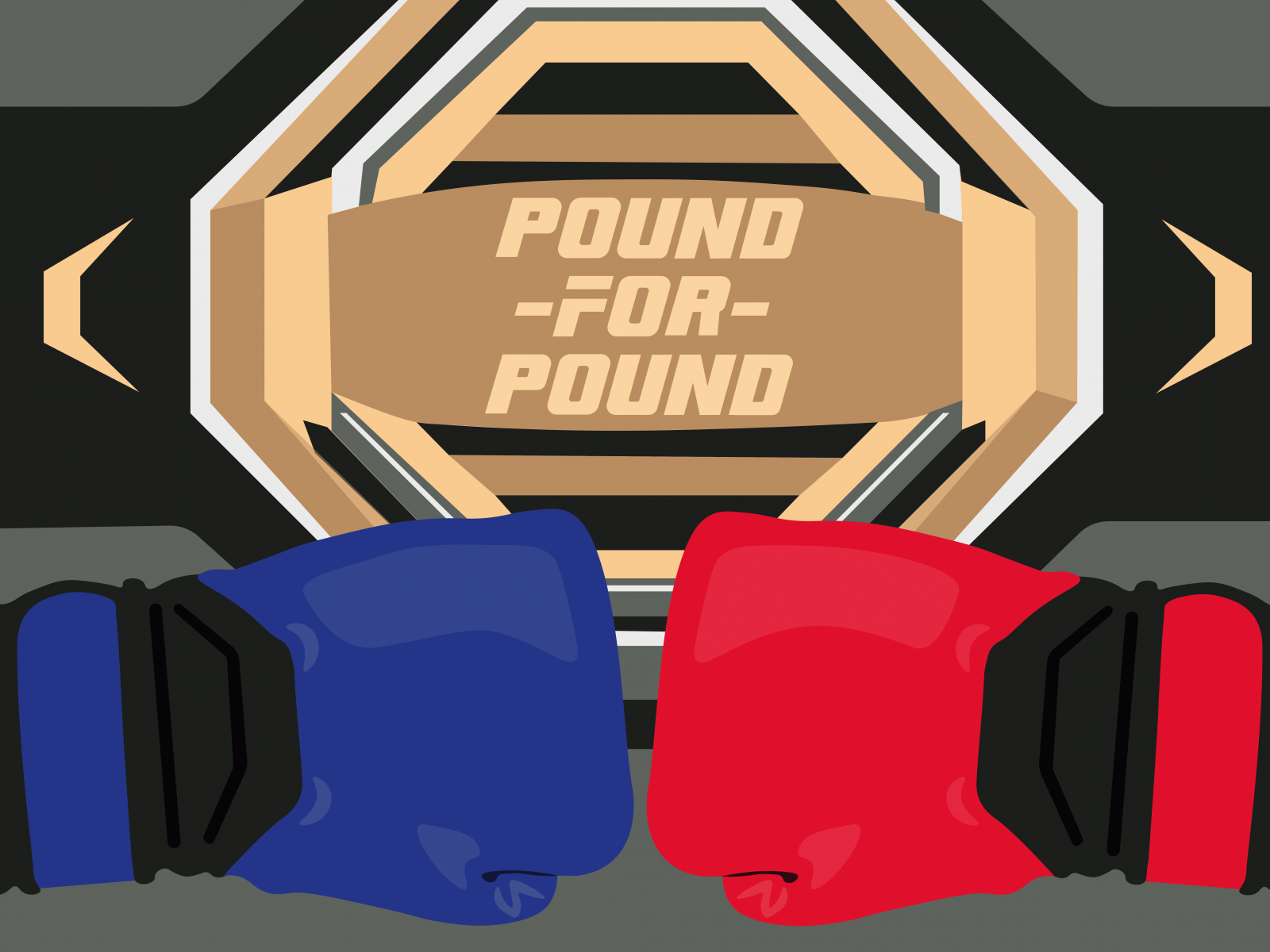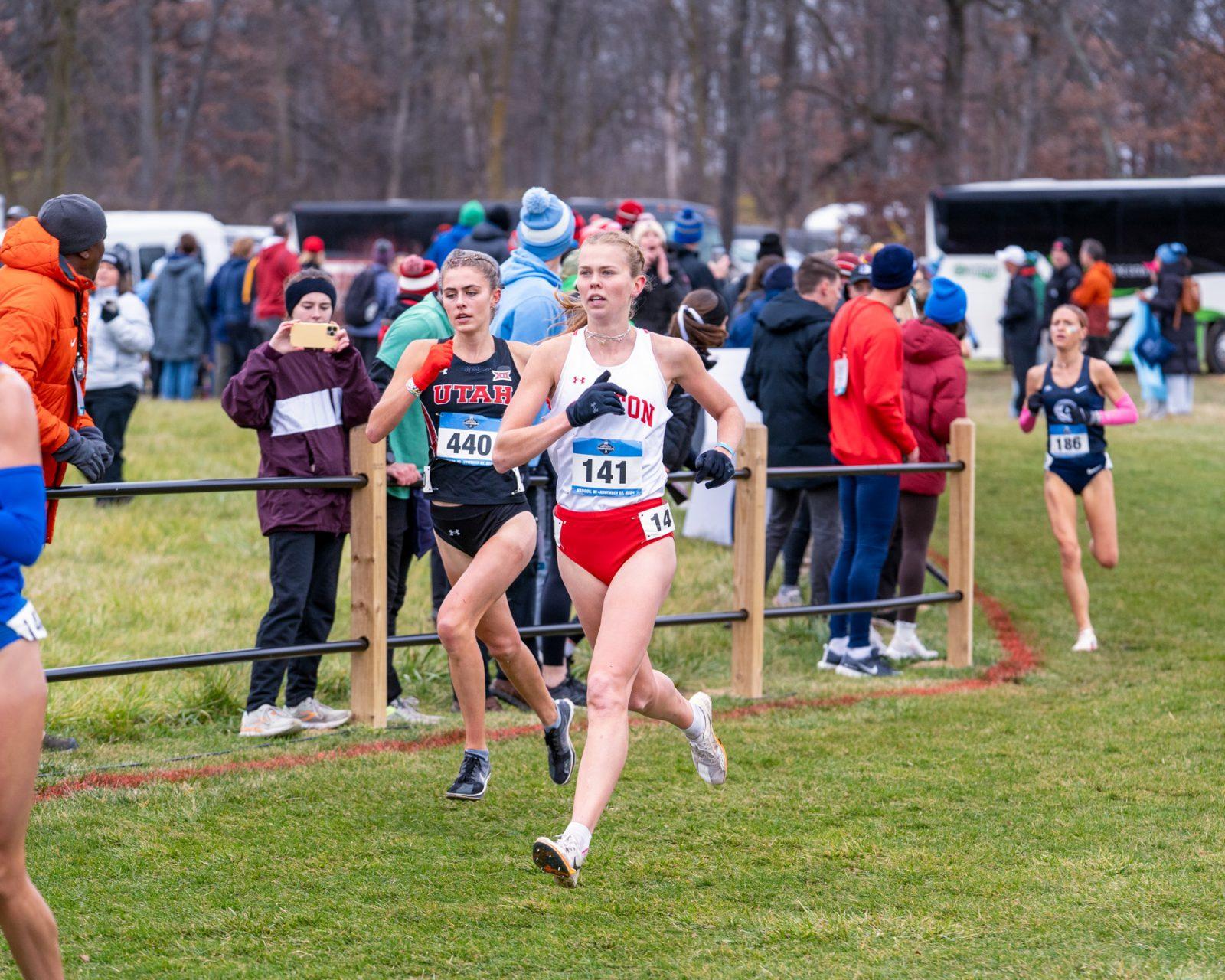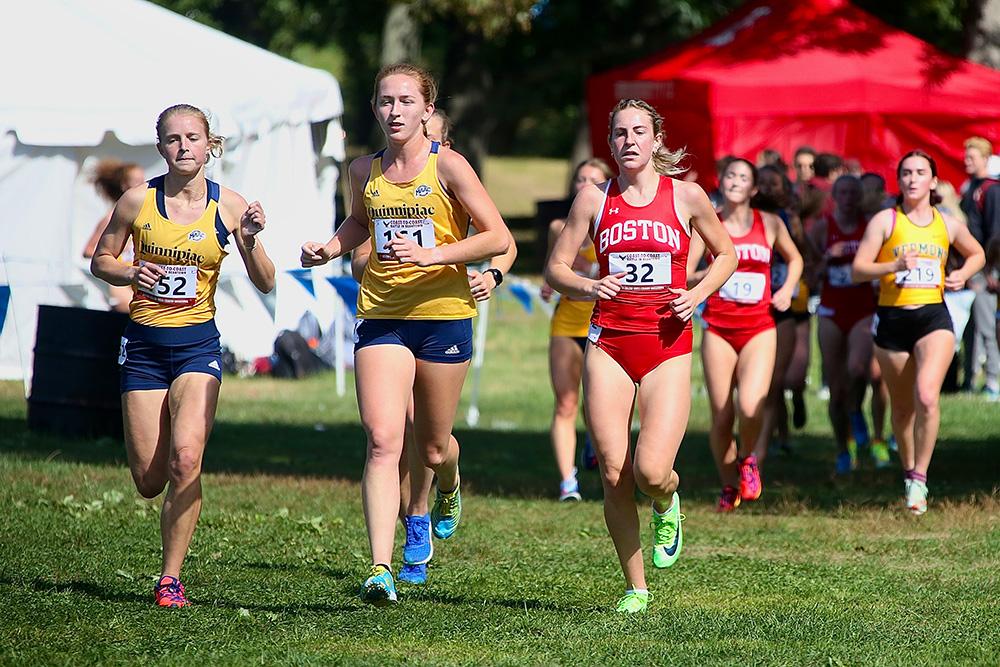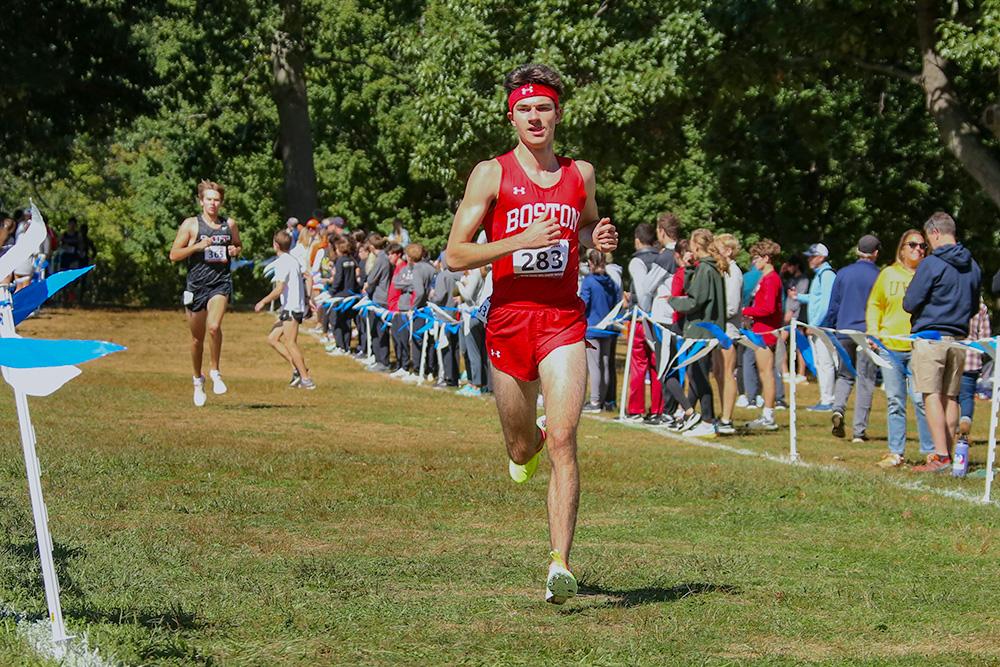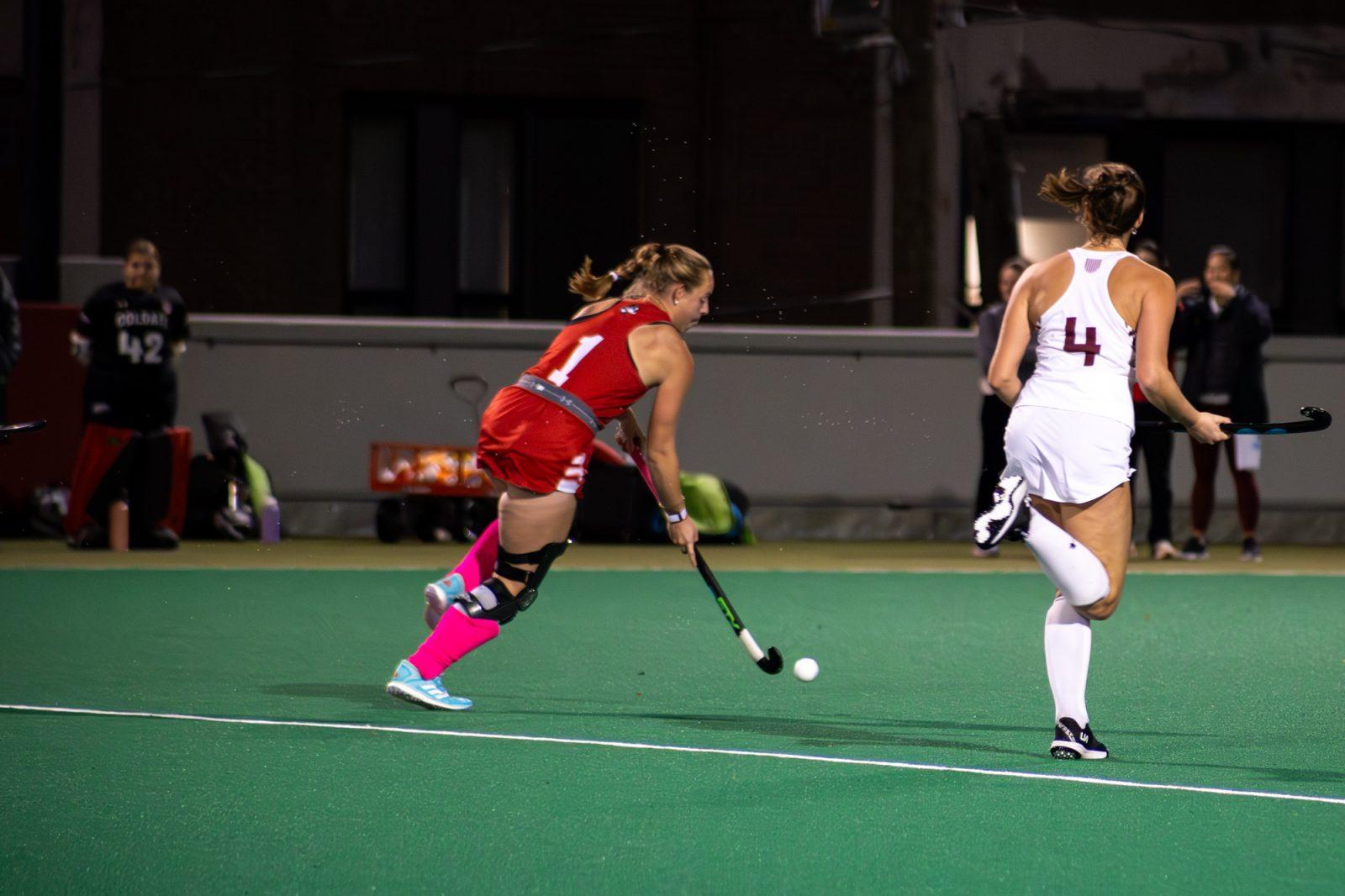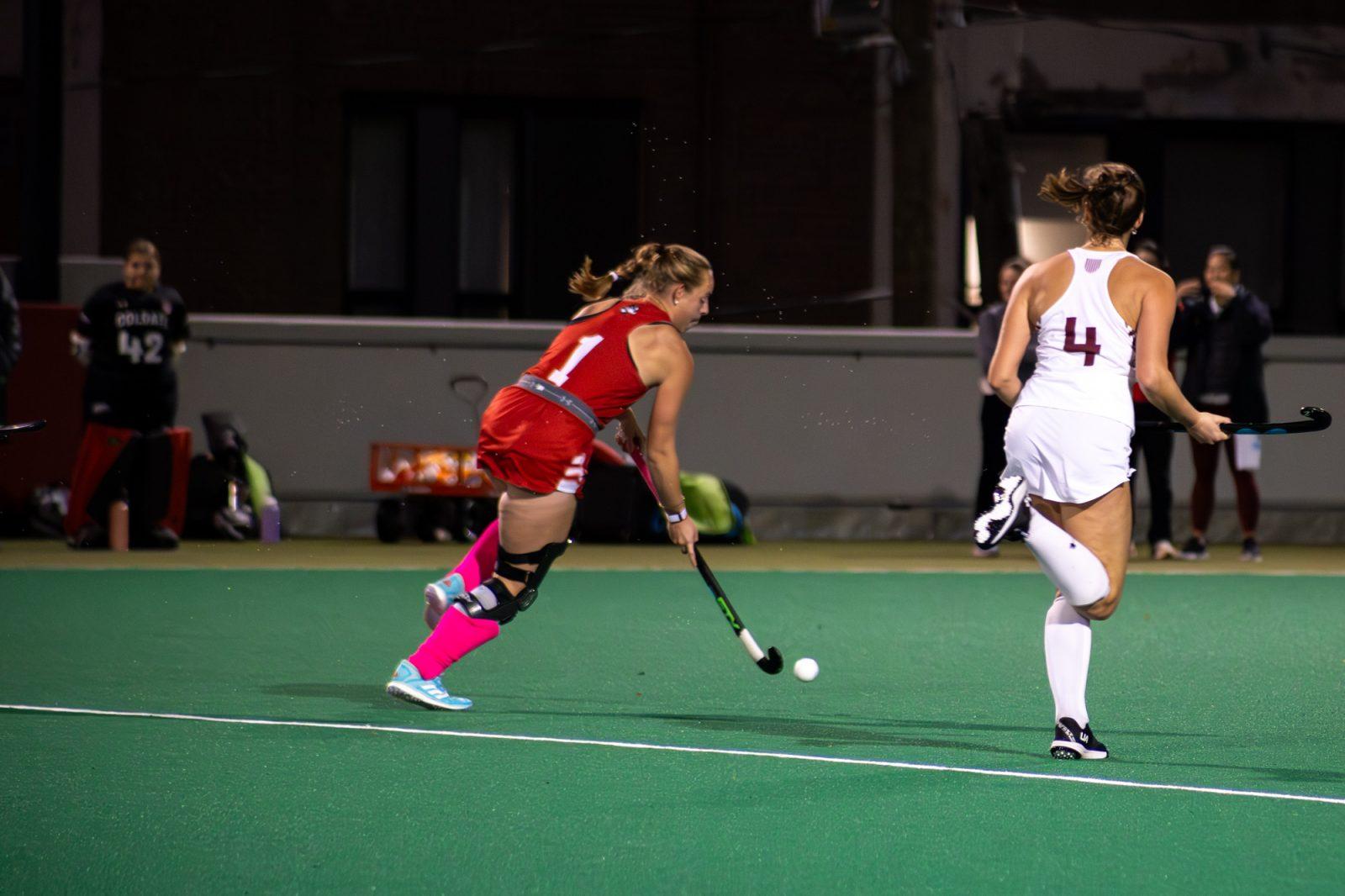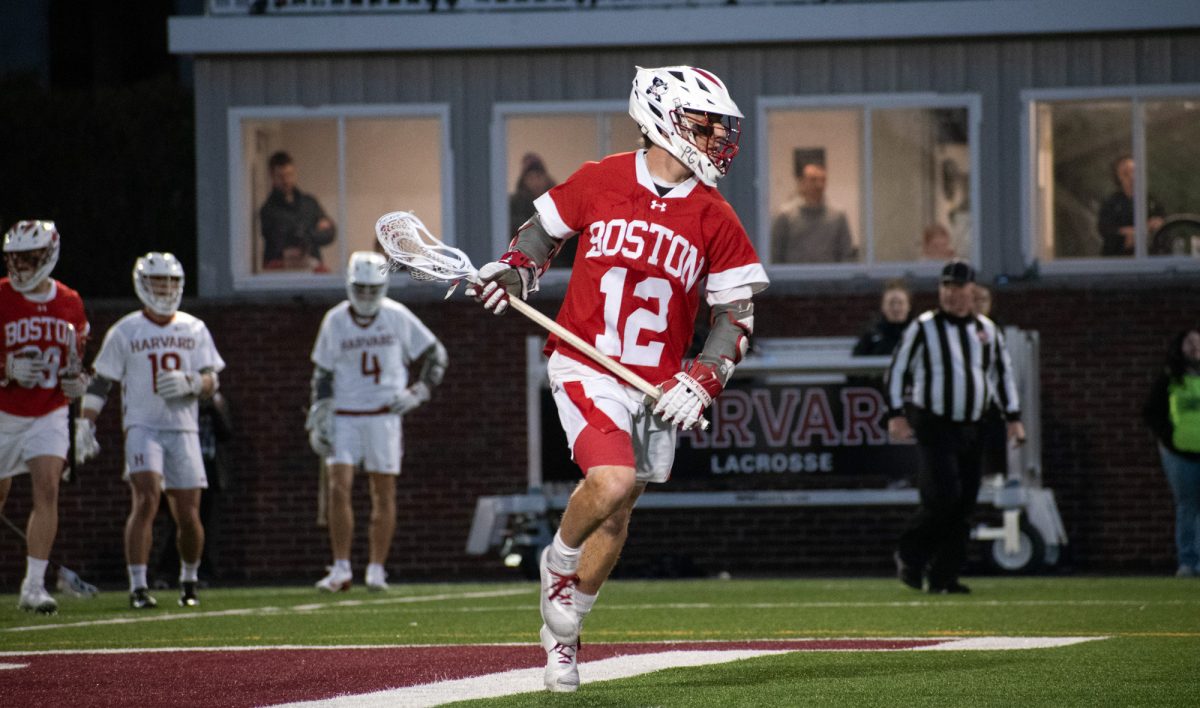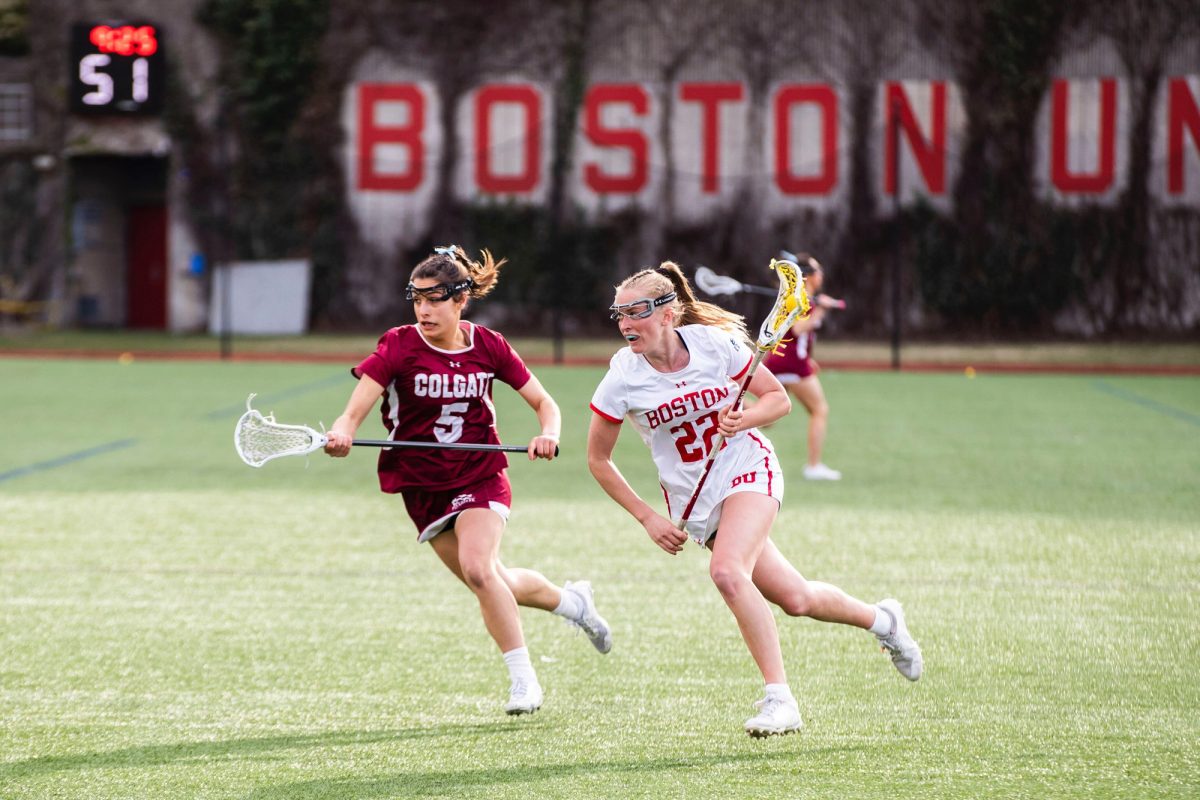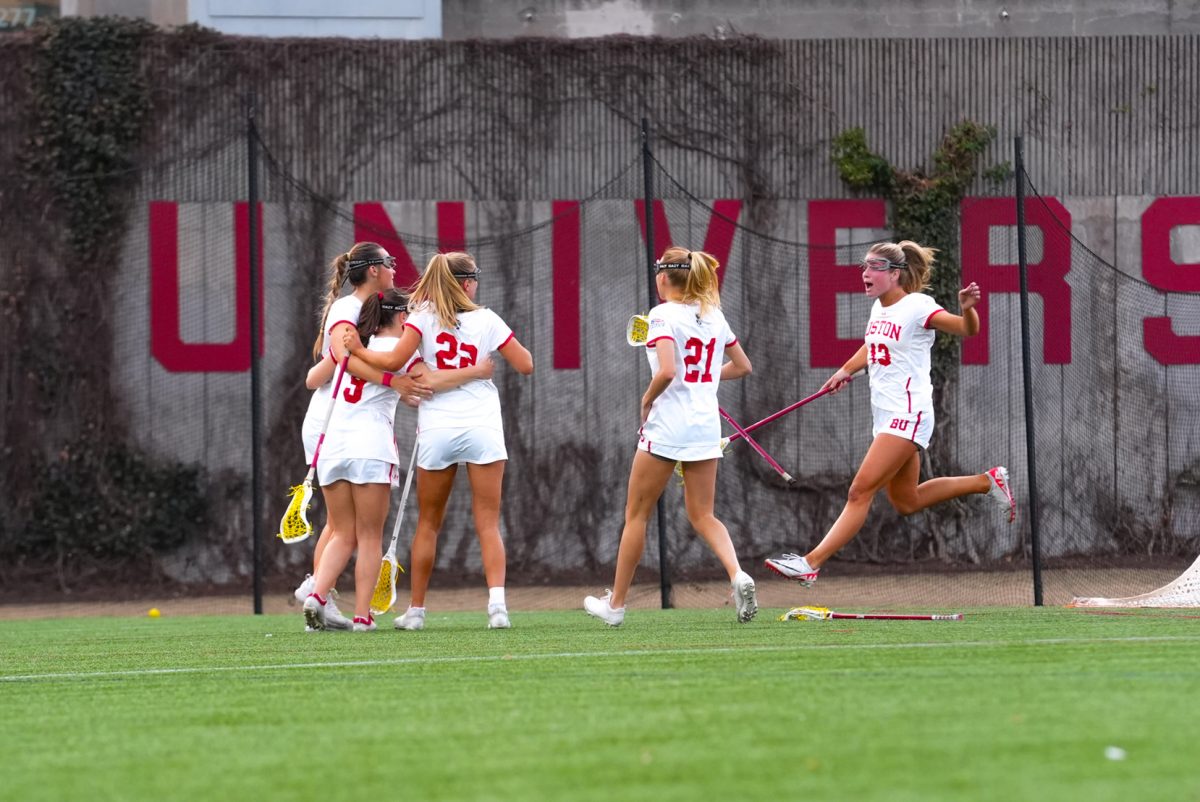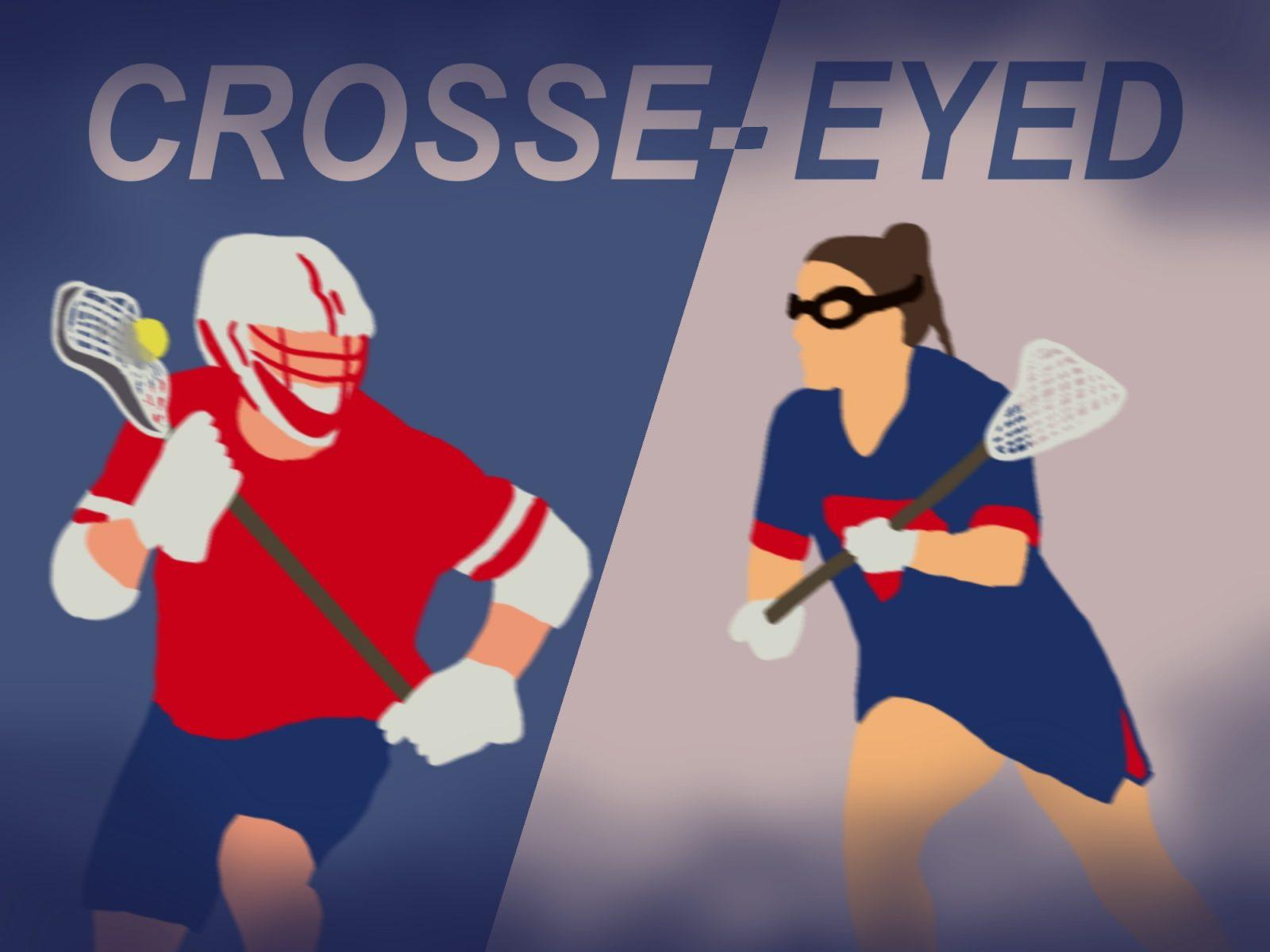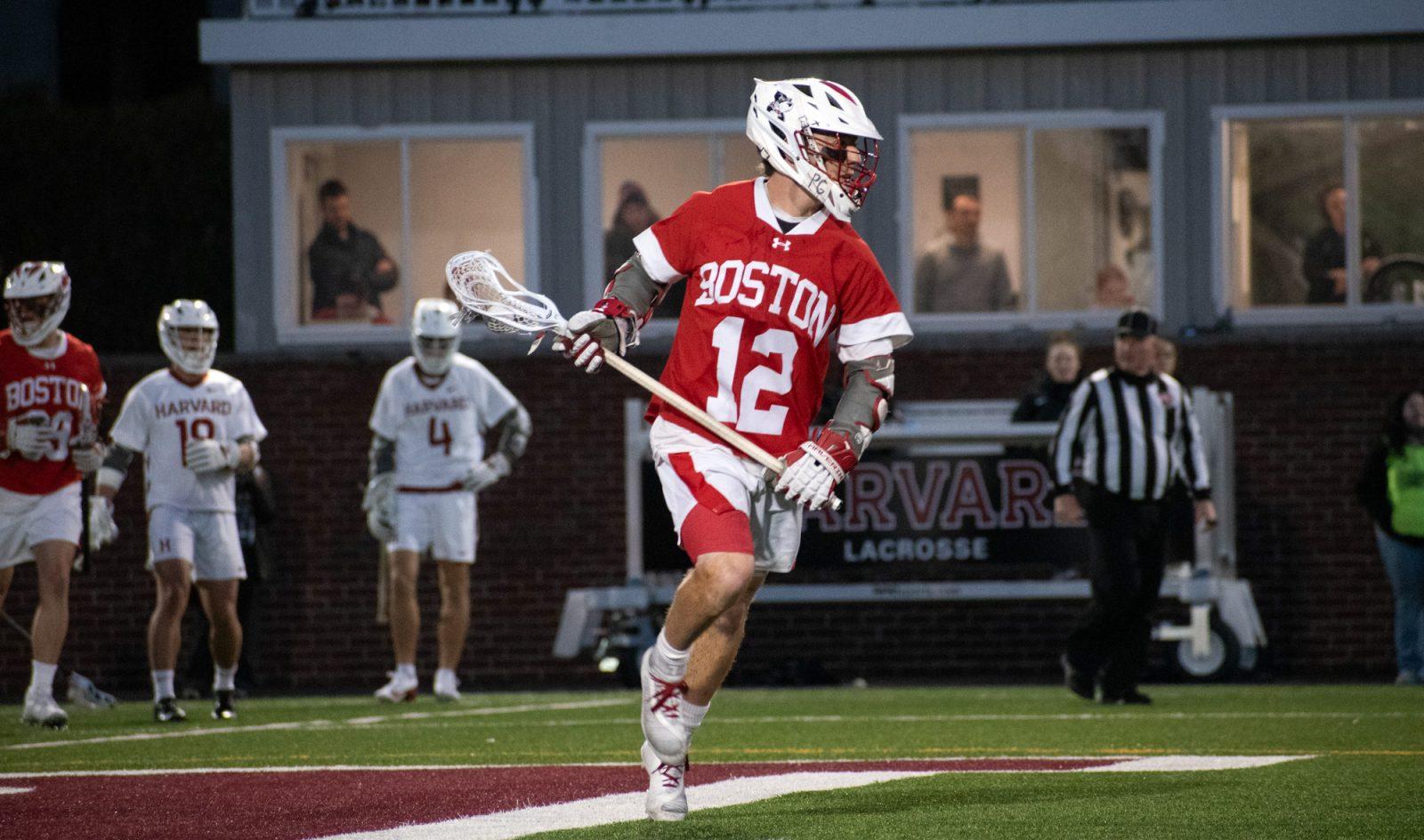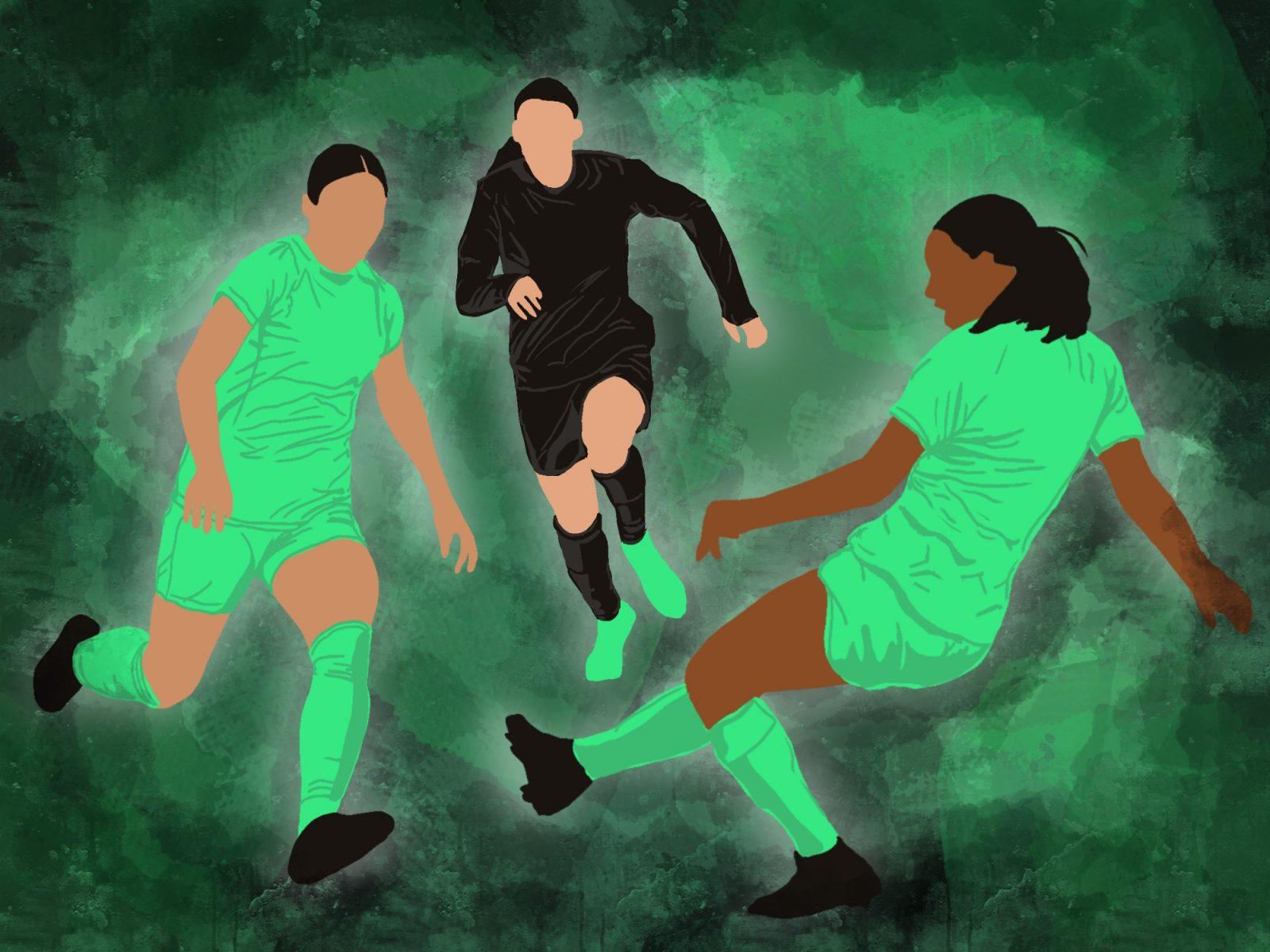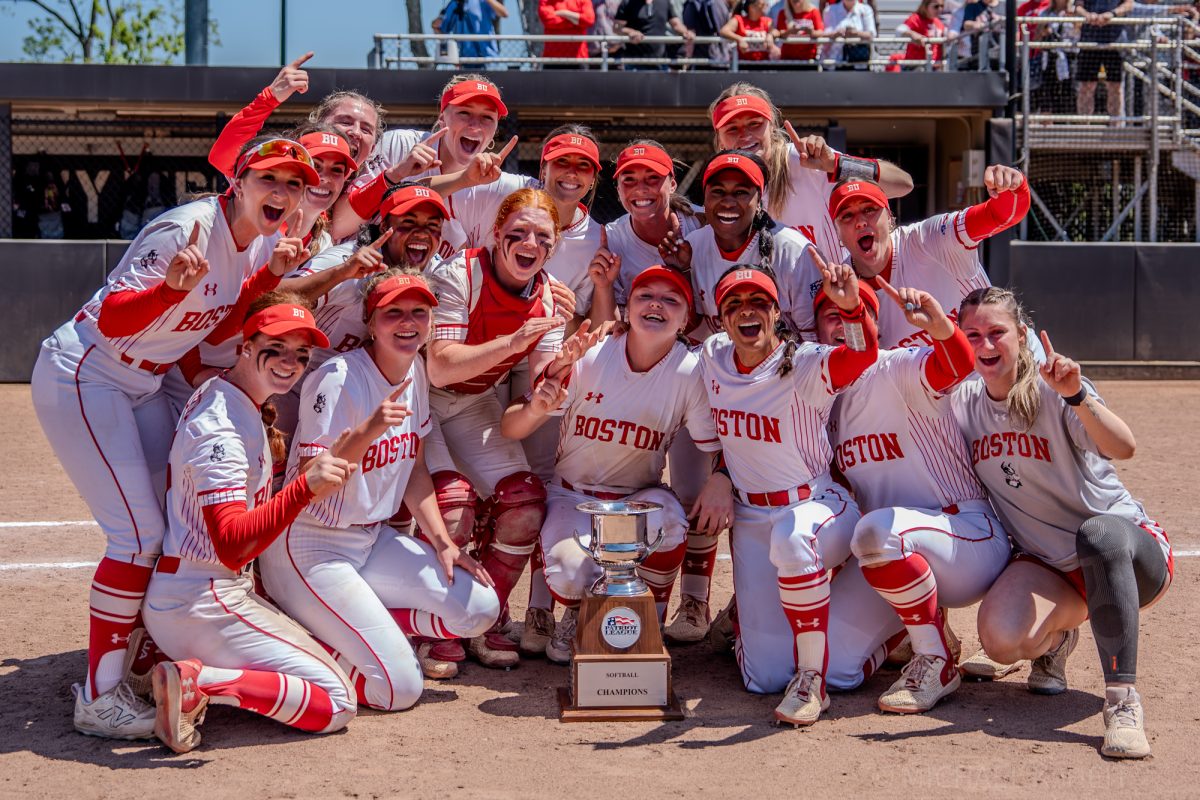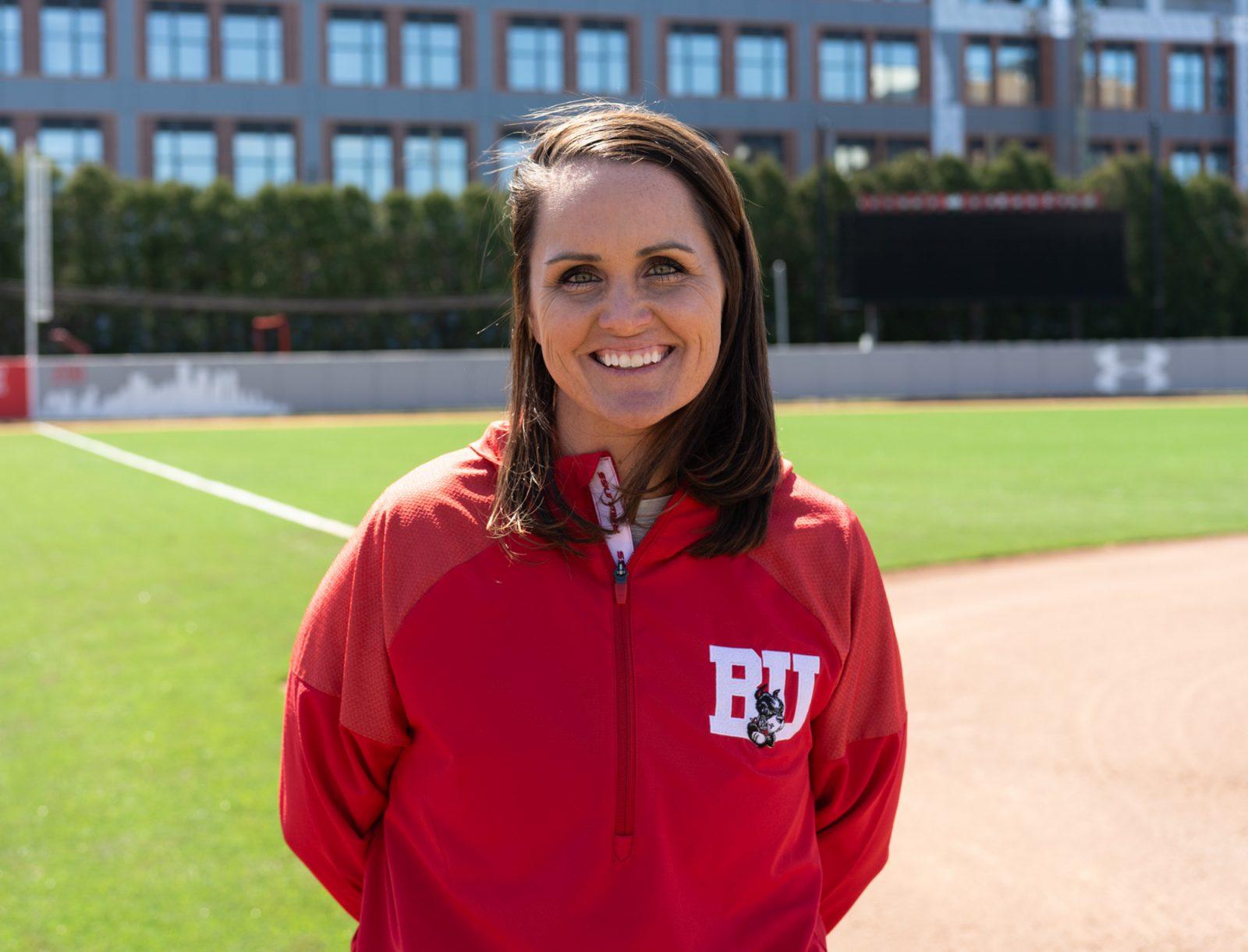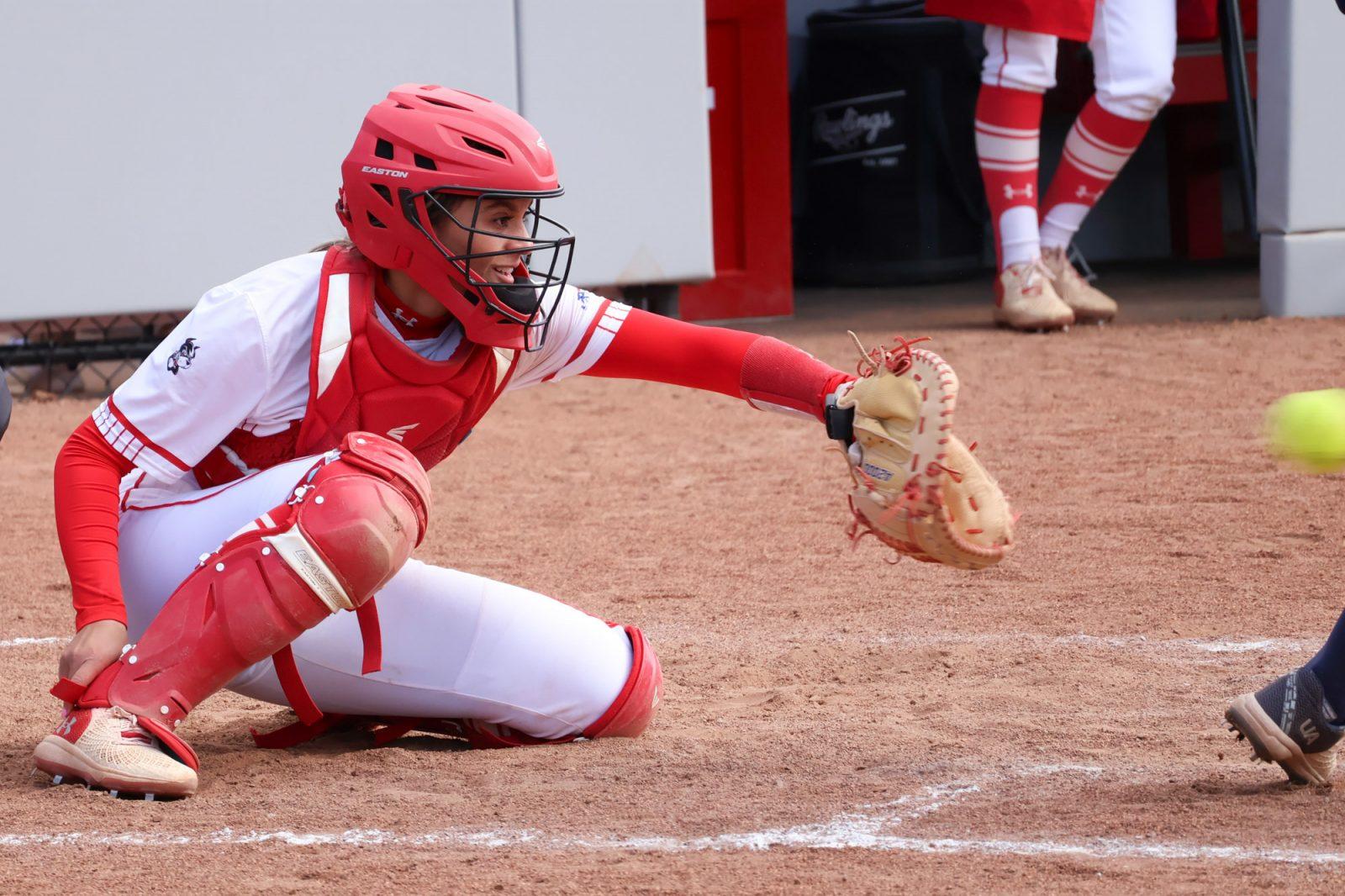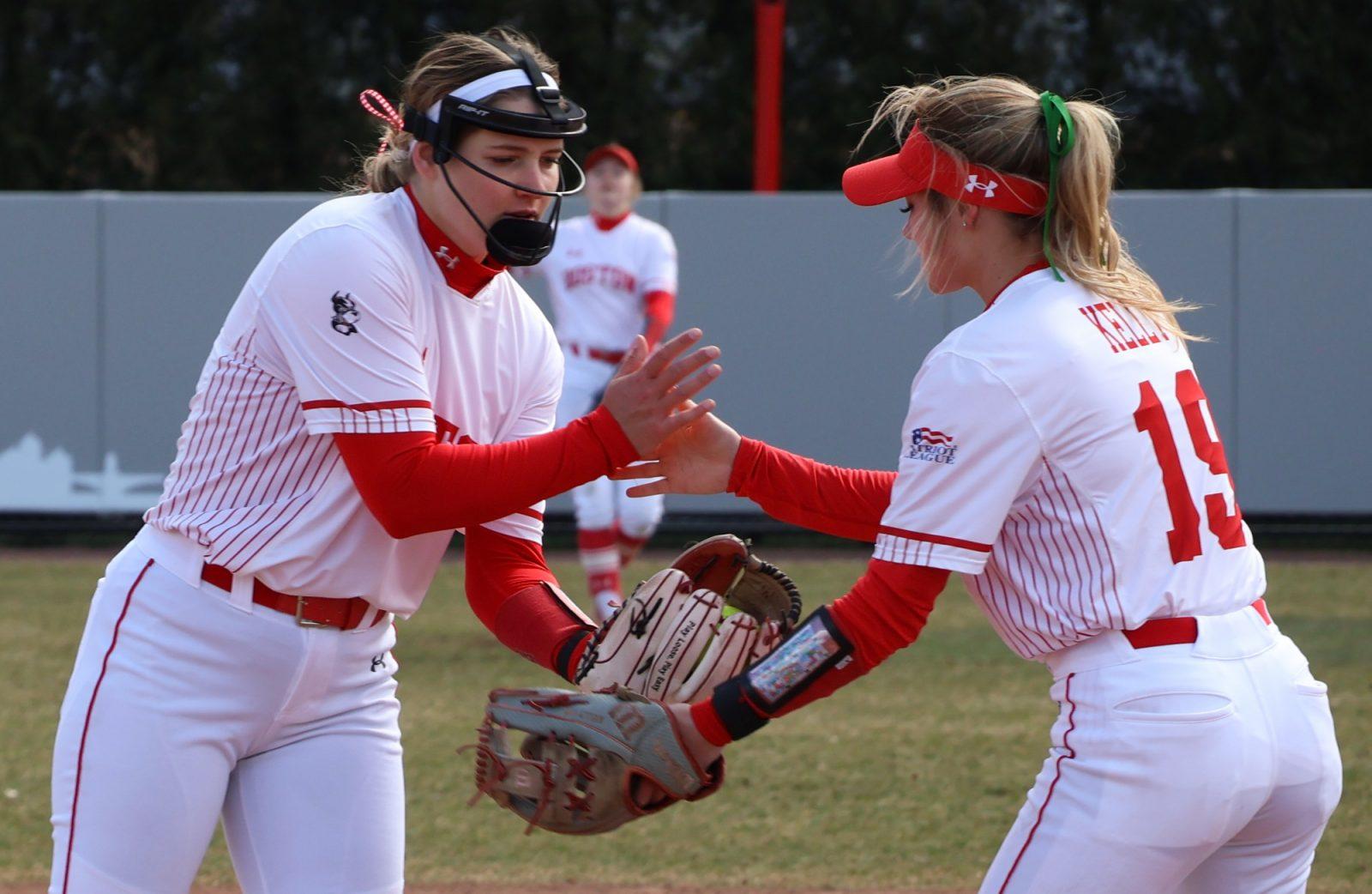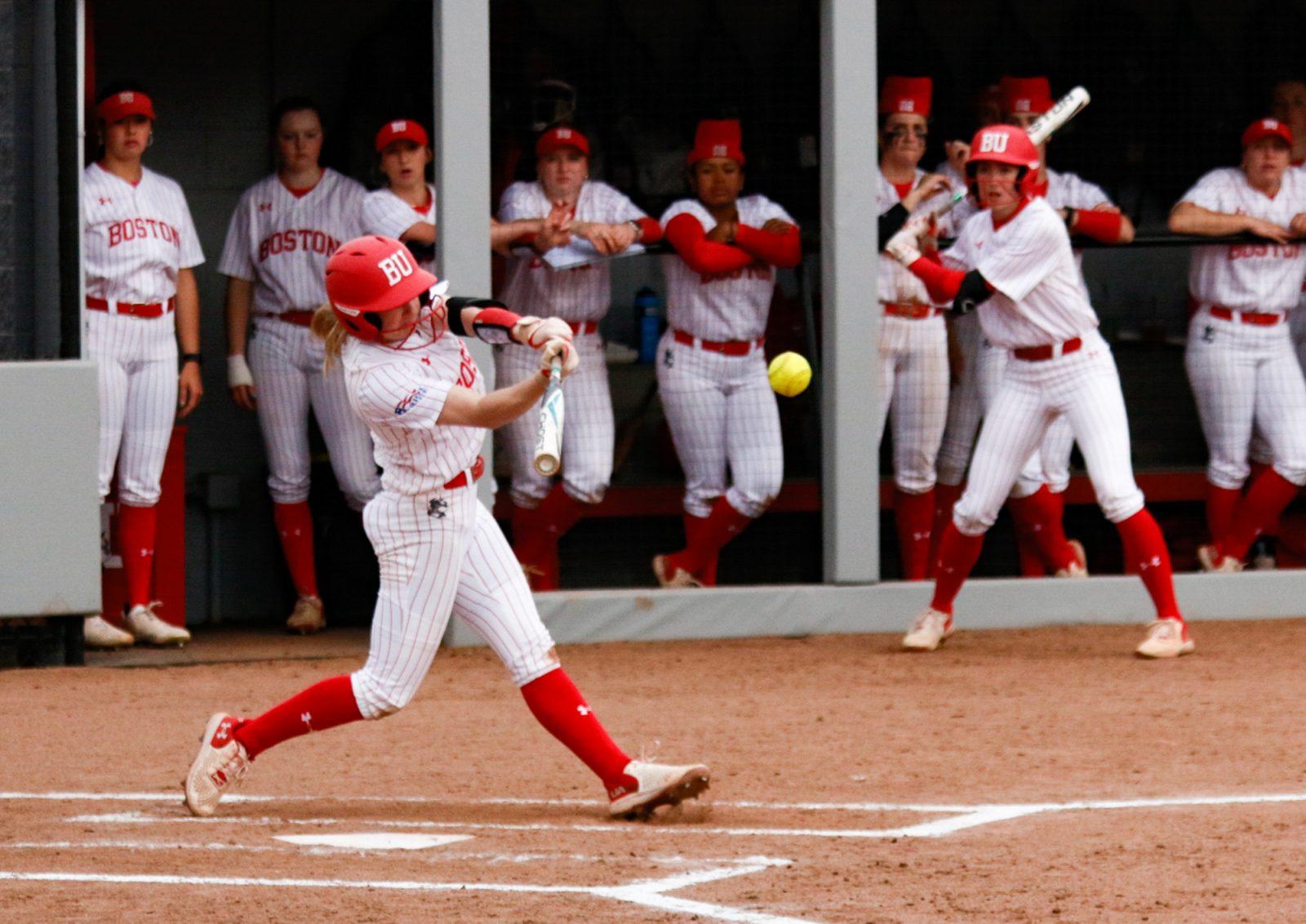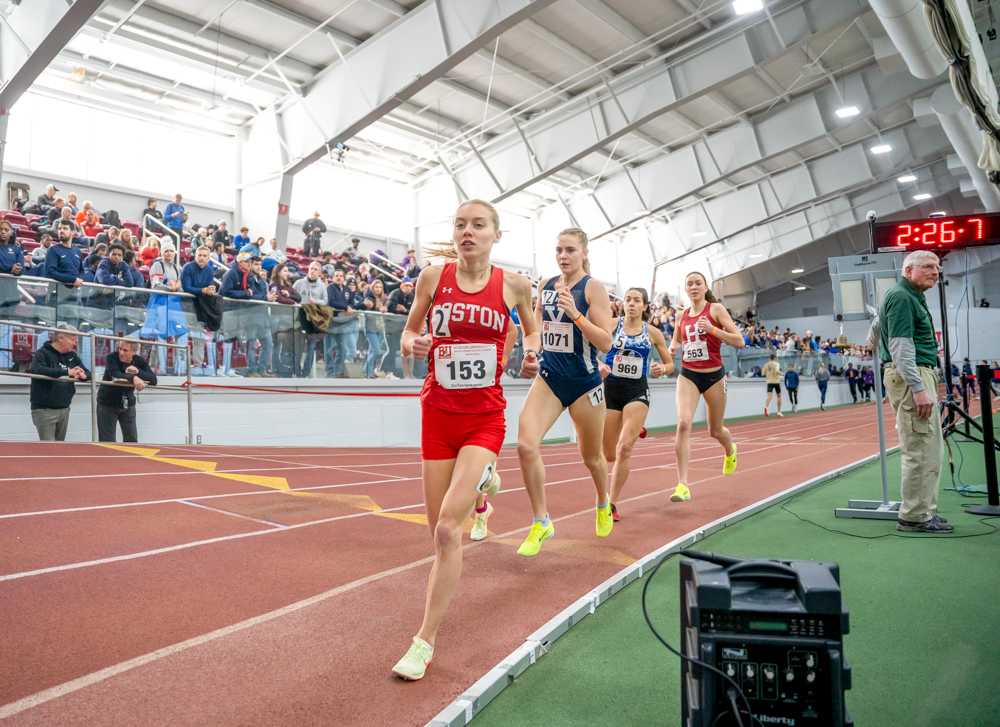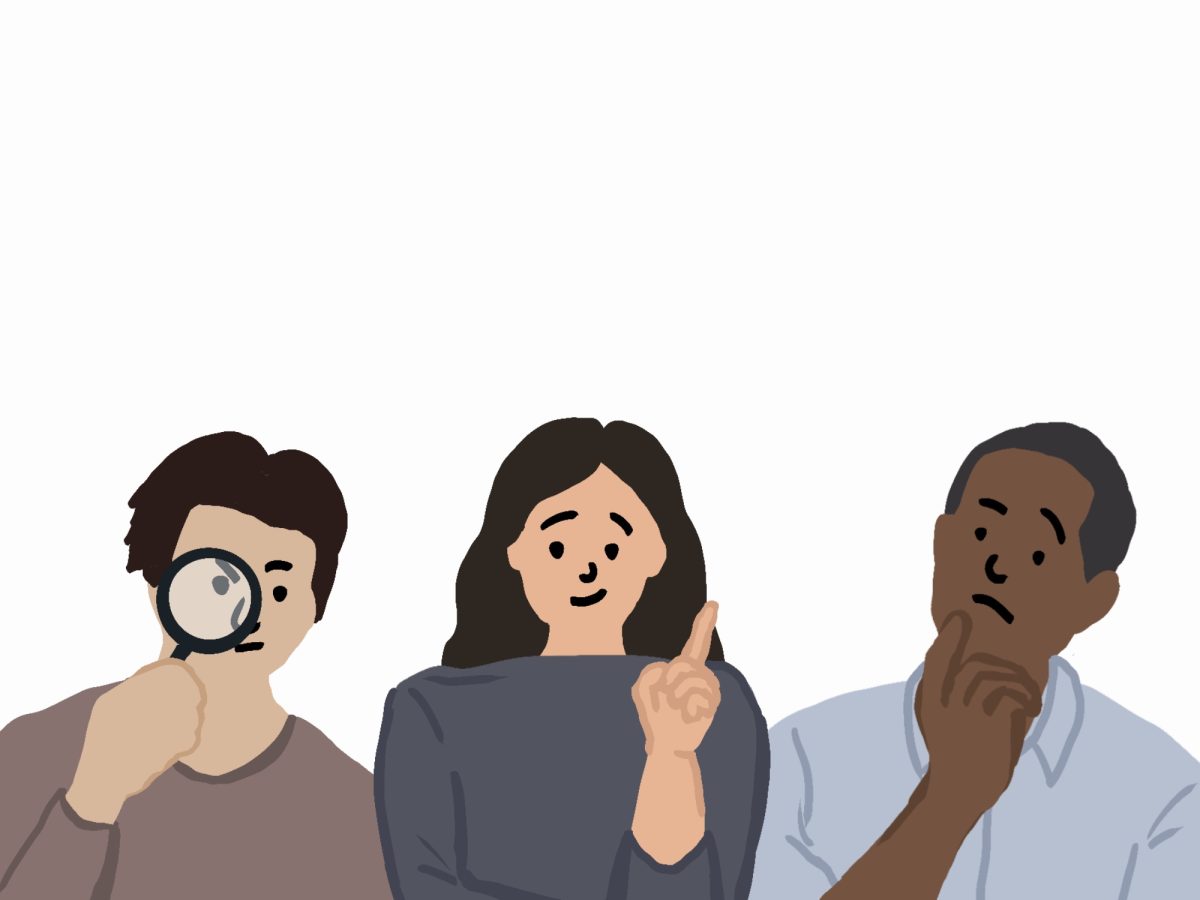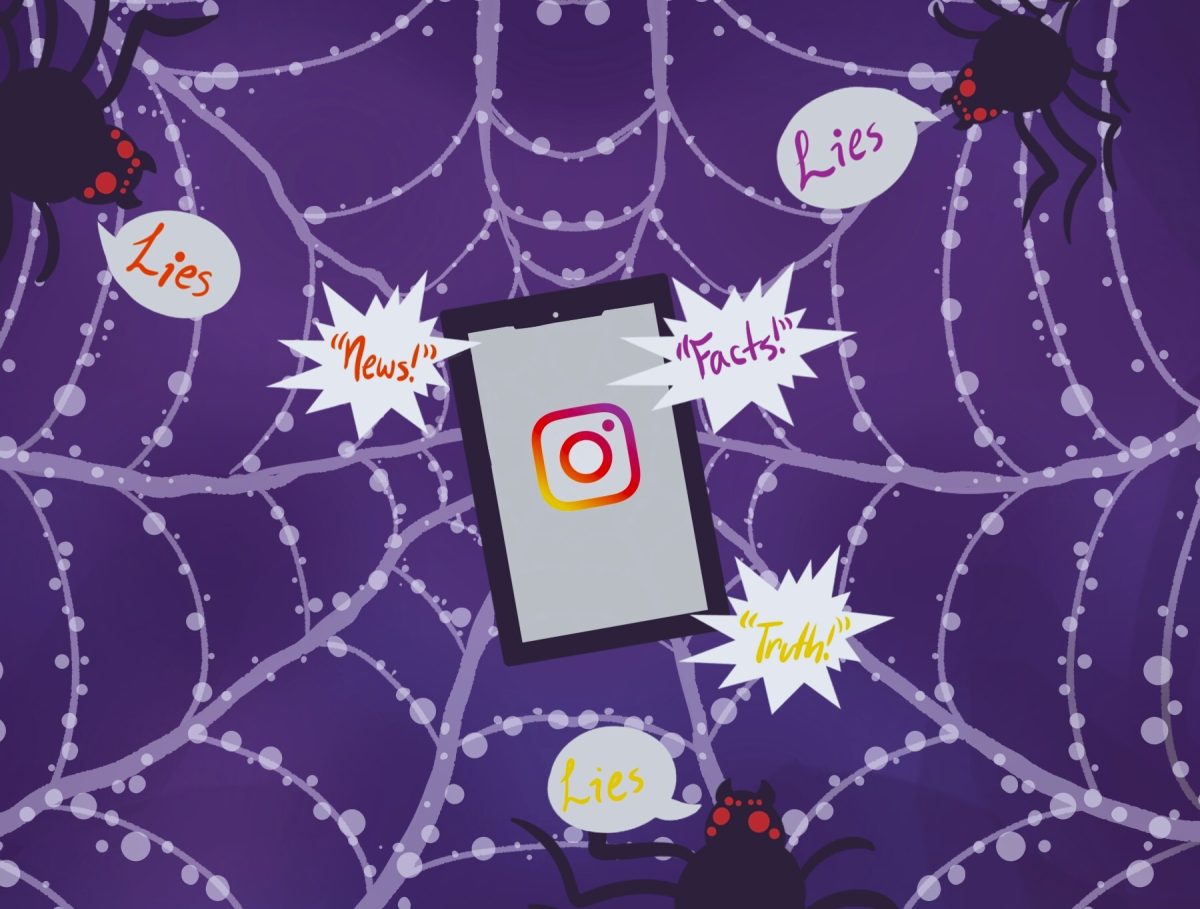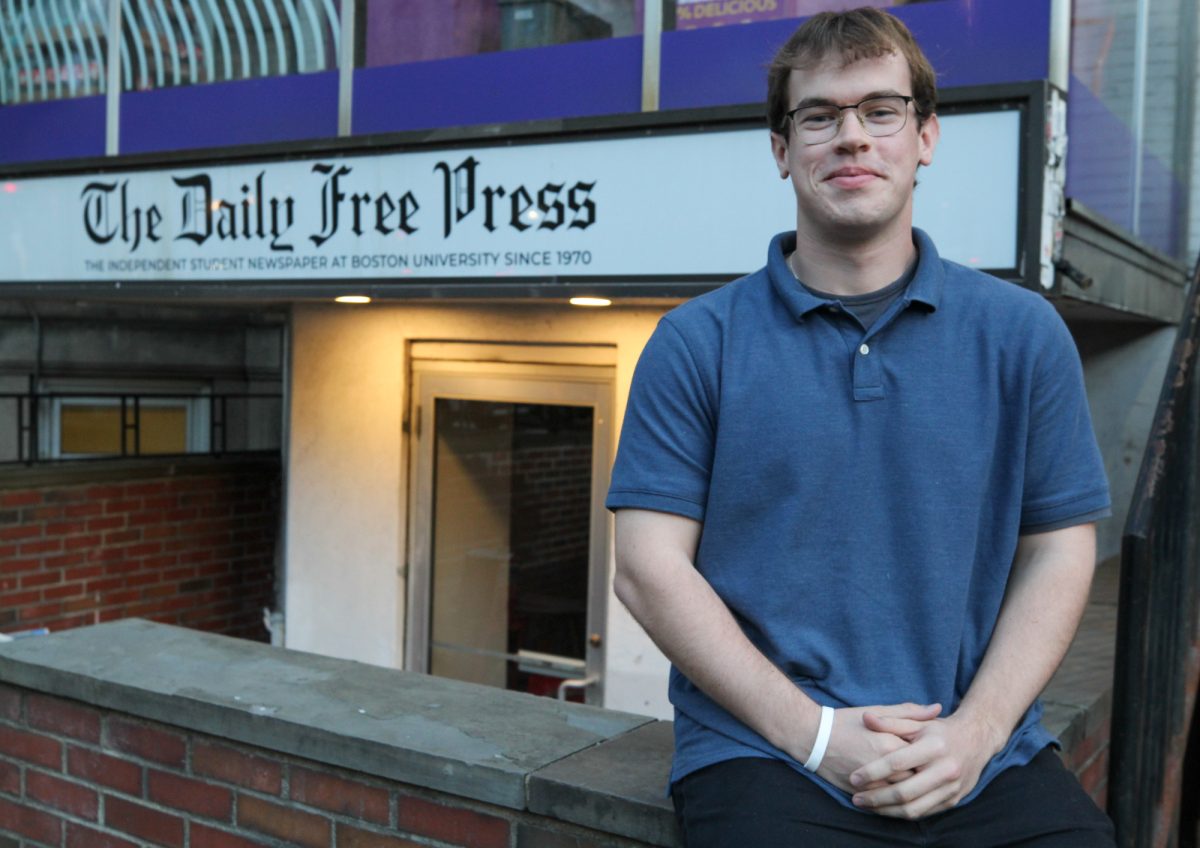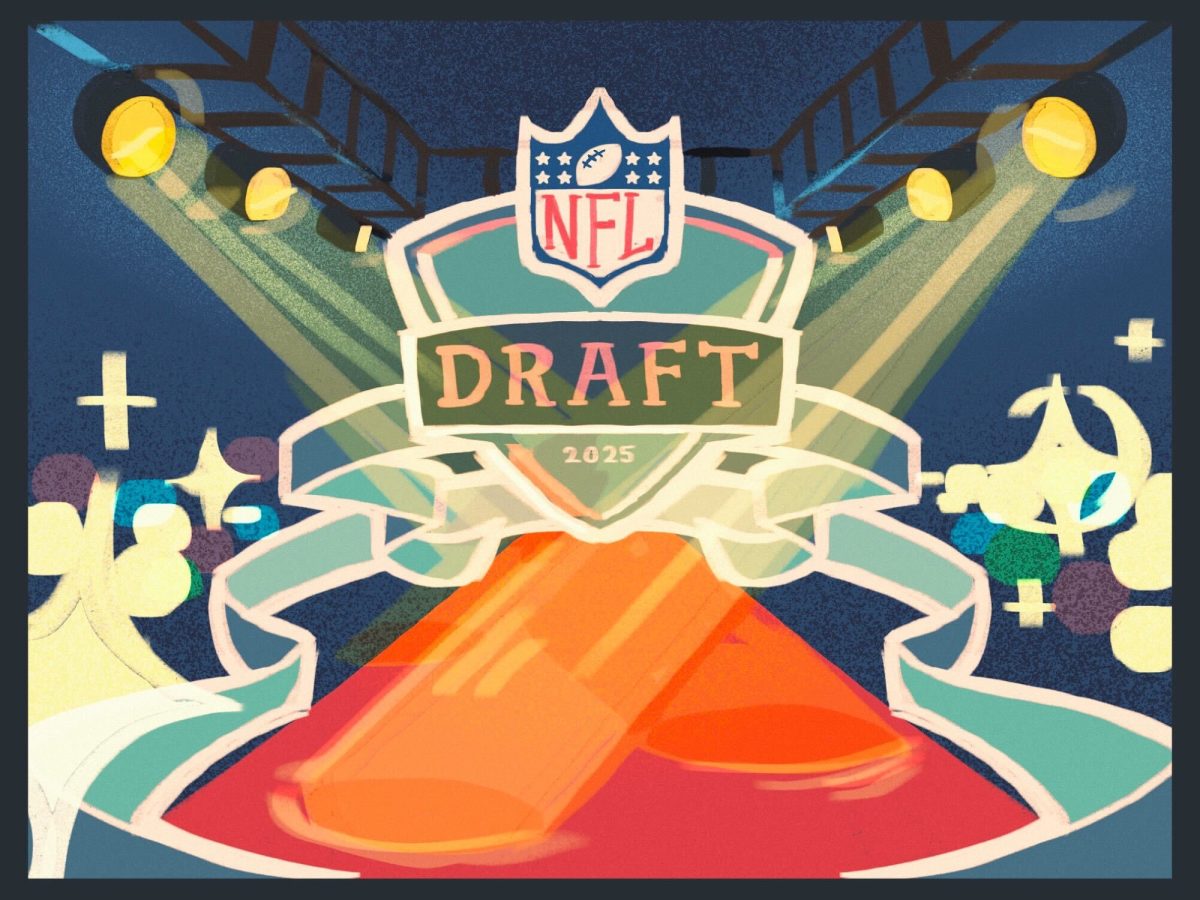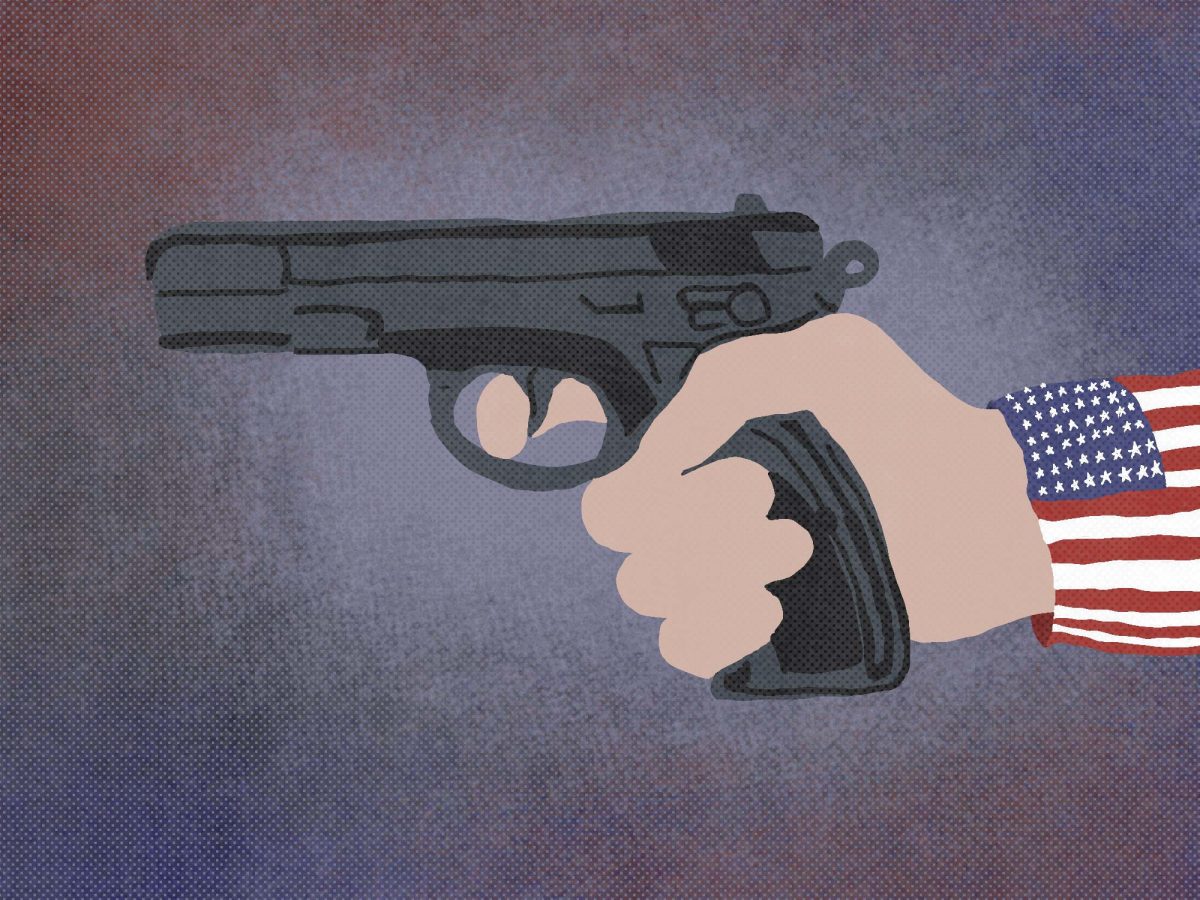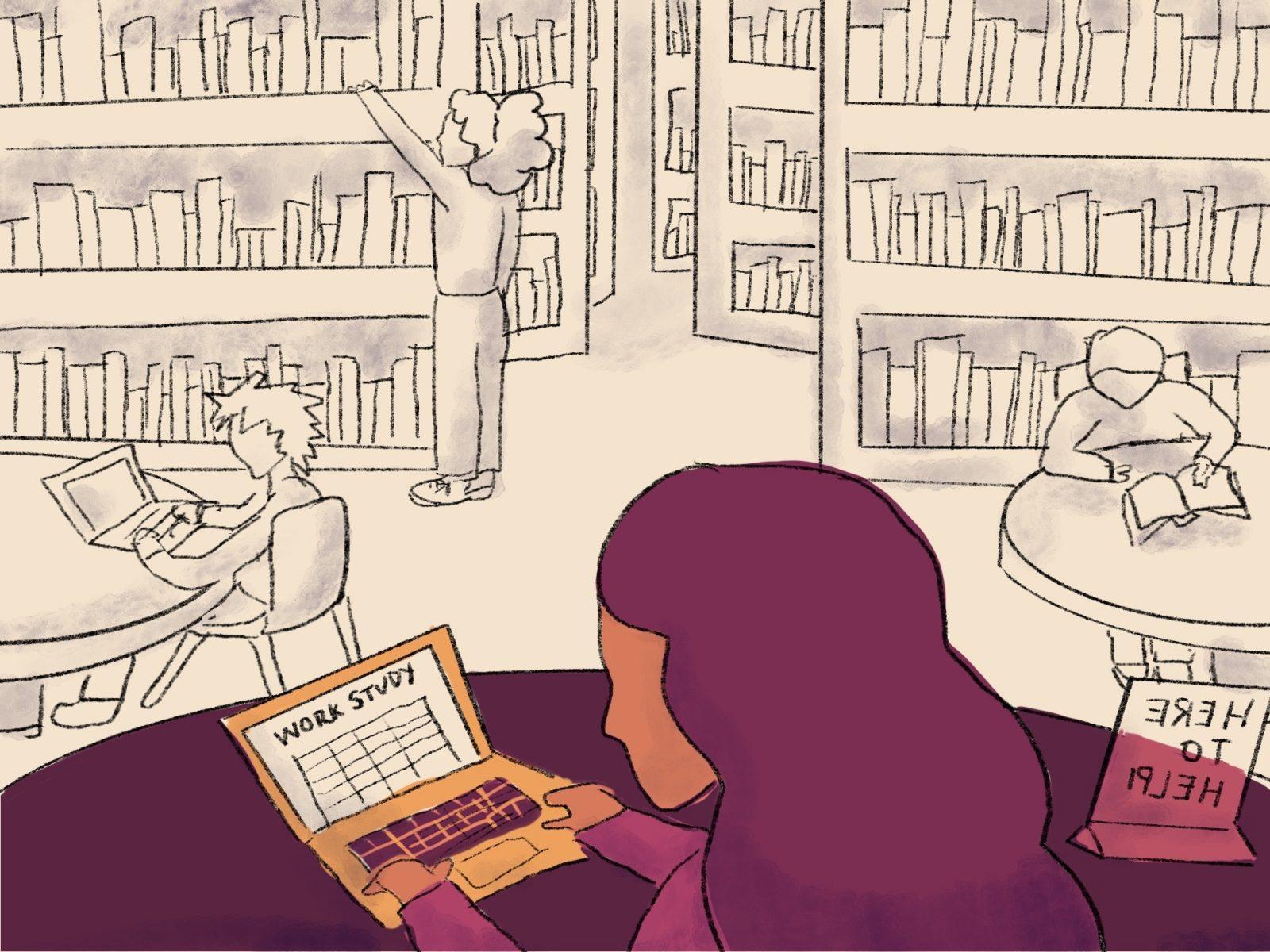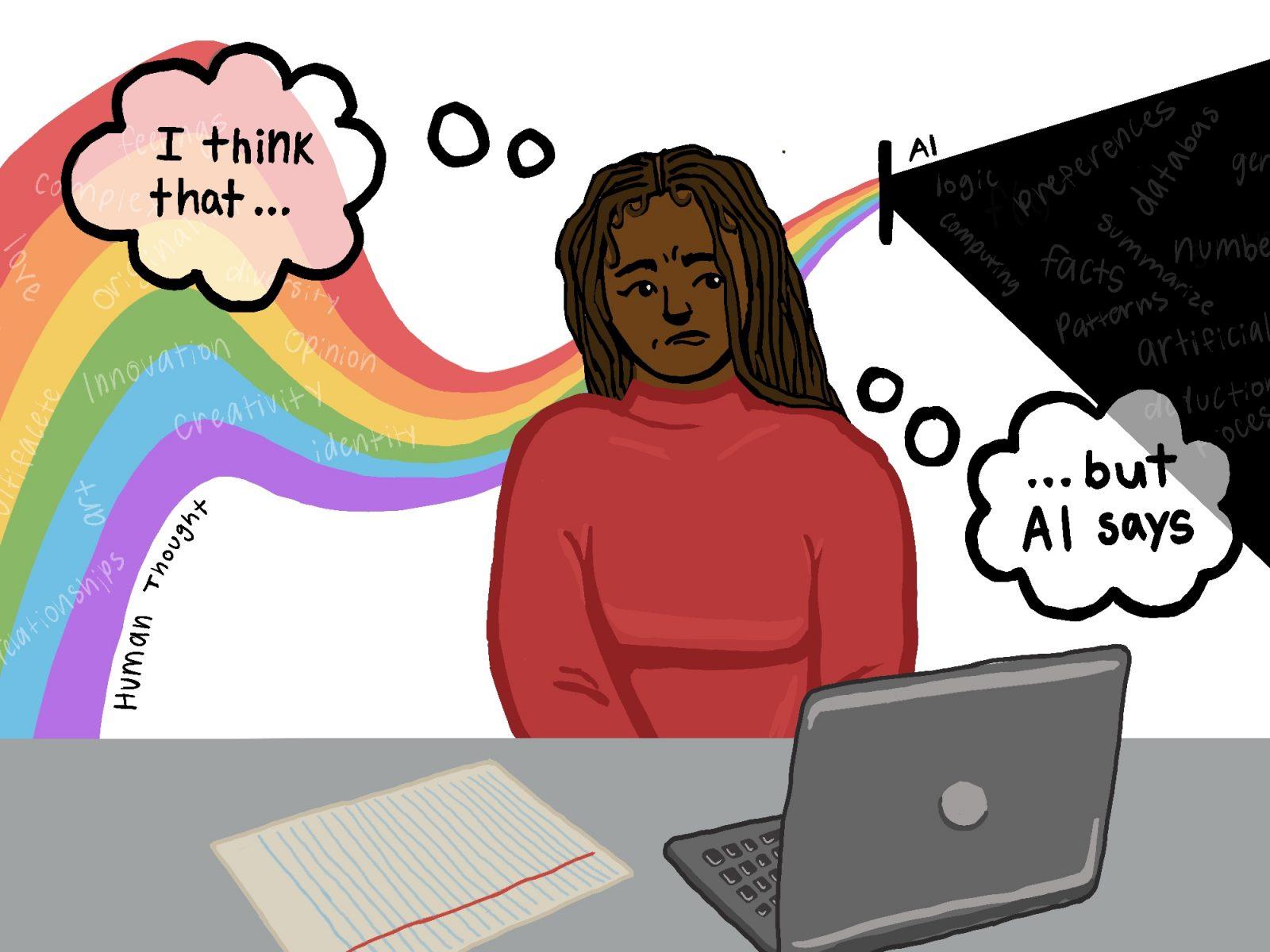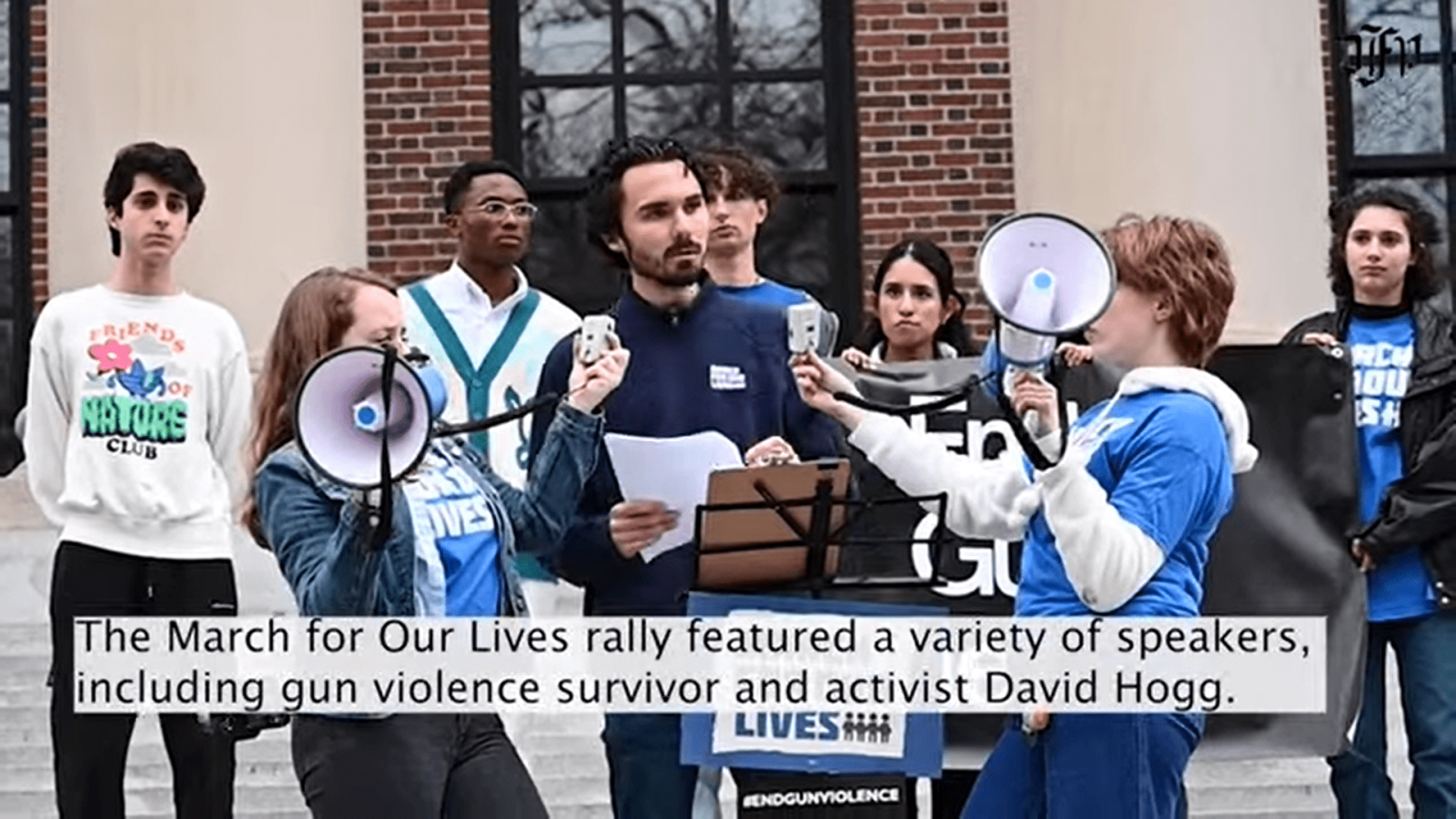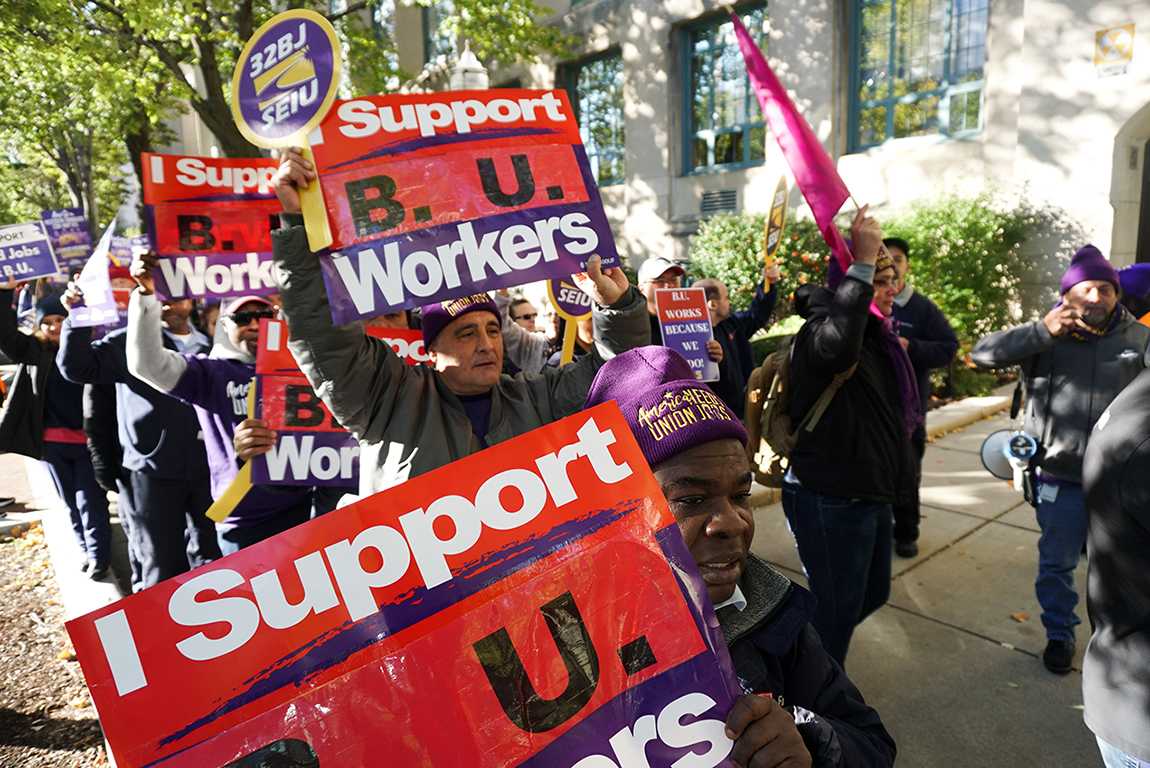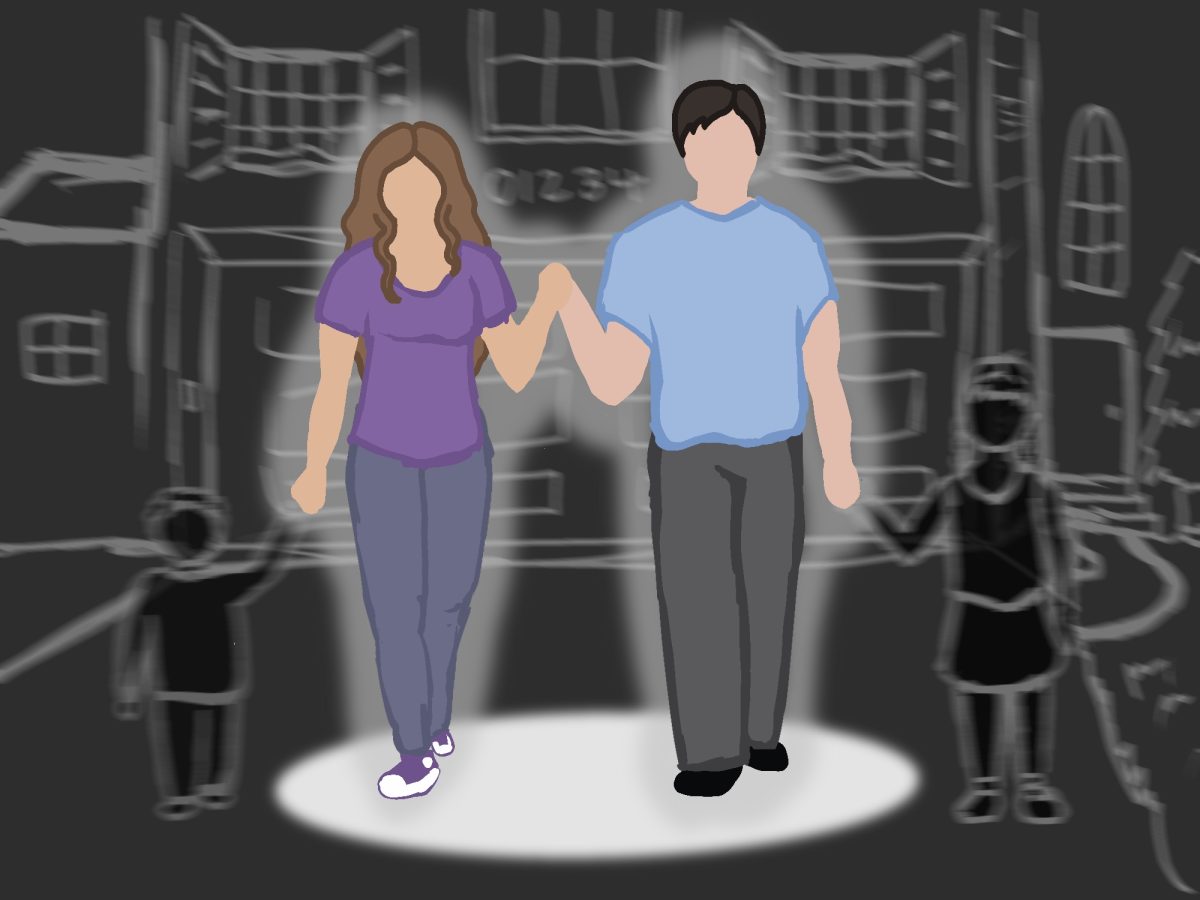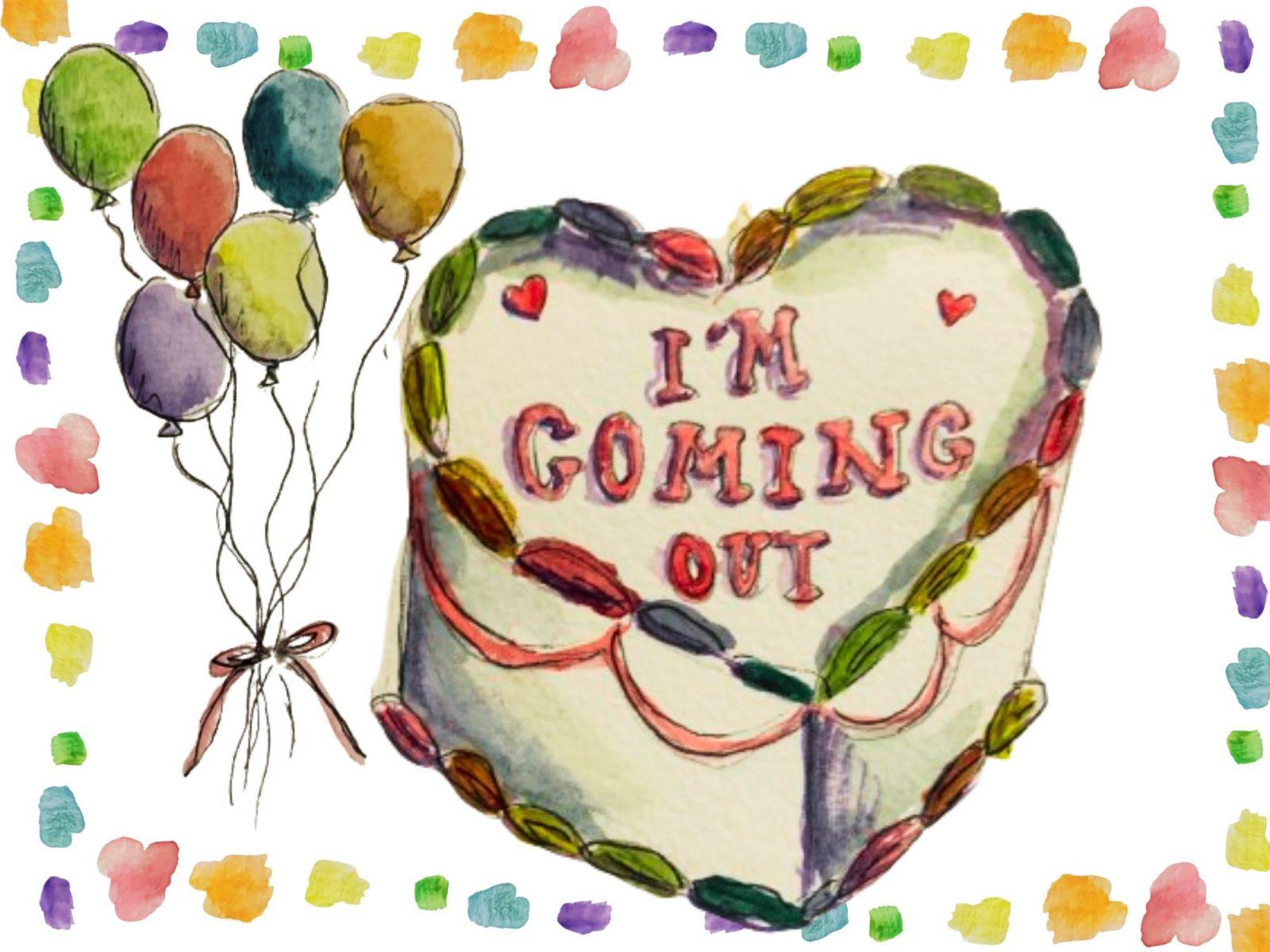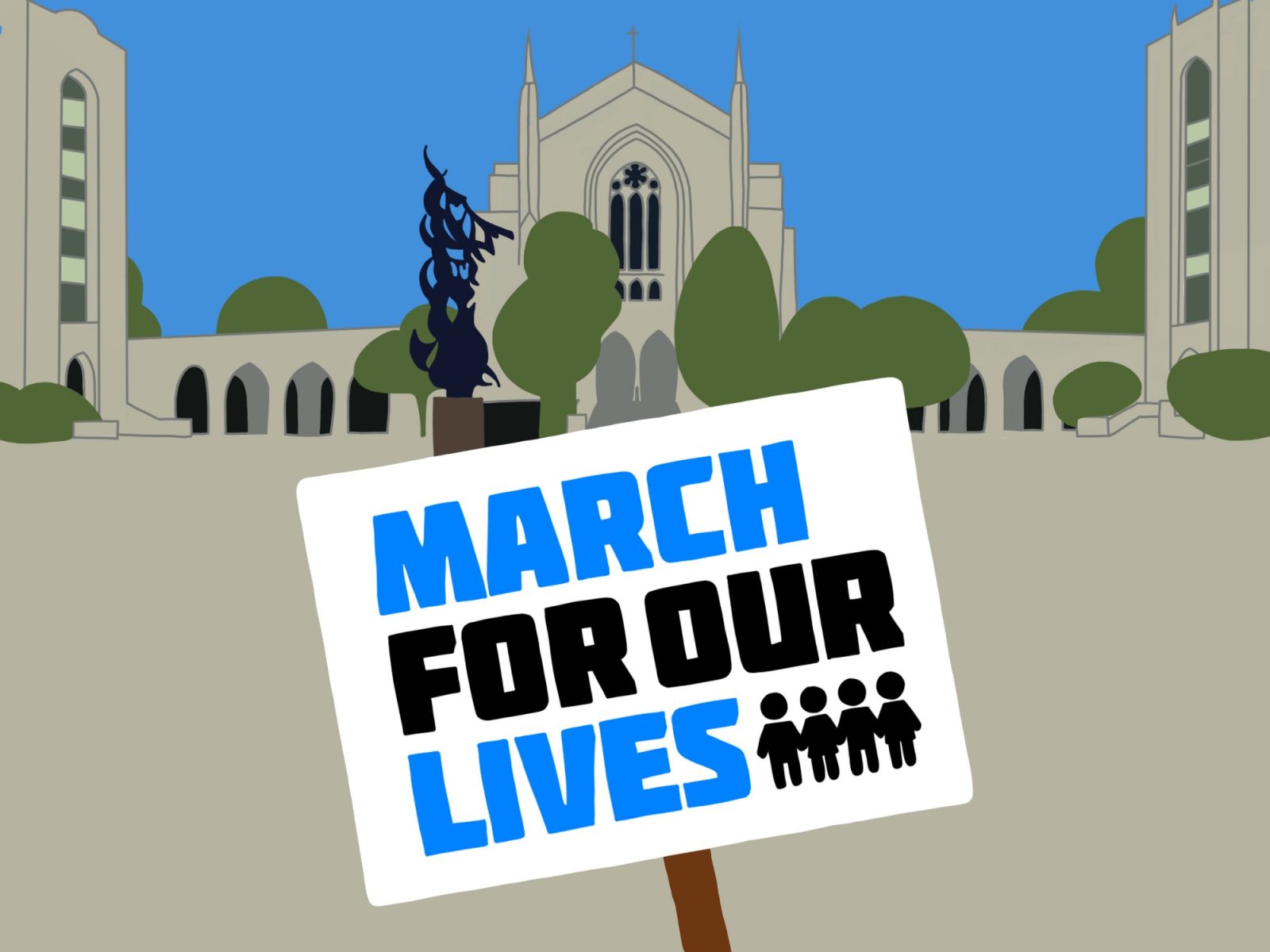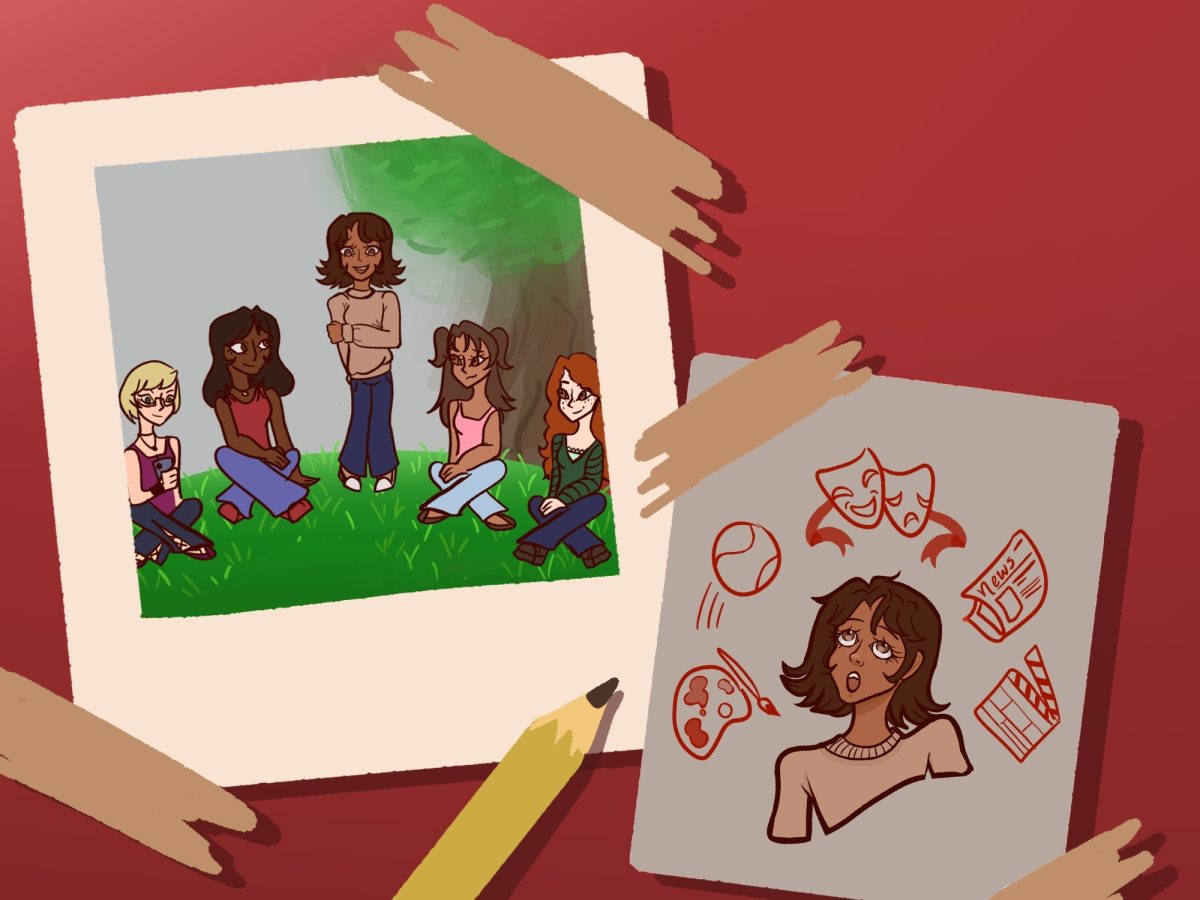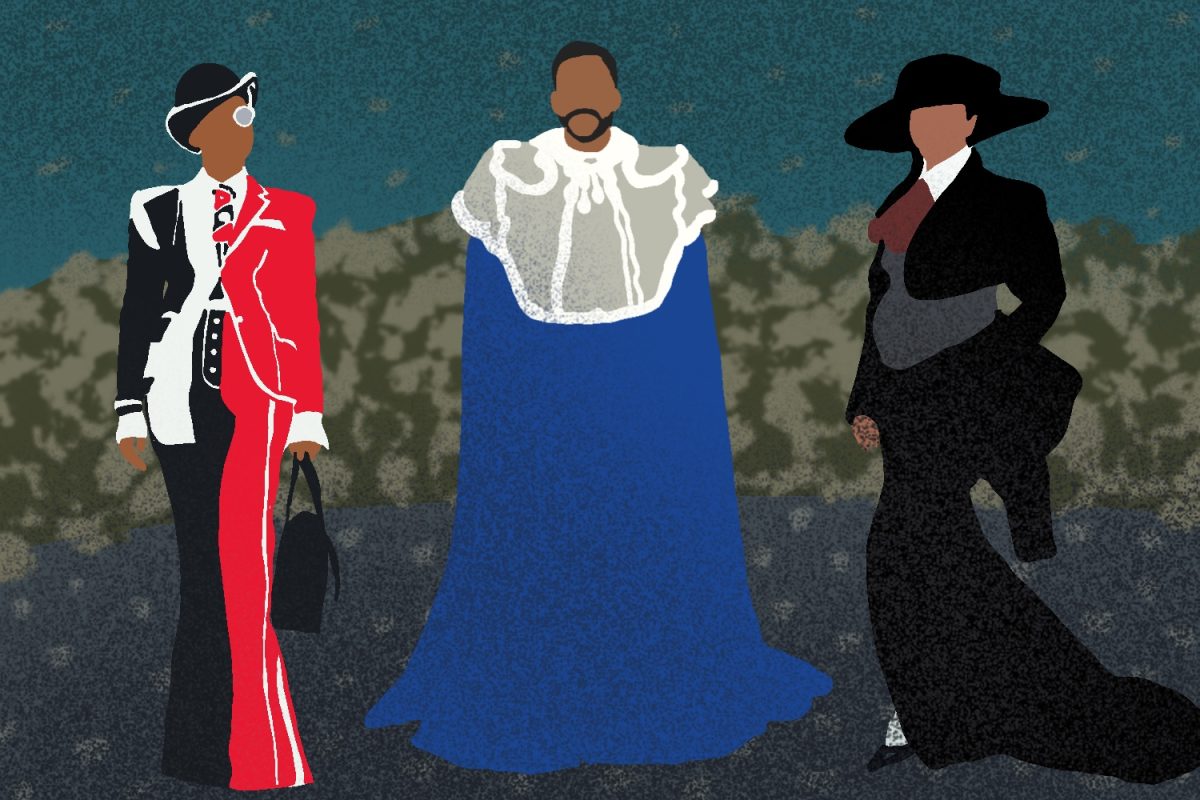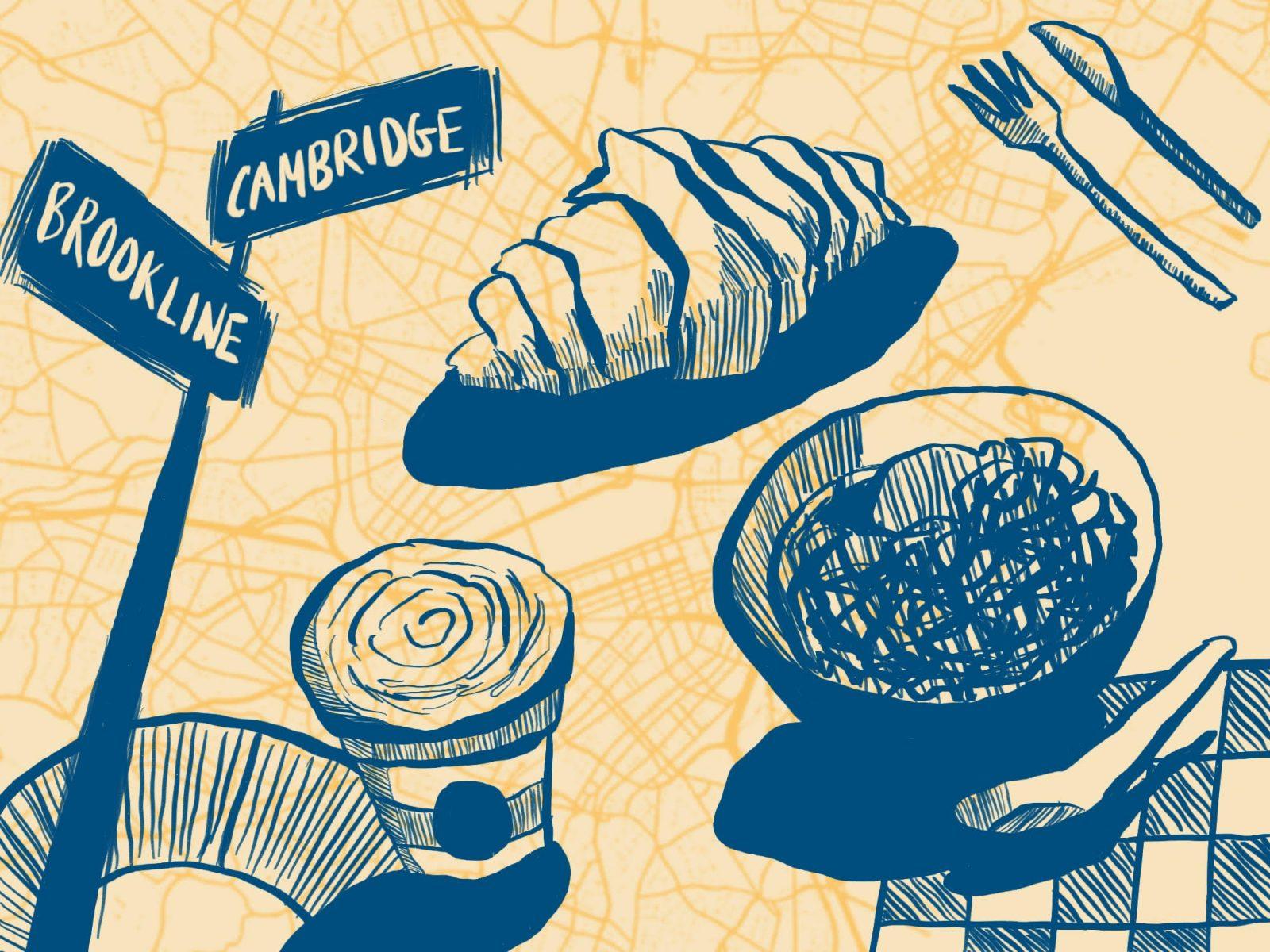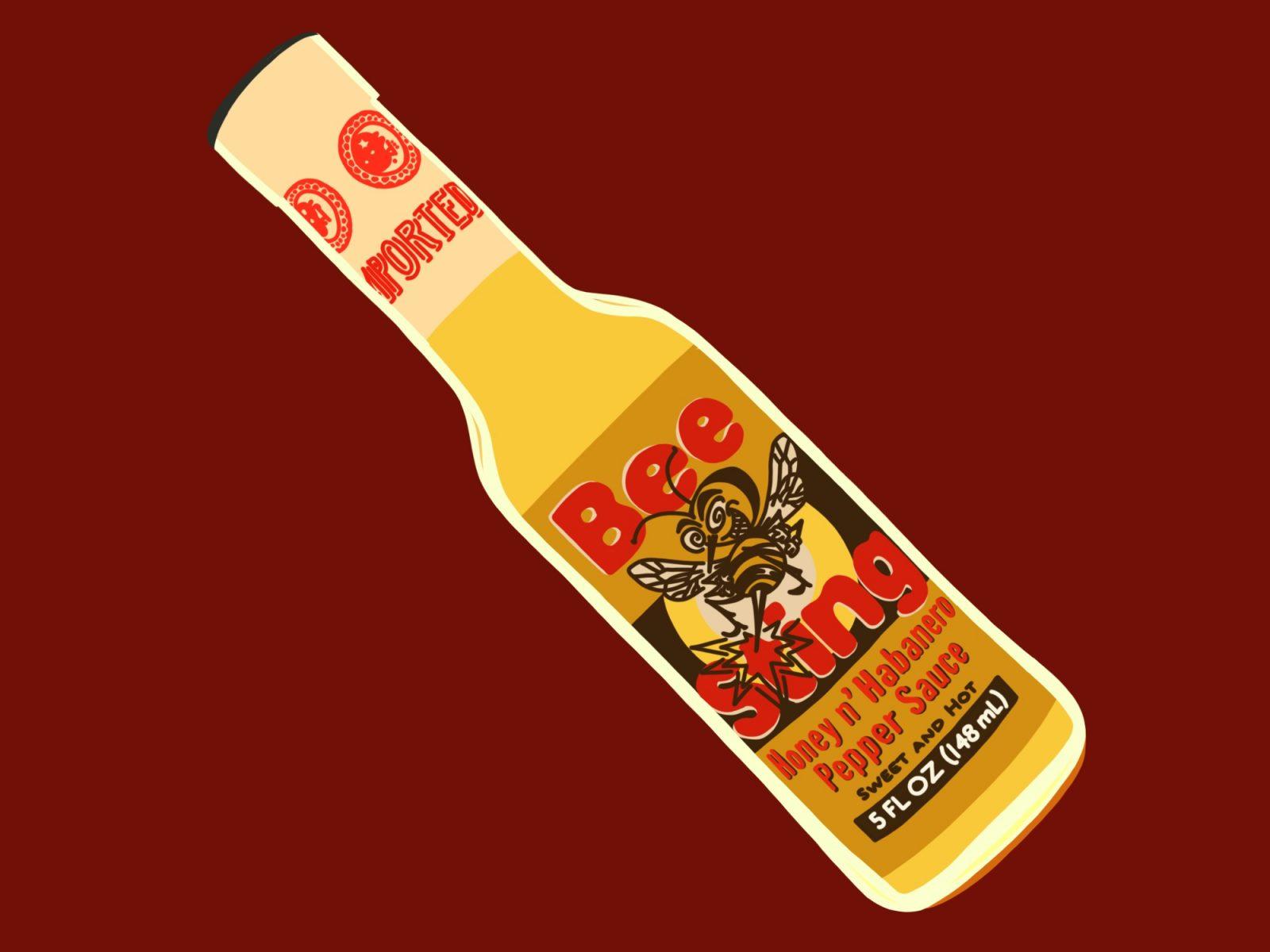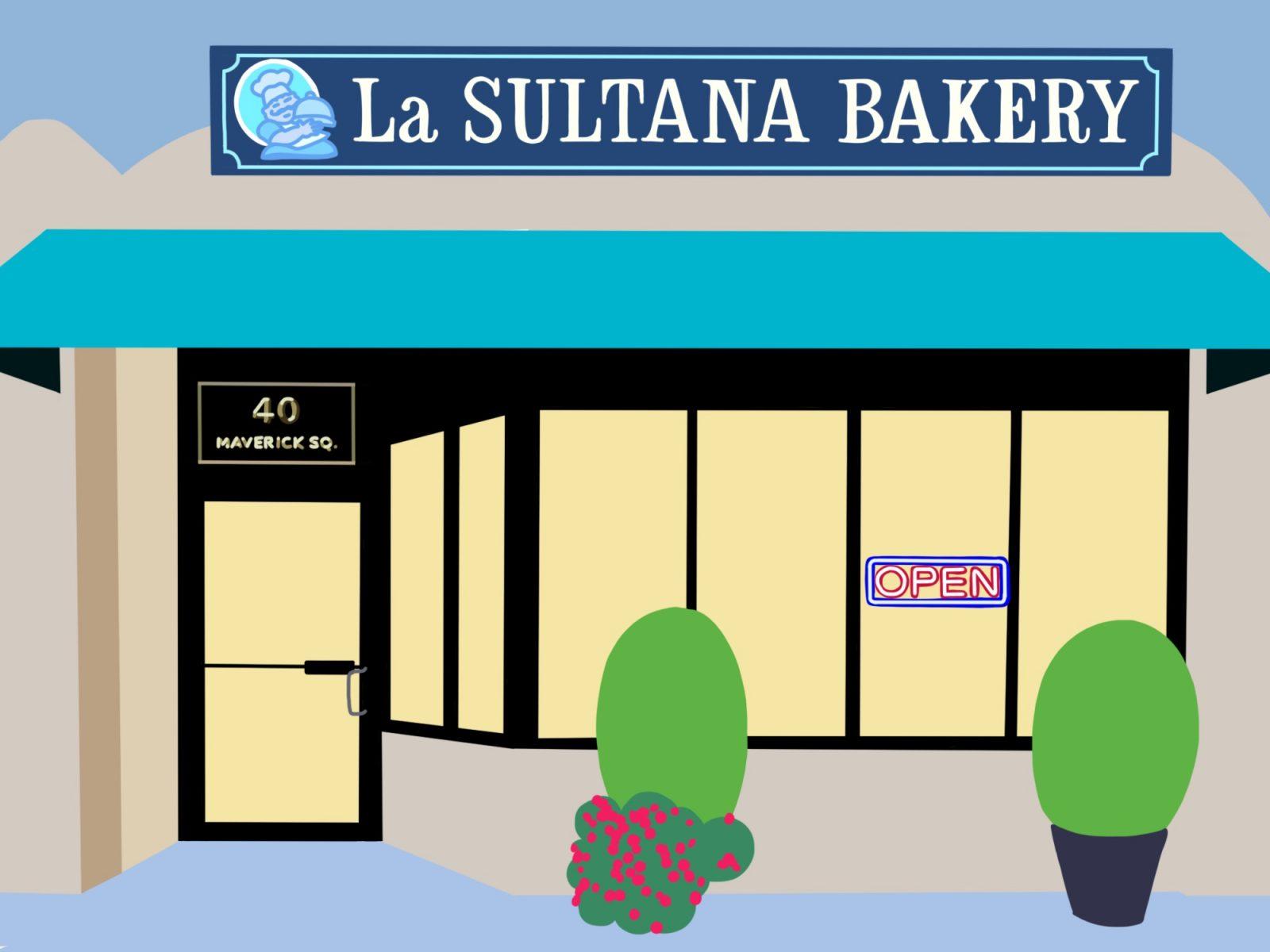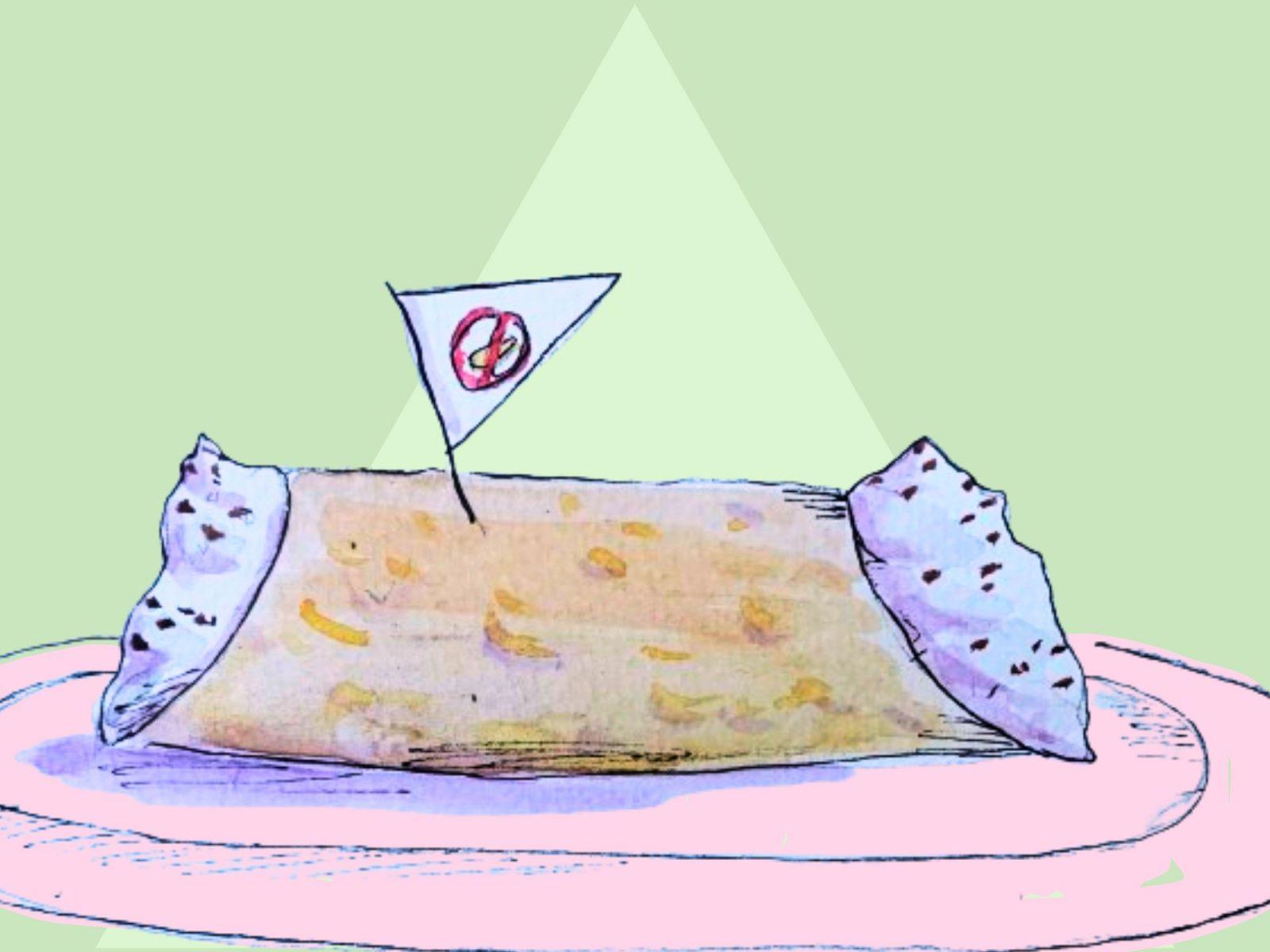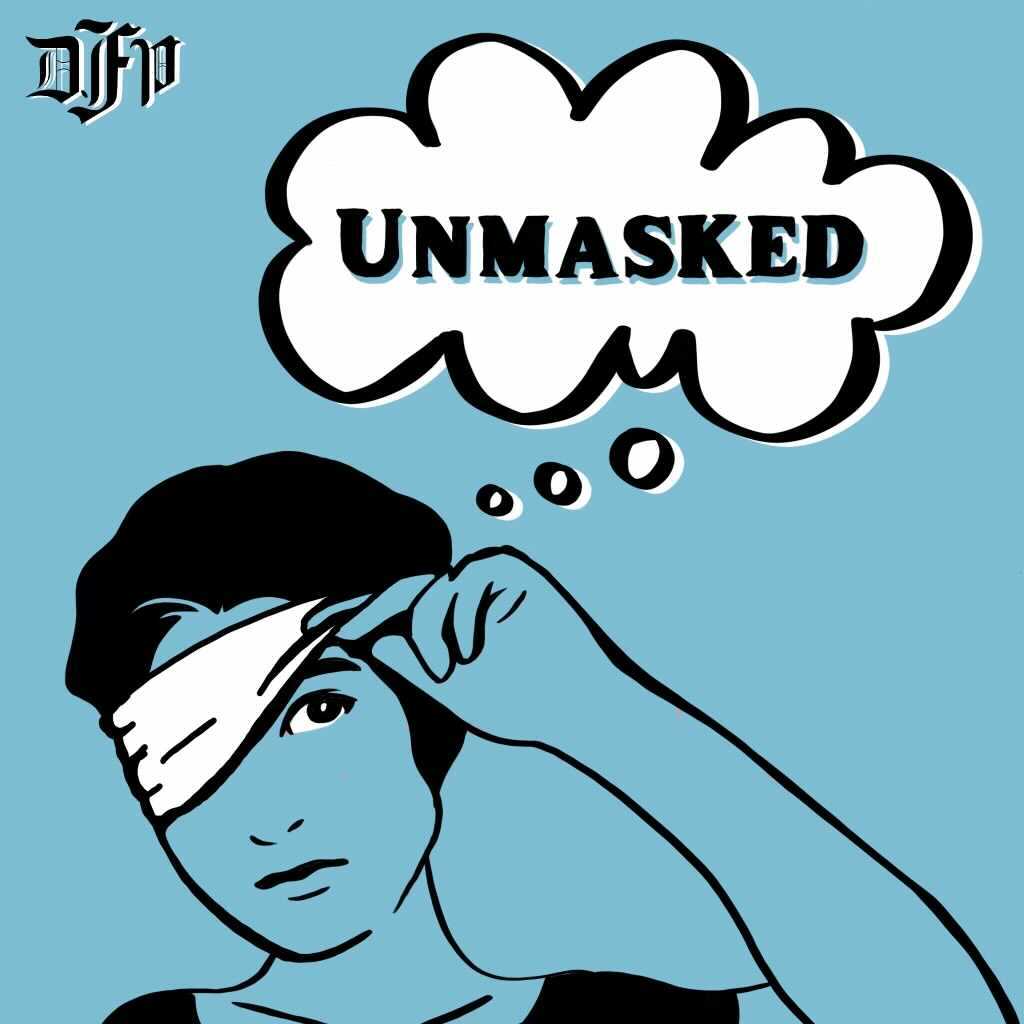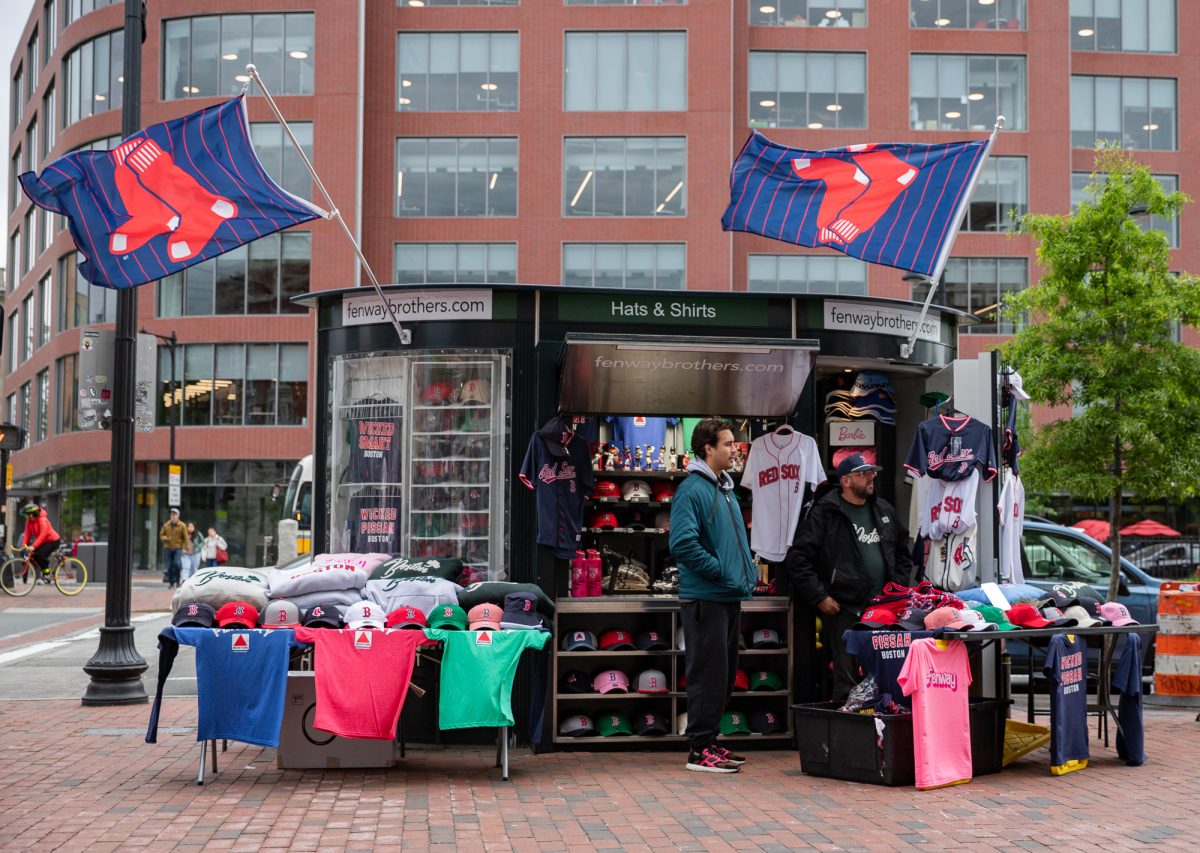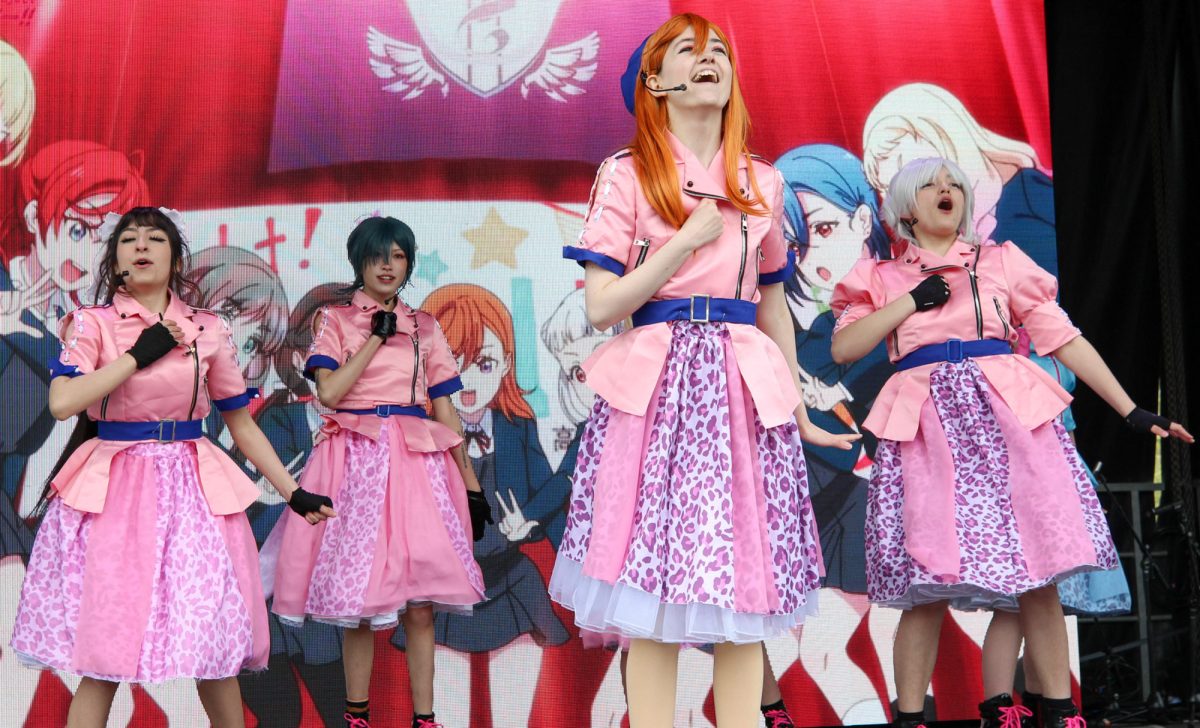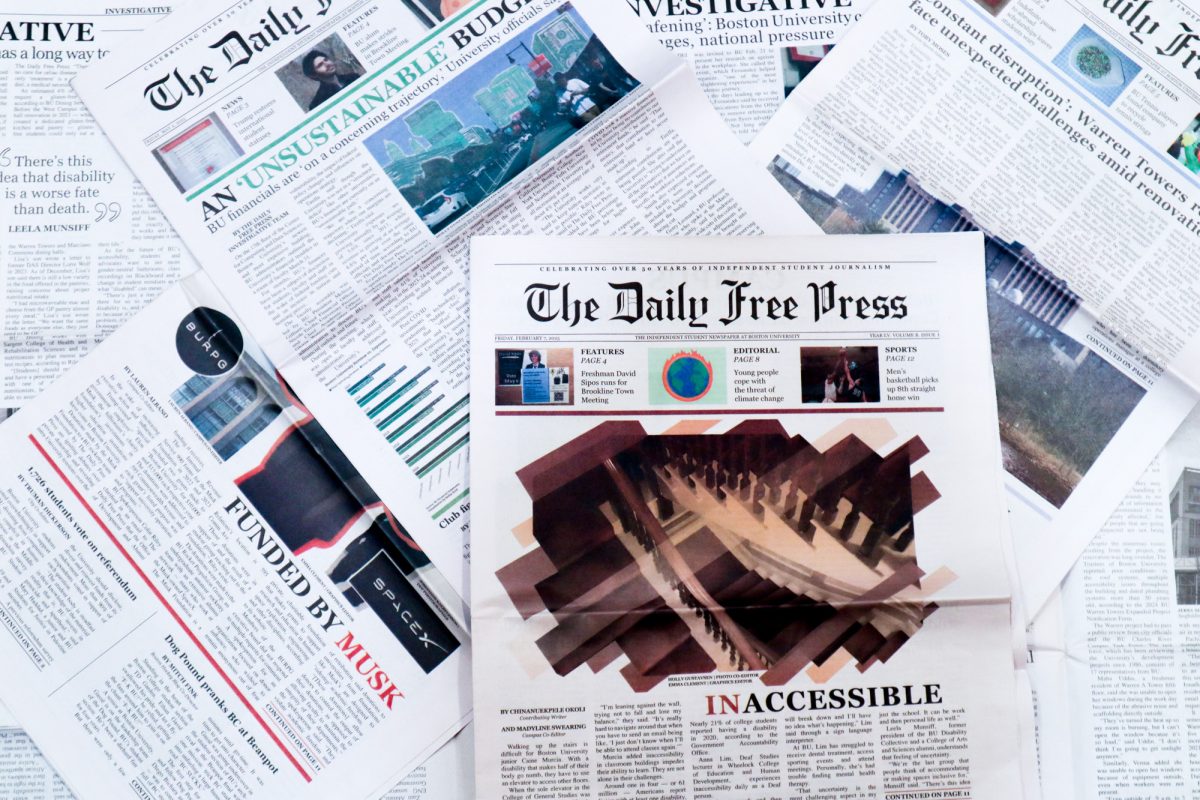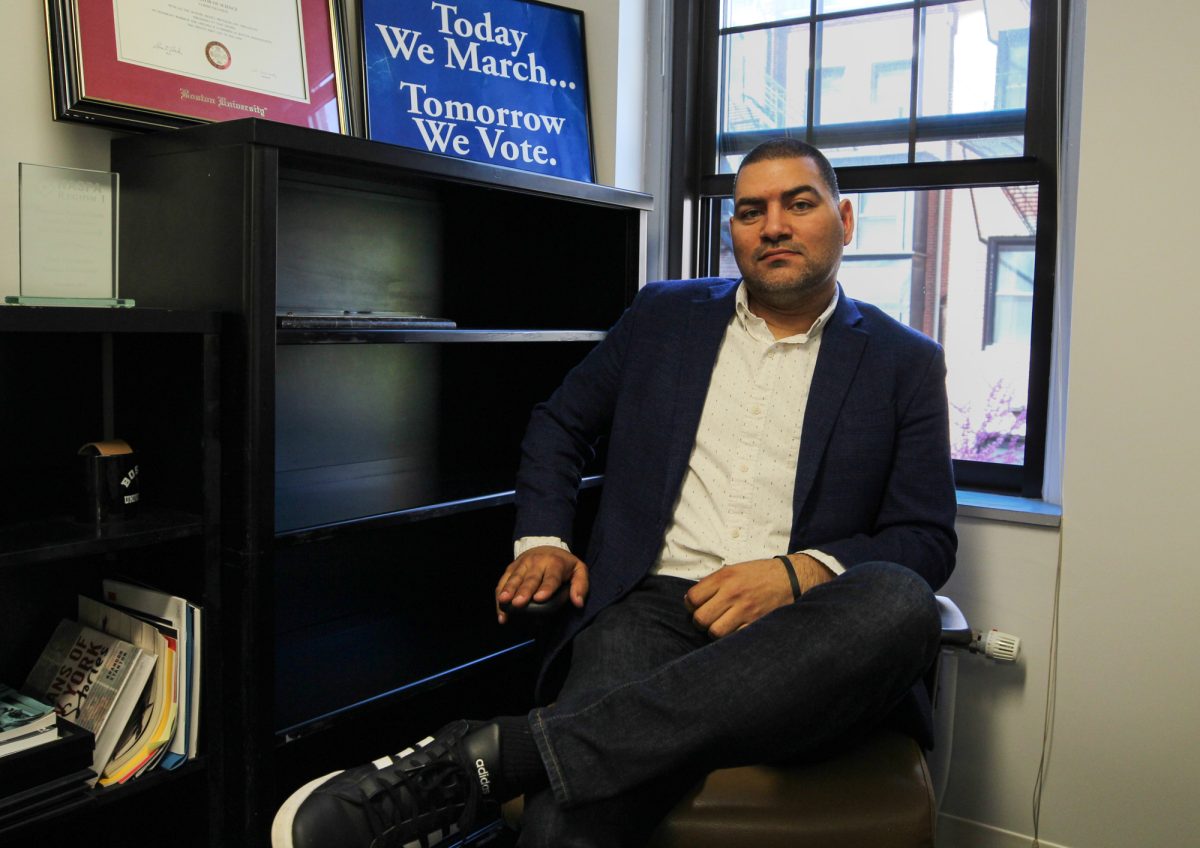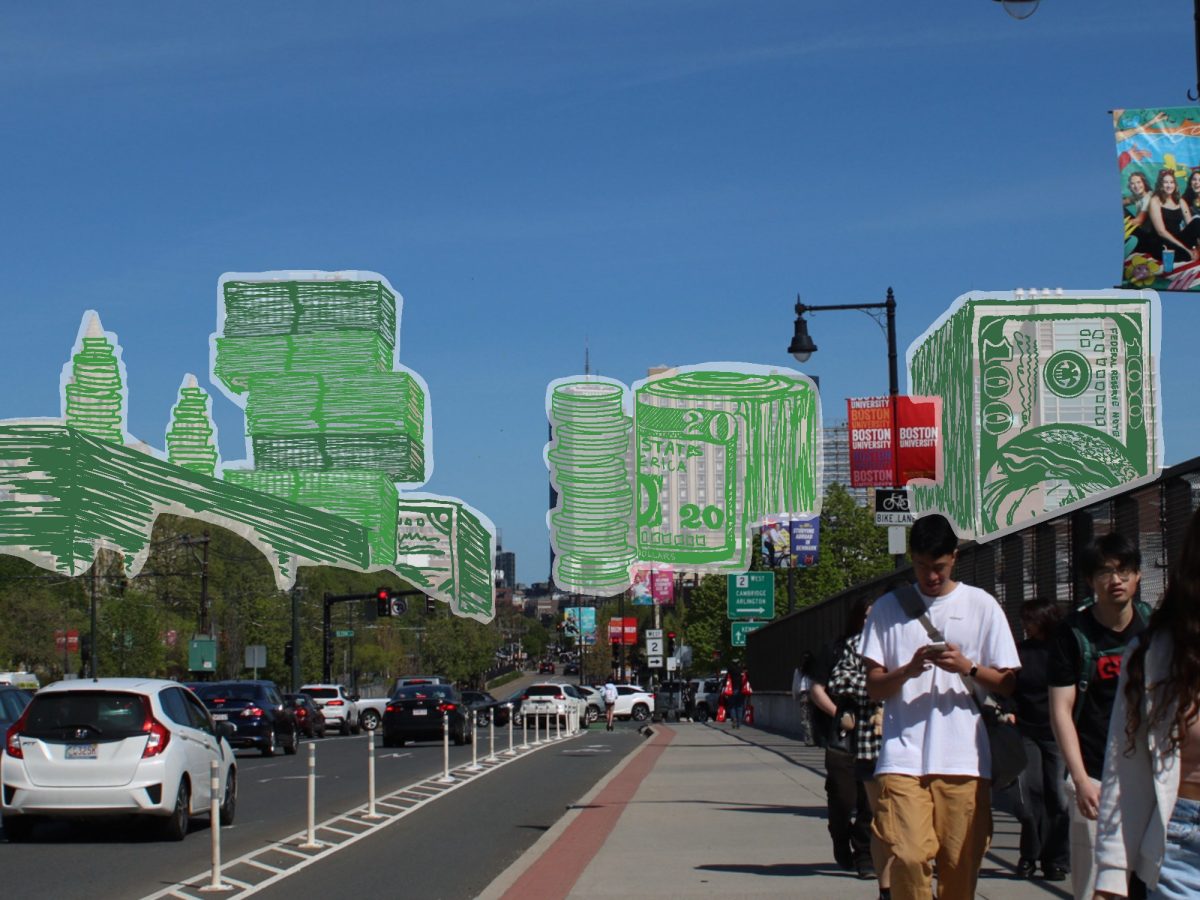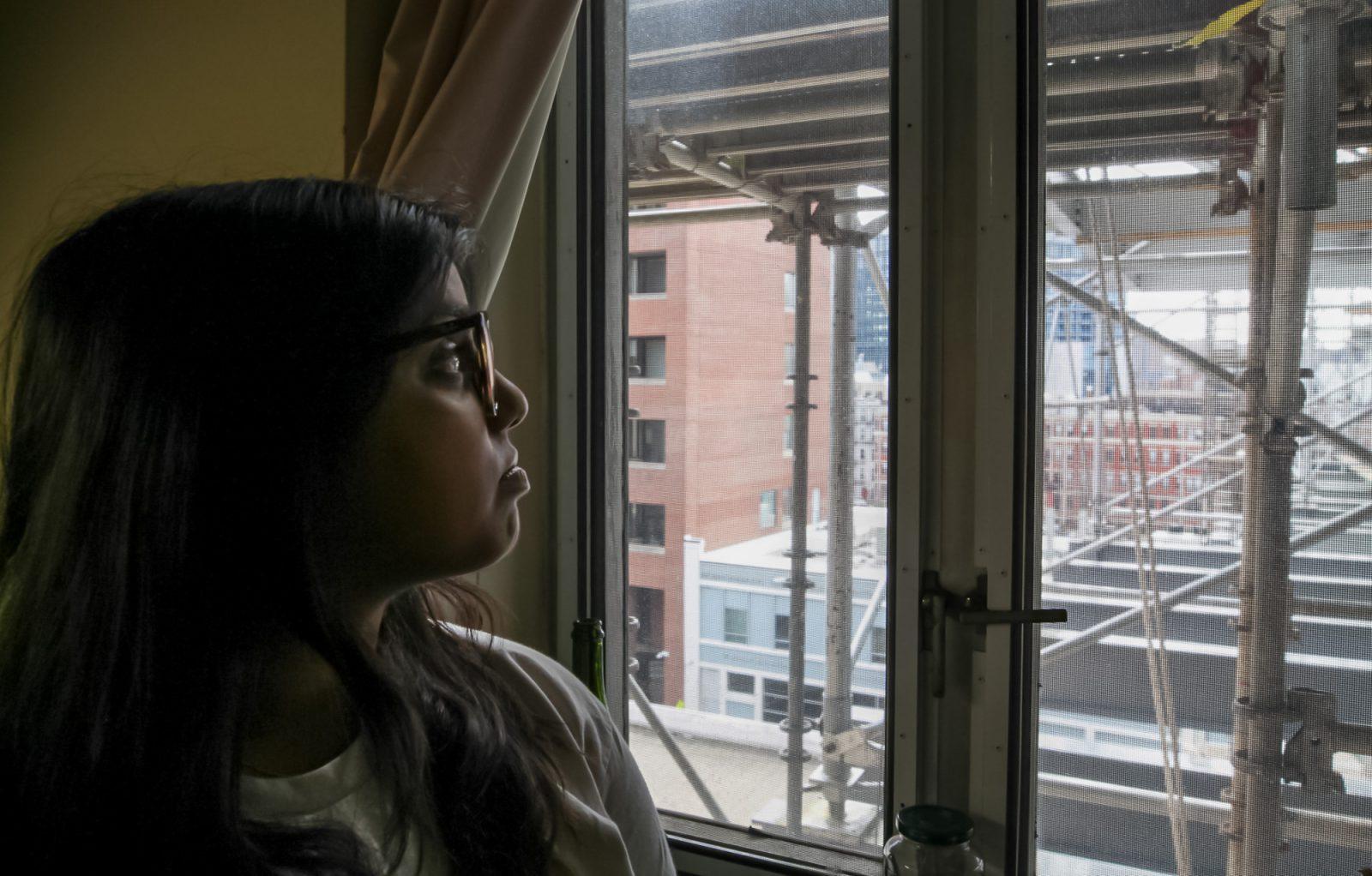Linking defacement of property to the crime rate, City Councilors considered a proposal requiring property owners to pay for graffiti removal — a process currently paid for by the city — at a hearing Friday at City Hall.
Councilor John Tobin (Jamaica Plain, West Roxbury), sponsor of the ordinance, called graffiti a “visual blight” to the city.
“Untended and neglected property encourages destruction of property and criminal activity resulting in the decay of community,” Tobin said.
But Councilor Maureen Feeney (Dorchester, Harbor Islands), chairwoman of the Government Operations Committee, said Boston is “a bit ahead of the curve” compared to other cities because of its Graffiti Busters program. The program, according to Michael Galvin, chief of Basic City Services, provides a way for property owners to call in and report graffiti, which is then removed within a month at the city’s cost. But Feeney said too few property owners are taking advantage of the program.
“I really believe we have to go that extra step,” she said, describing the program as a “free remedy” offered by the city.
Feeney said graffiti can contribute to the negative atmosphere of an area, saying it is a “defacement” of the entire neighborhood and insulting to its citizens.
“The crazier, the better as far as these people are concerned,” she said.
According to Tobin’s proposal, property owners who chose to participate in the Graffiti Busters program would be exempt from removing the graffiti themselves. The current problem lies with property owners who refuse to participate in this program and ignore graffiti on their buildings, Tobin said.
Testifying at the hearing, Galvin said the Graffiti Busters program has been working for eight years. East Boston, the neighborhood with the most reported instances in the past year, contains 16 percent of the city’s graffiti, he said. Jamaica Plain and Mission Hill follow with 12 percent and 10 percent, respectively, he added, noting that the Fenway area, near Boston University, contains 6 percent of the city’s graffiti.
Councilors said graffiti could cripple a neighborhood.
“If people see graffiti, it tells them this isn’t a community we care about,” Feeney said.
Michael Reiskind of the Jamaica Plain Citizens Police testified, saying graffiti can reinforce the negative image of a neighborhood and that erasing graffiti is key to improving such neighborhoods.
“Seniors are more affected by graffiti,” he said, adding that, in many cases, they will see the graffiti and feel unsafe and uncomfortable leaving home.
Neighborhoods with graffiti, he said, also face development problems because they have negative images.
“I’ve known several [small businesses] who’ve decided not to go in because of the graffiti,” Reiskind said. He also voiced support for the proposed ordinance, saying the current Graffiti Busters program “does help at-risk neighborhoods come out of their problems.”
“This ordinance is needed to fill in the last gap,” he added.
Councilors also expressed concern over what they defined as a “subculture” responsible for the vandalism.
“It’s vulgar, it’s racist,” Tobin said, emphasizing that he does not consider graffiti a form of art.
Tobin stressed that property owners should be accountable to their communities and to the city.
“If someone dropped a bunch of leaves in my yard, I’m not going to be happy about it, but it is my responsibility,” he said.

